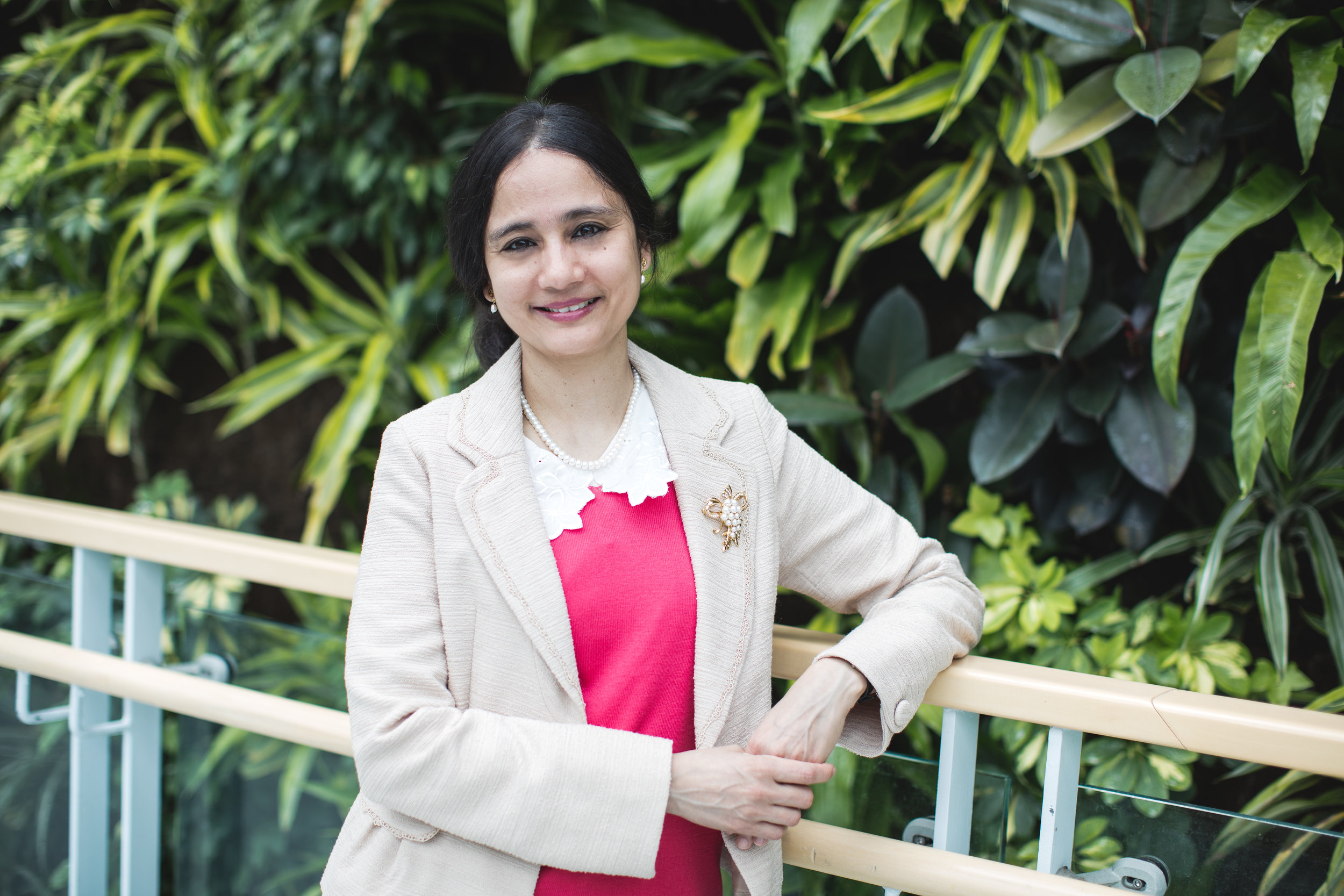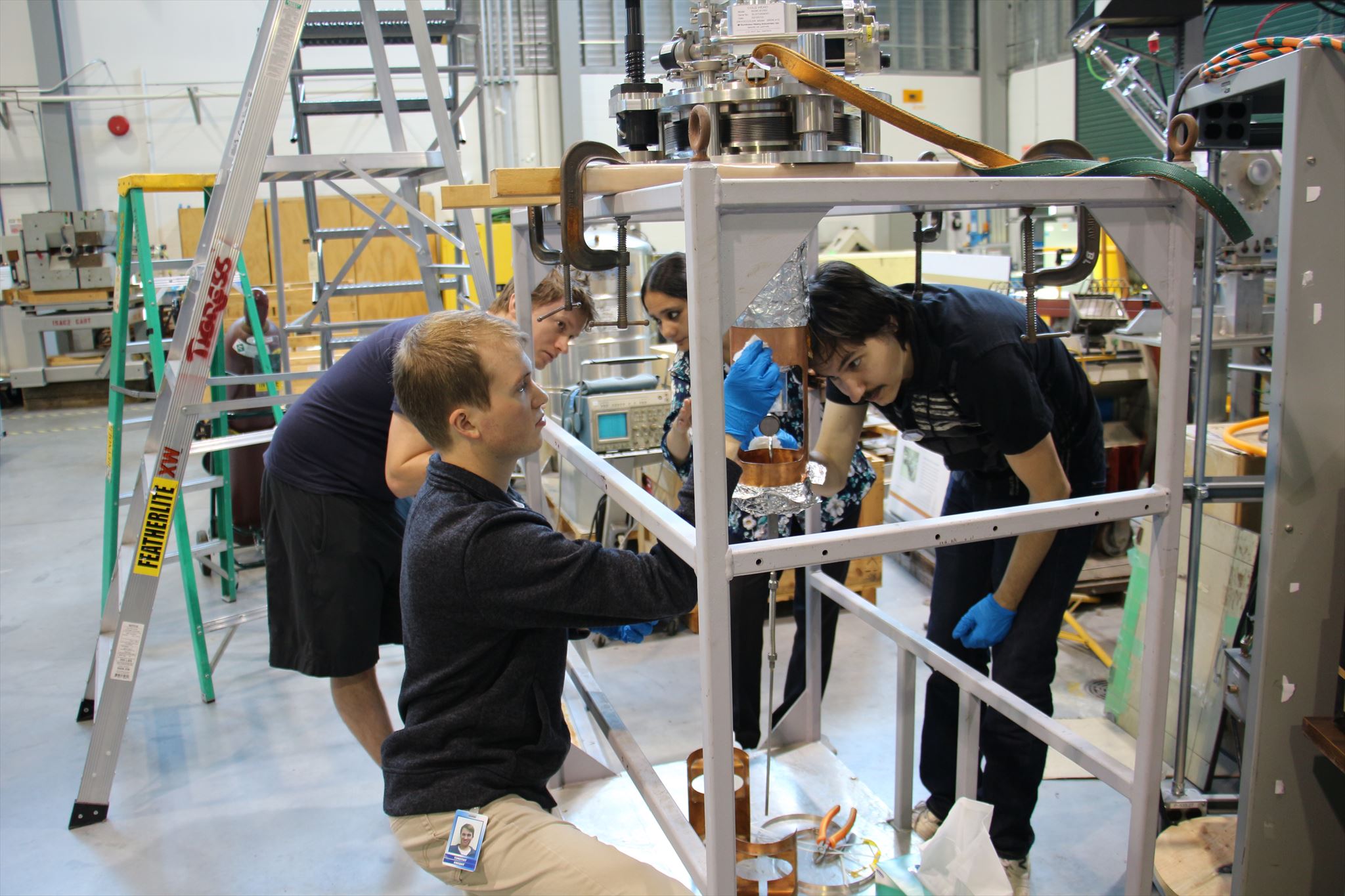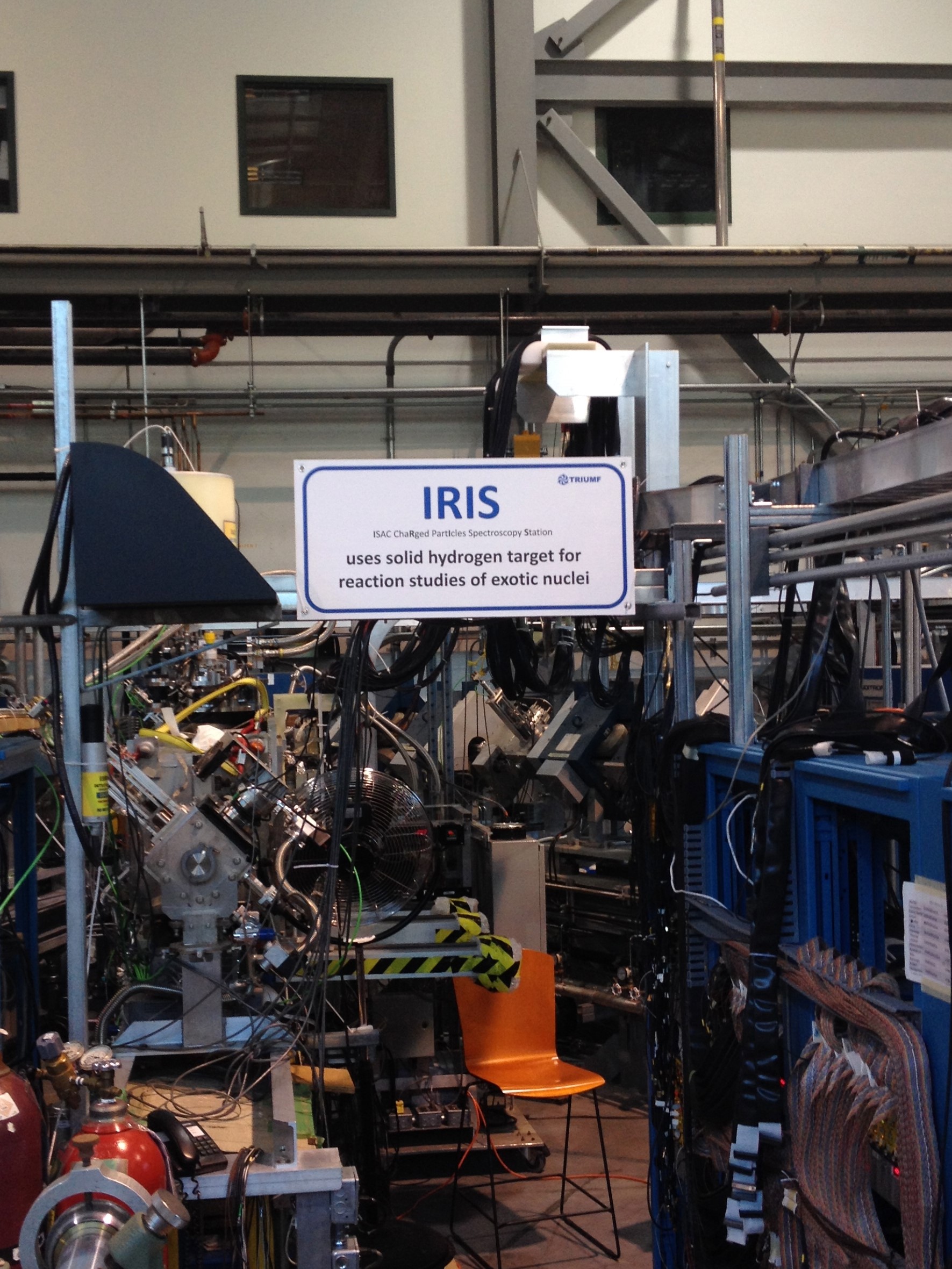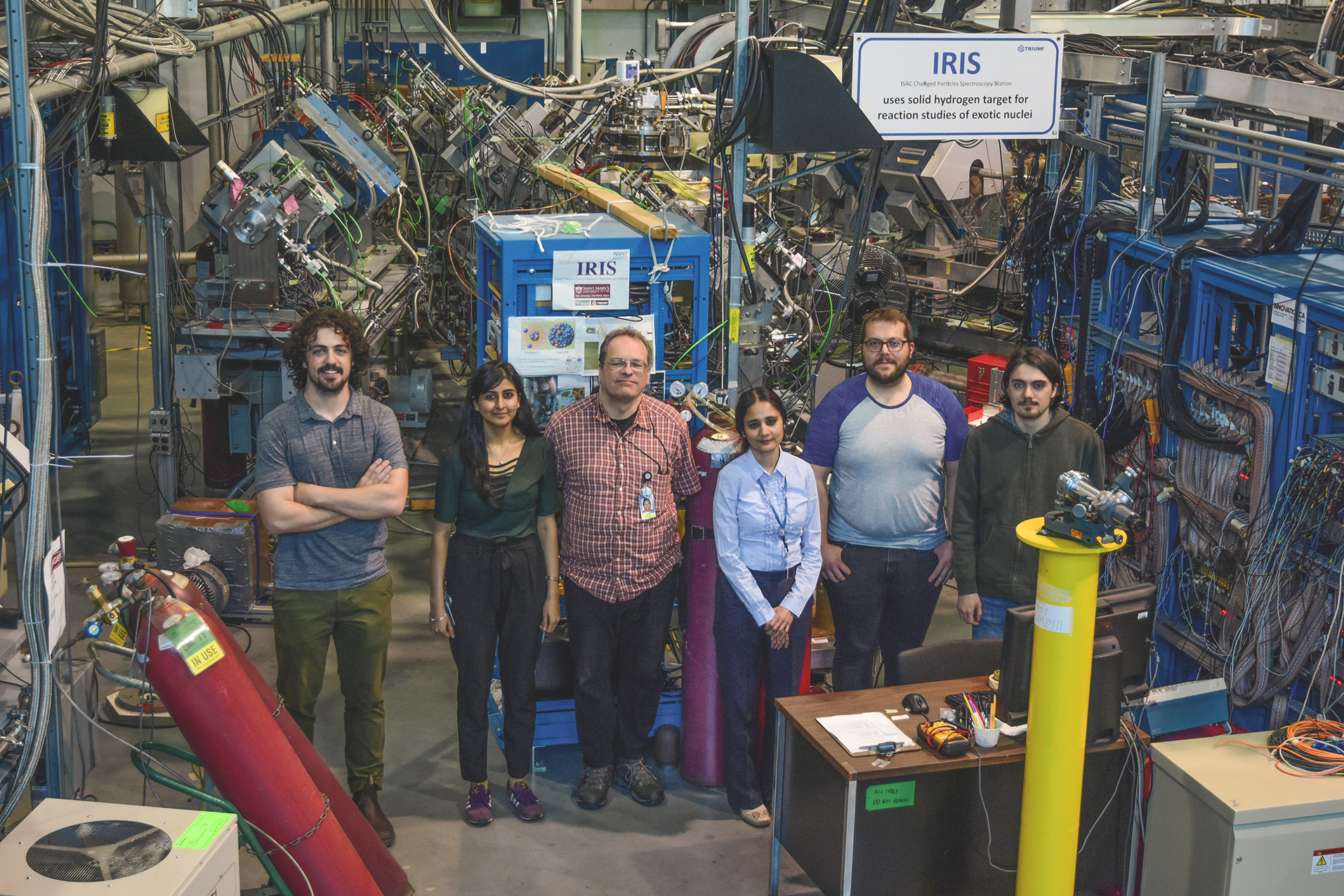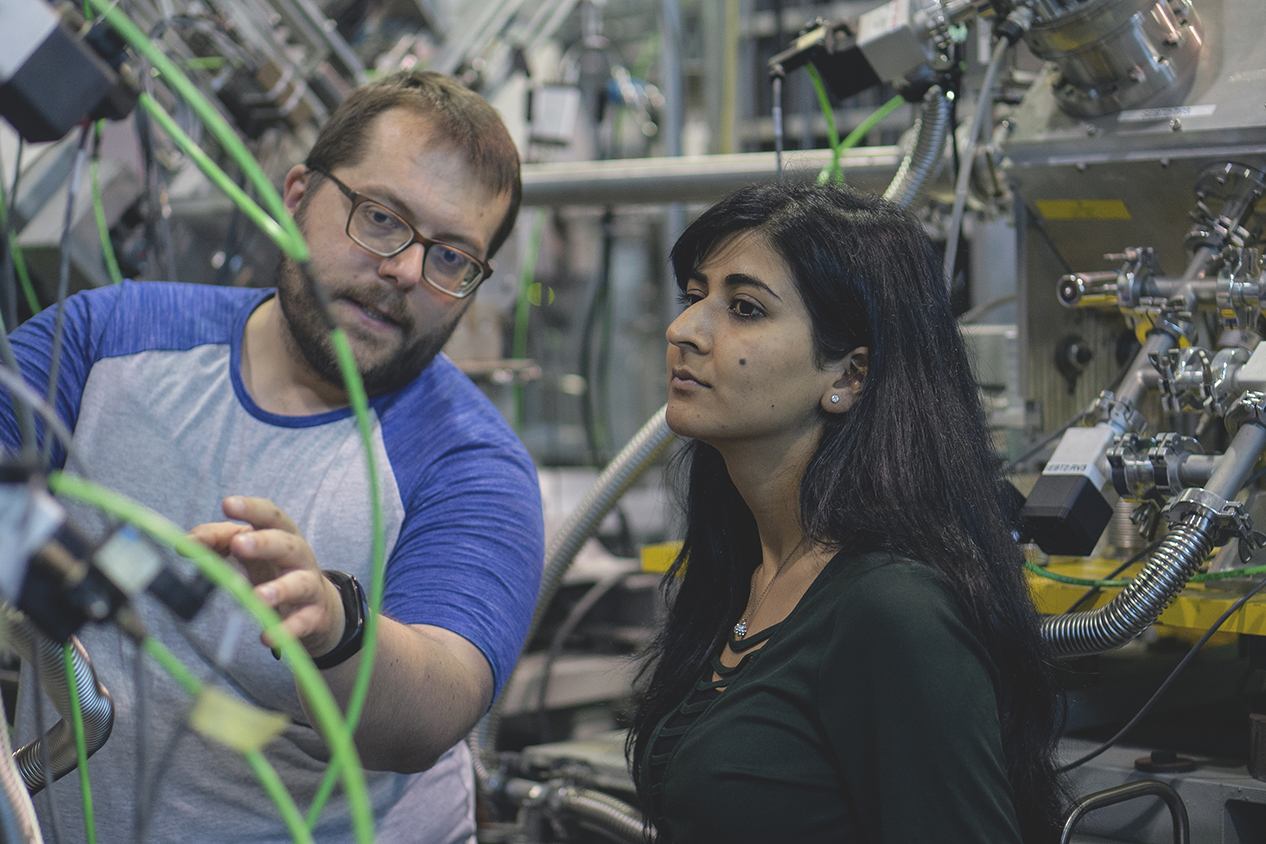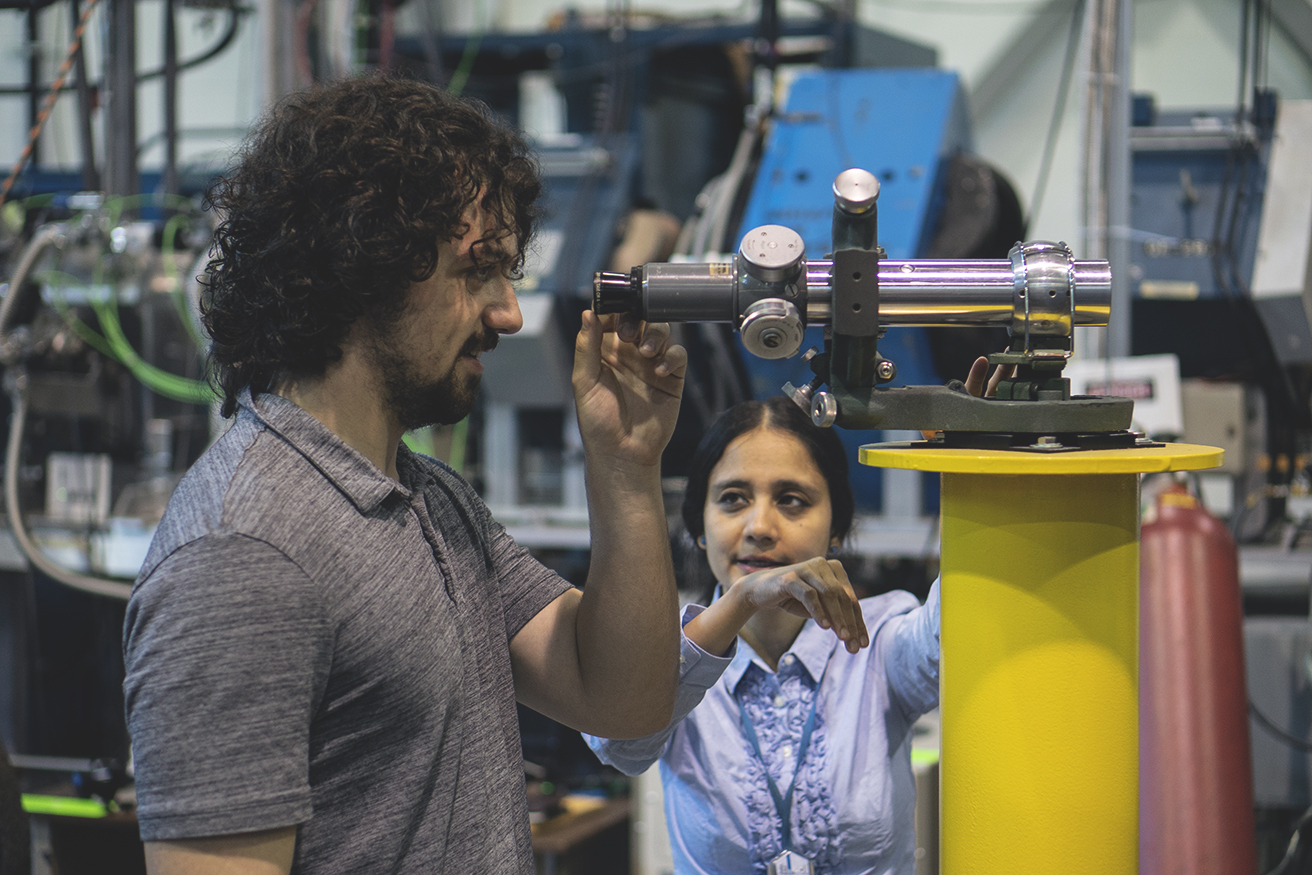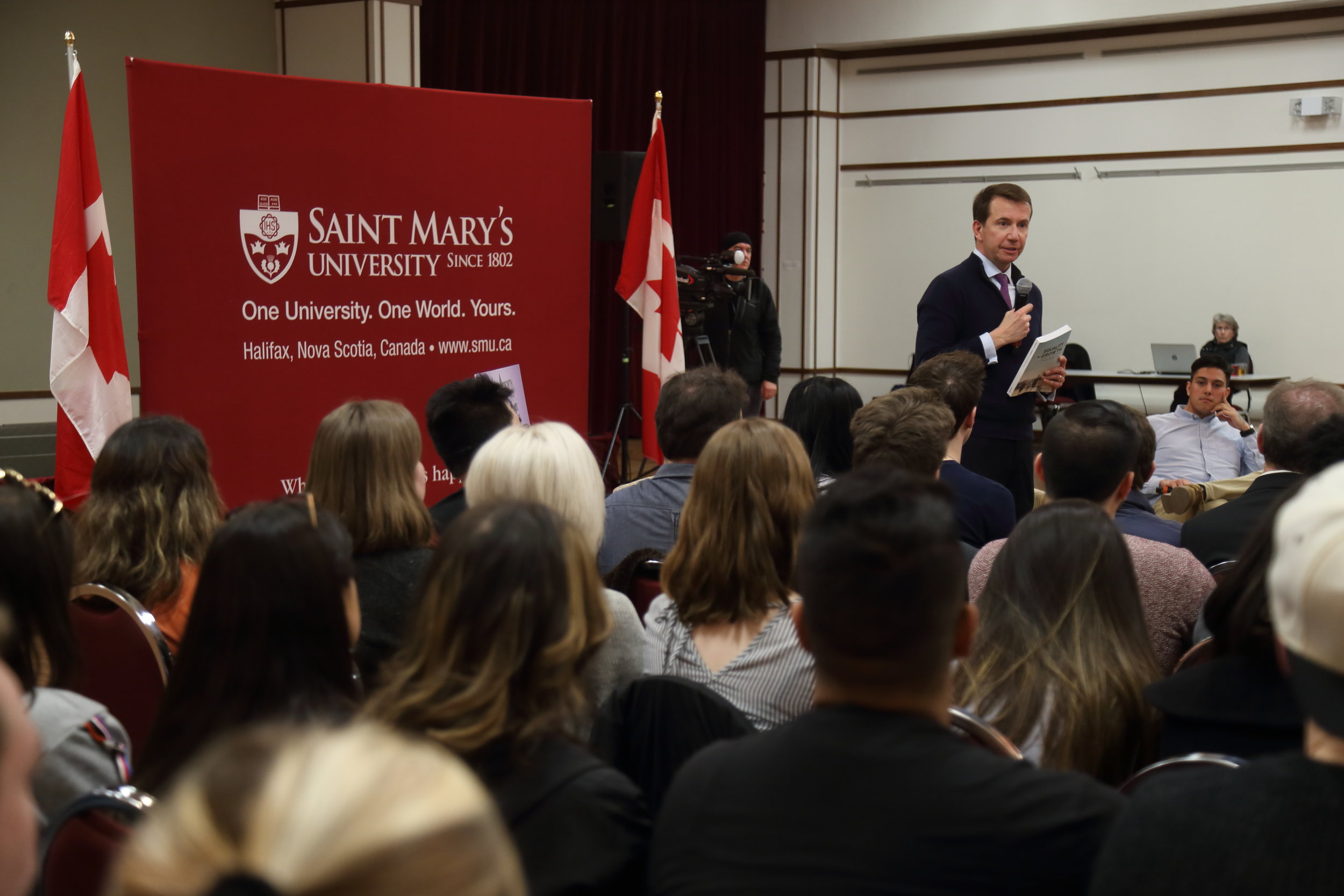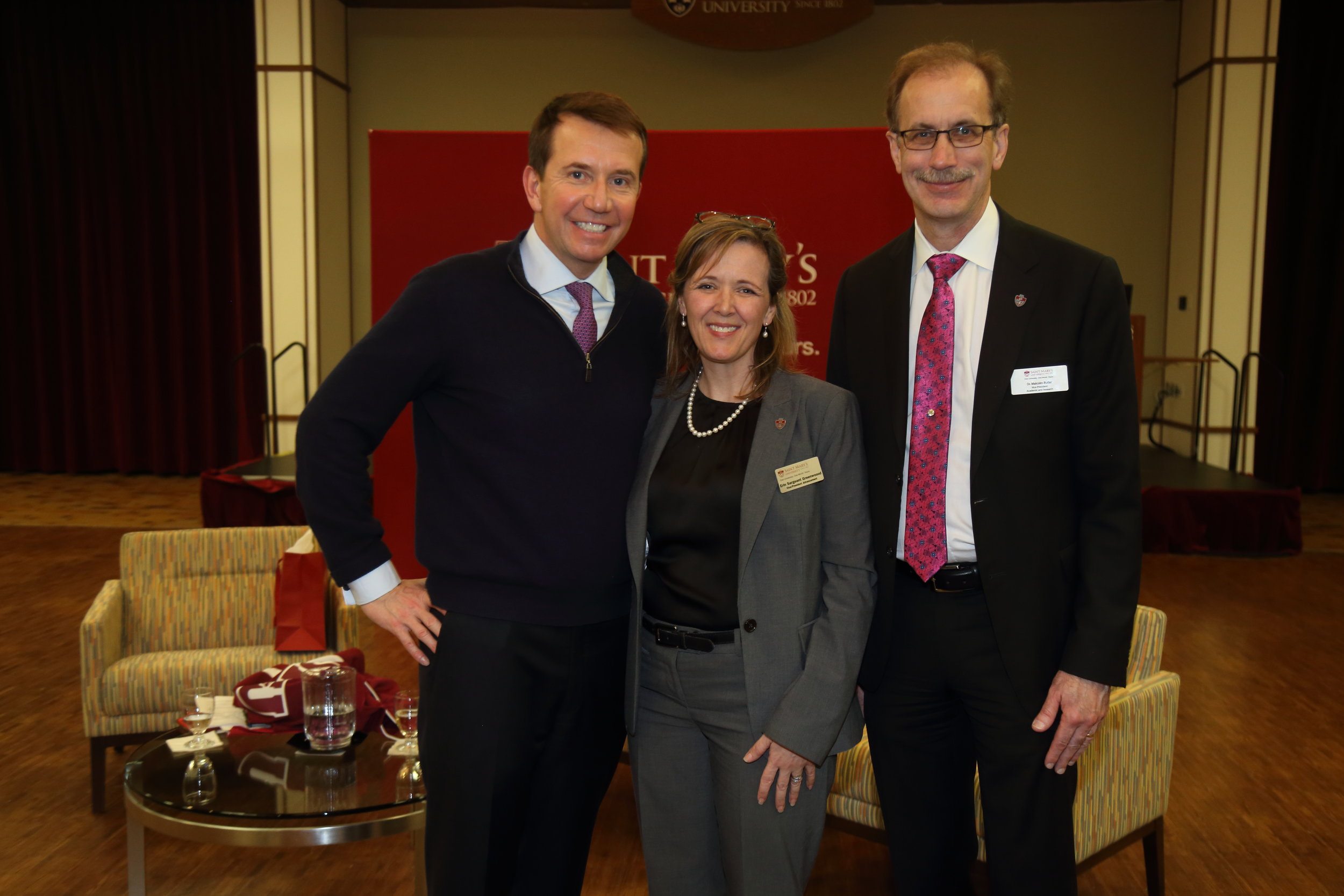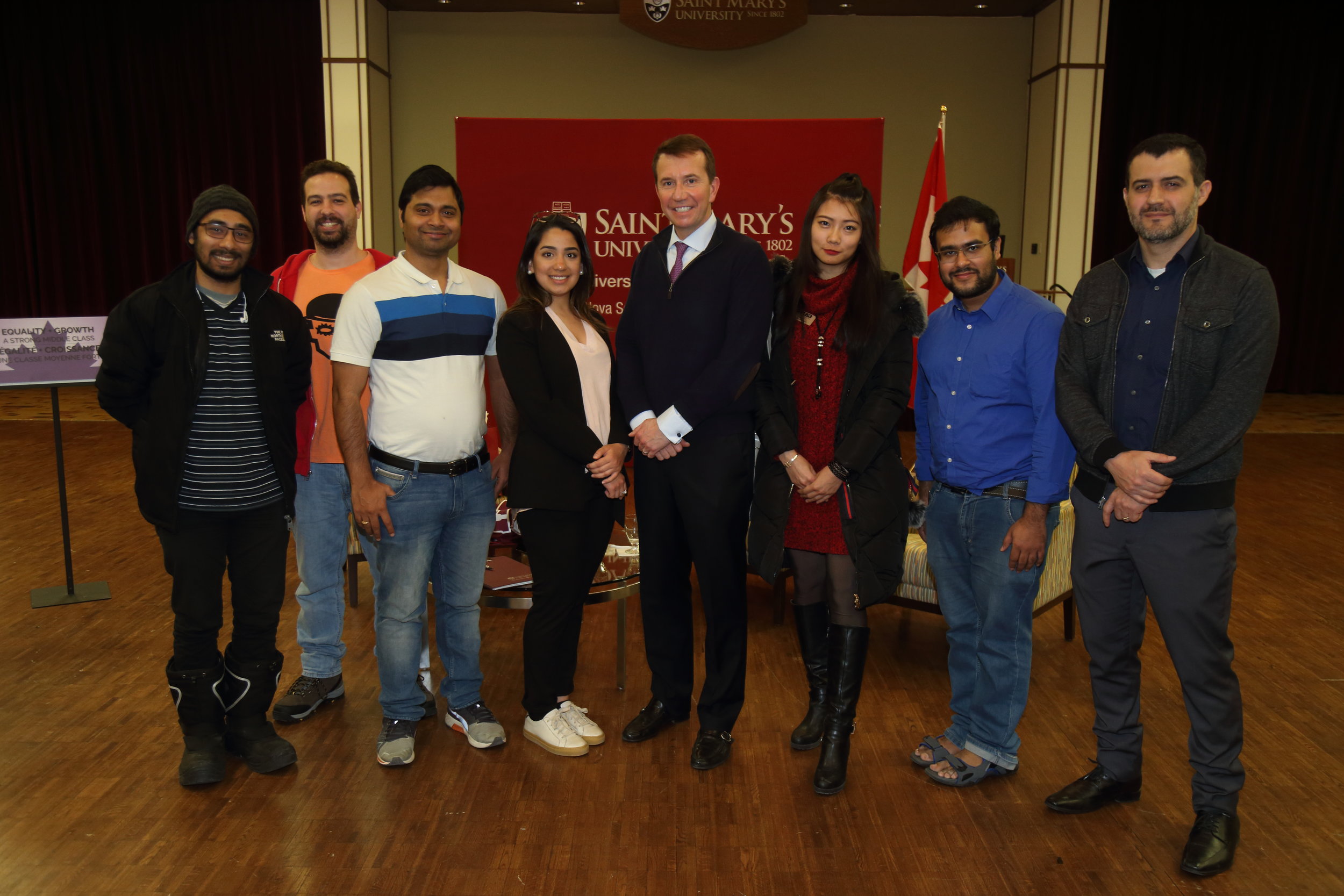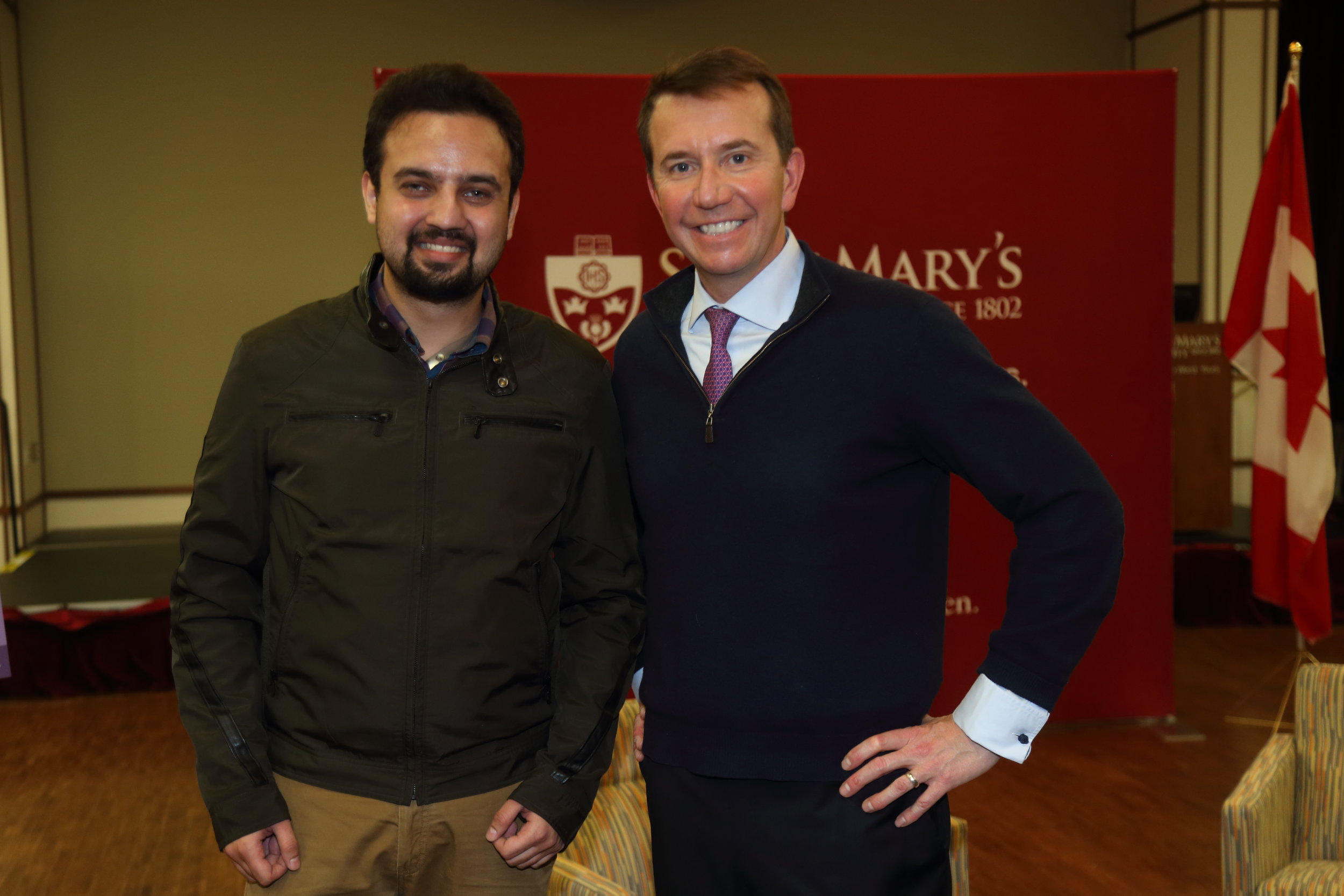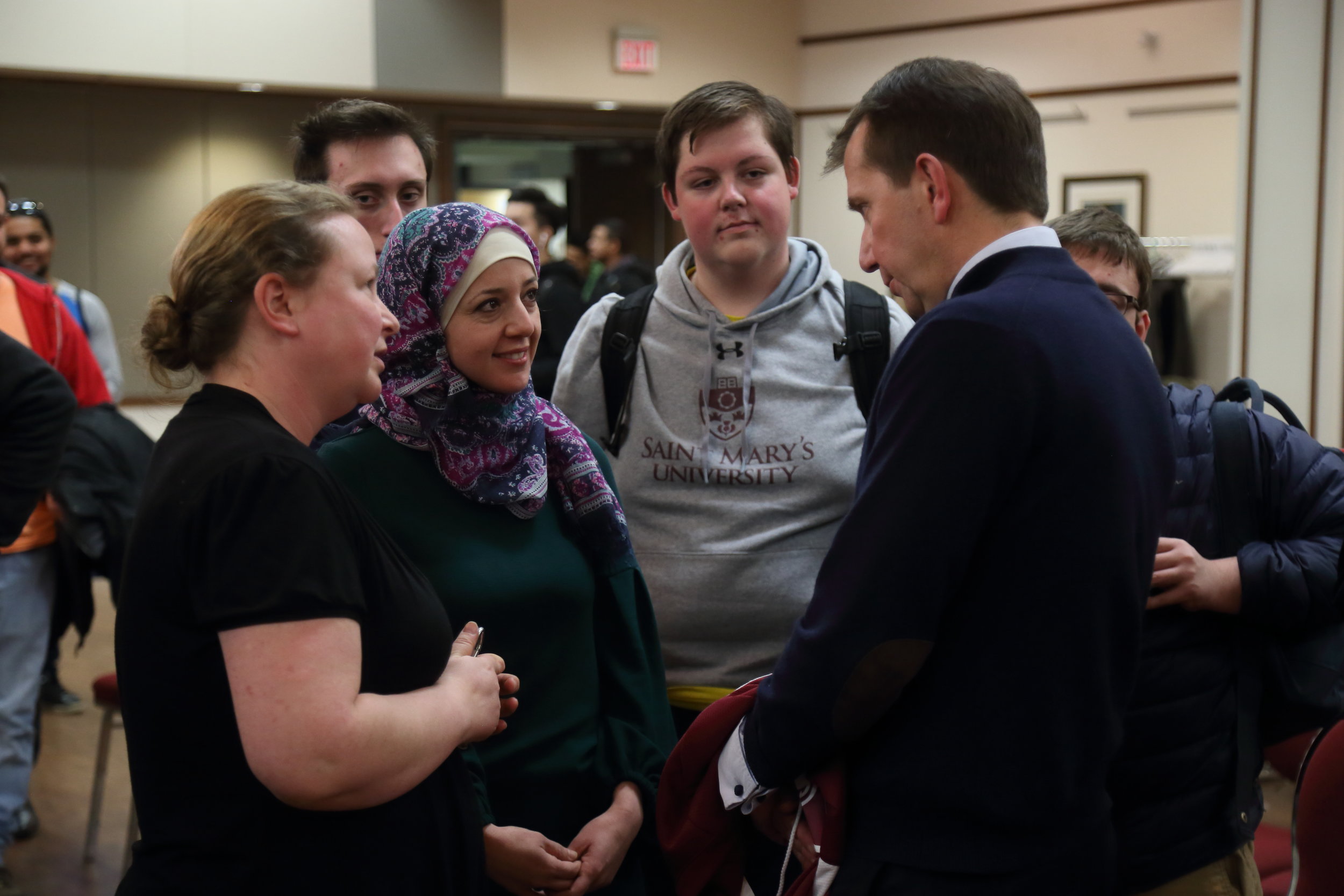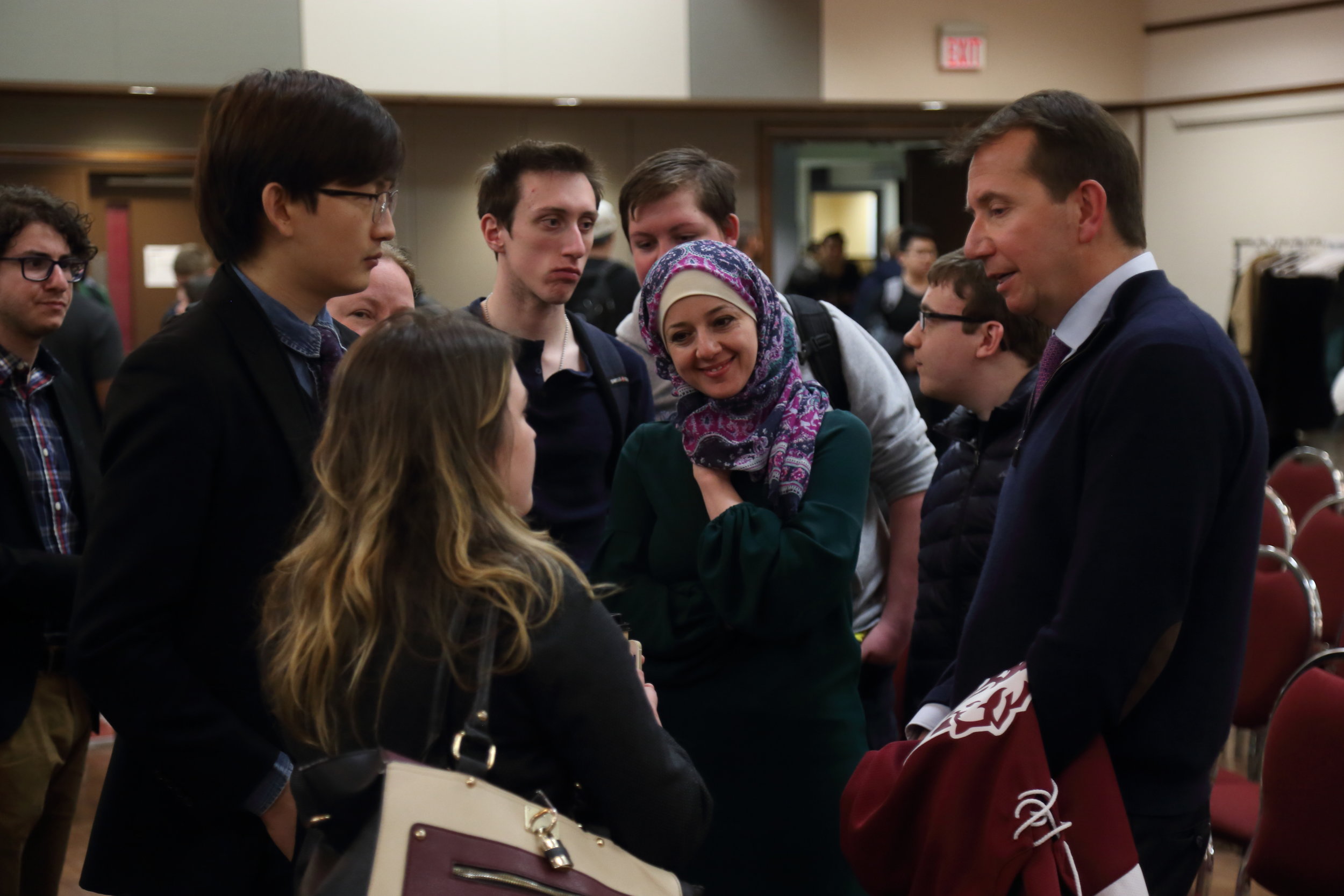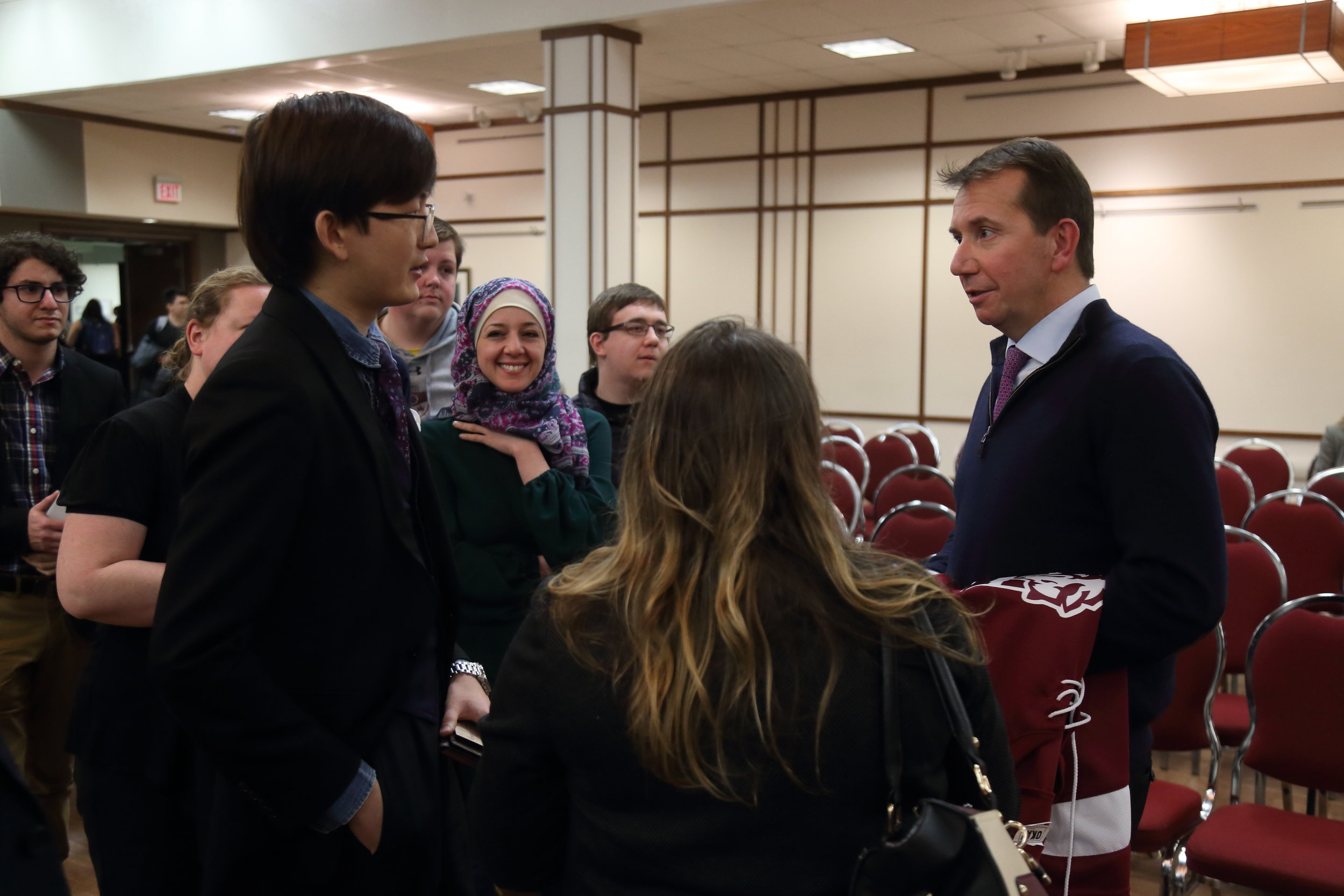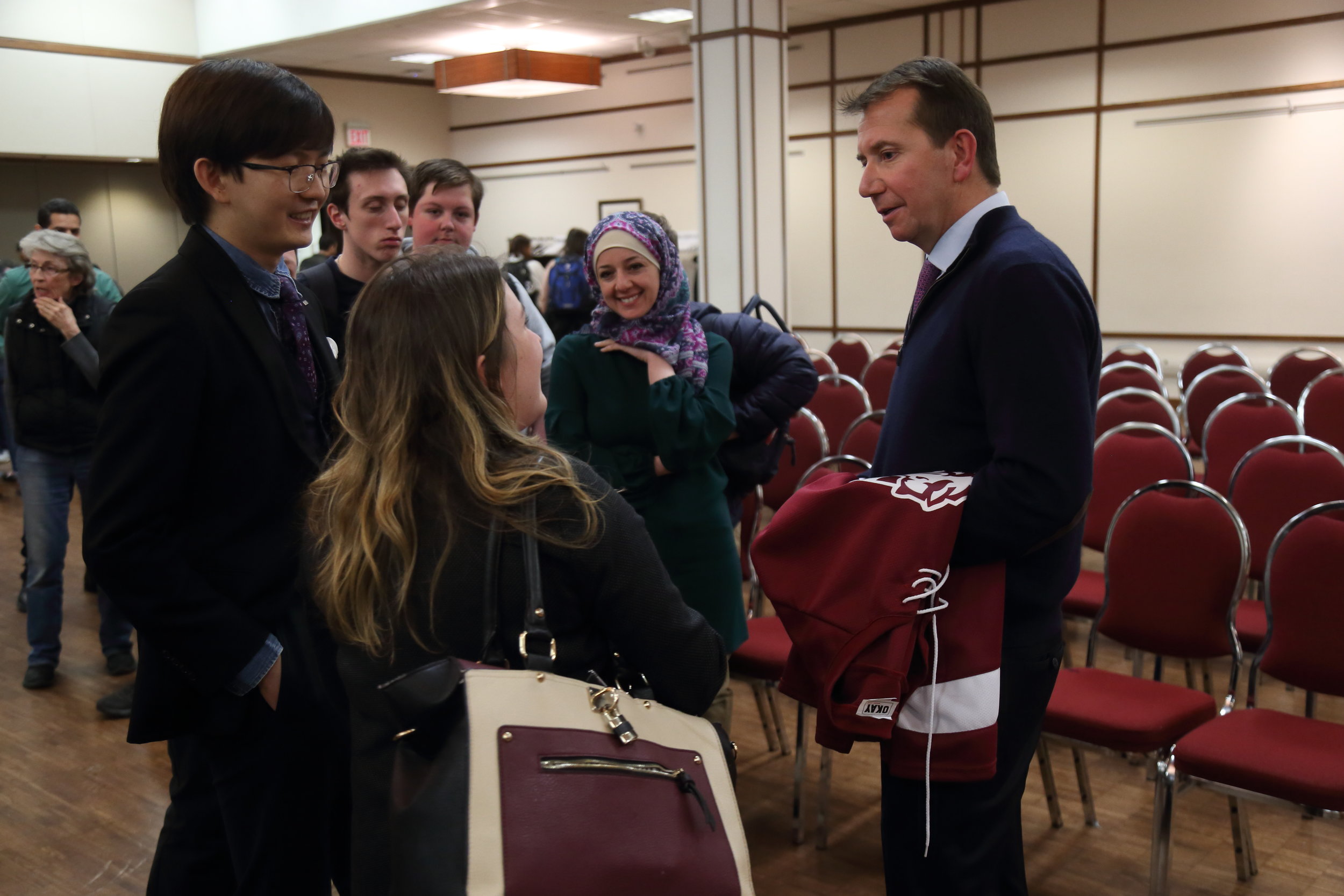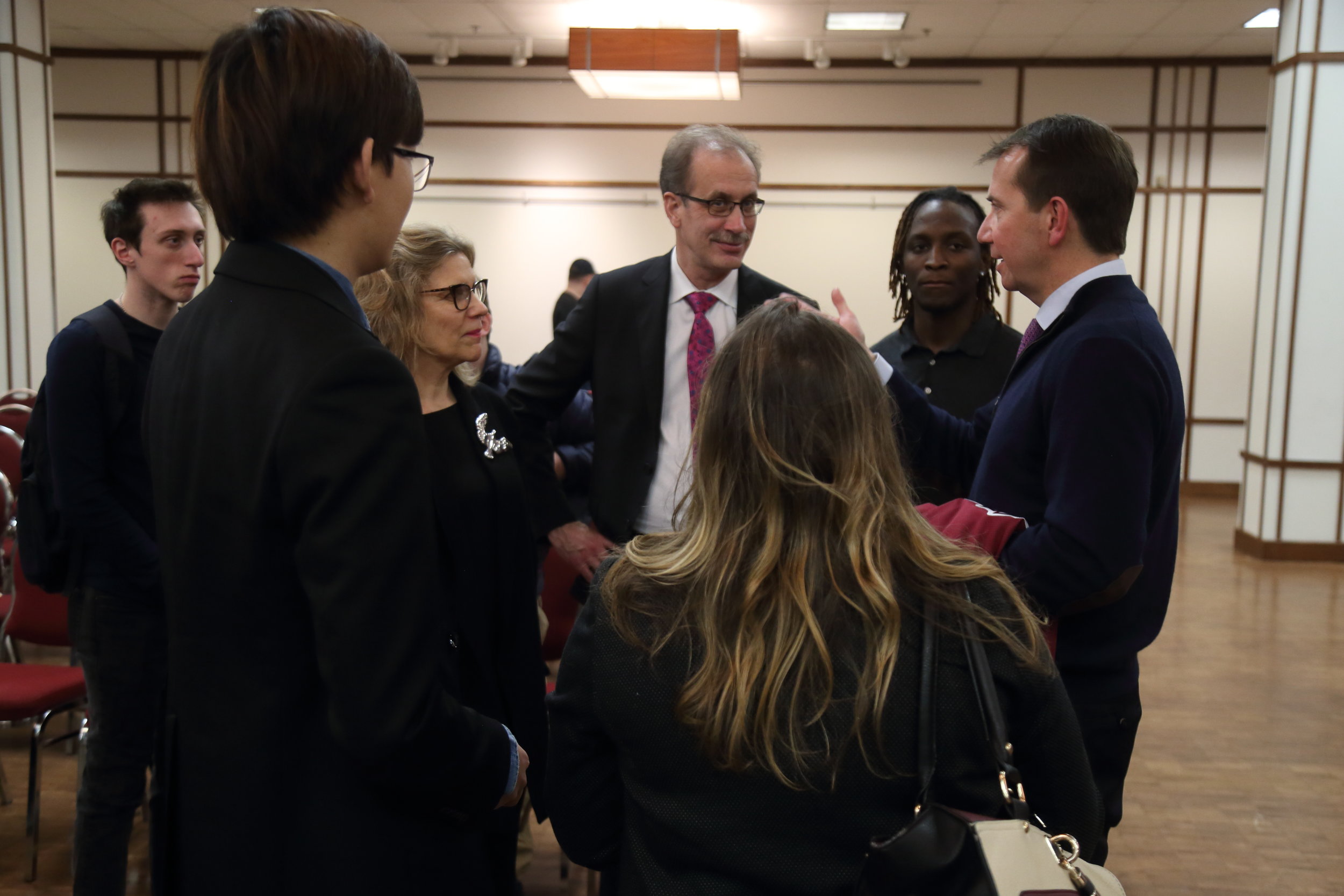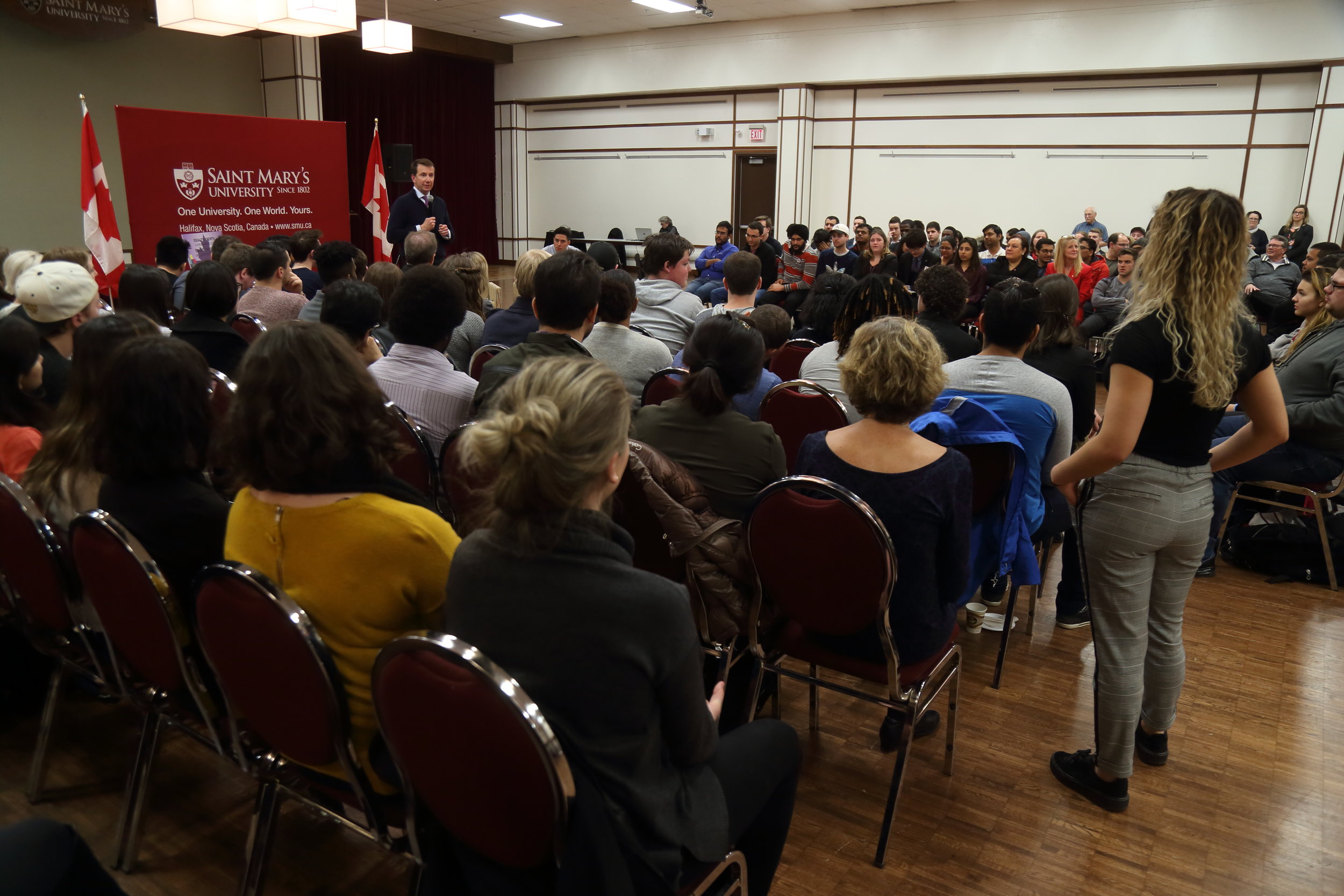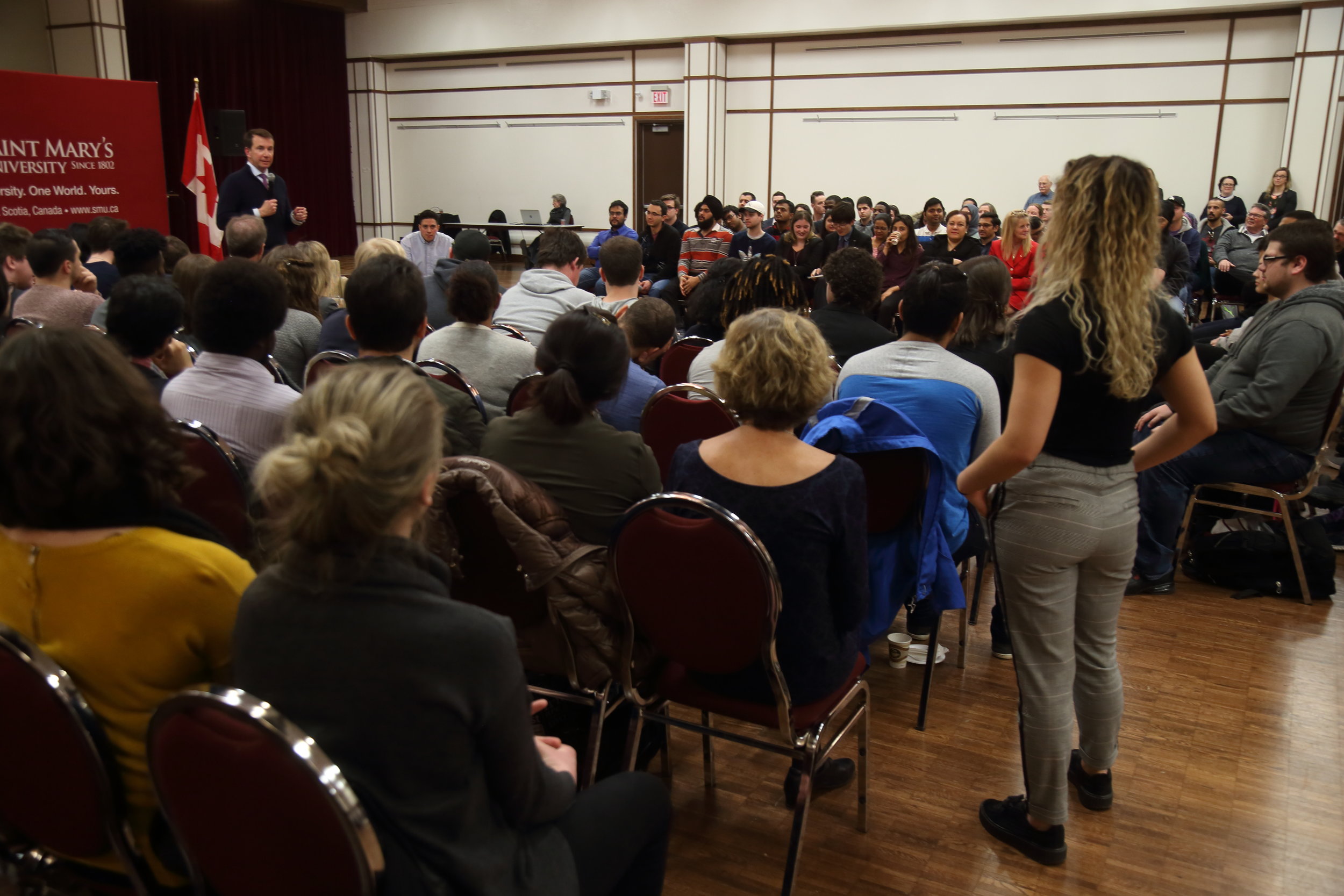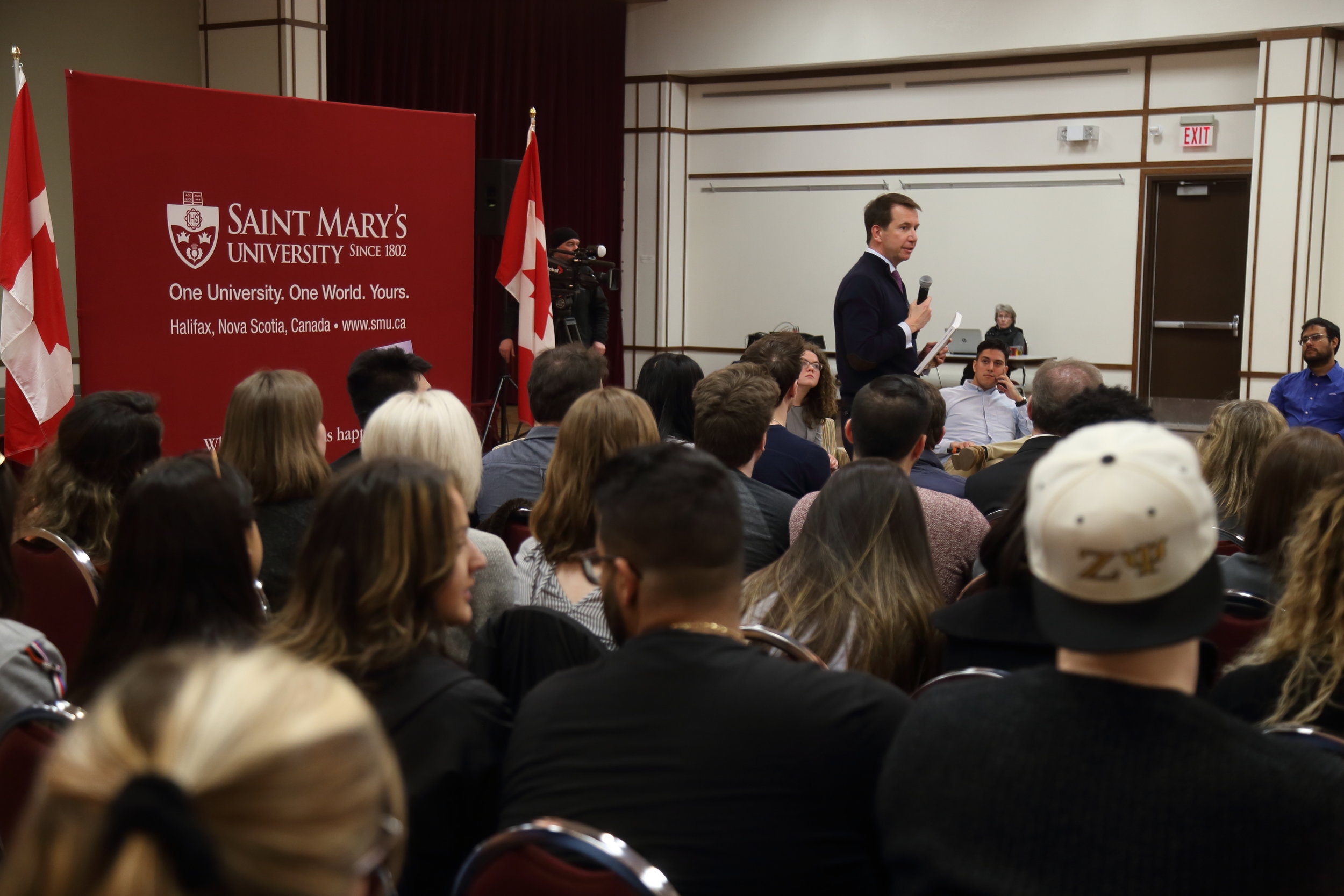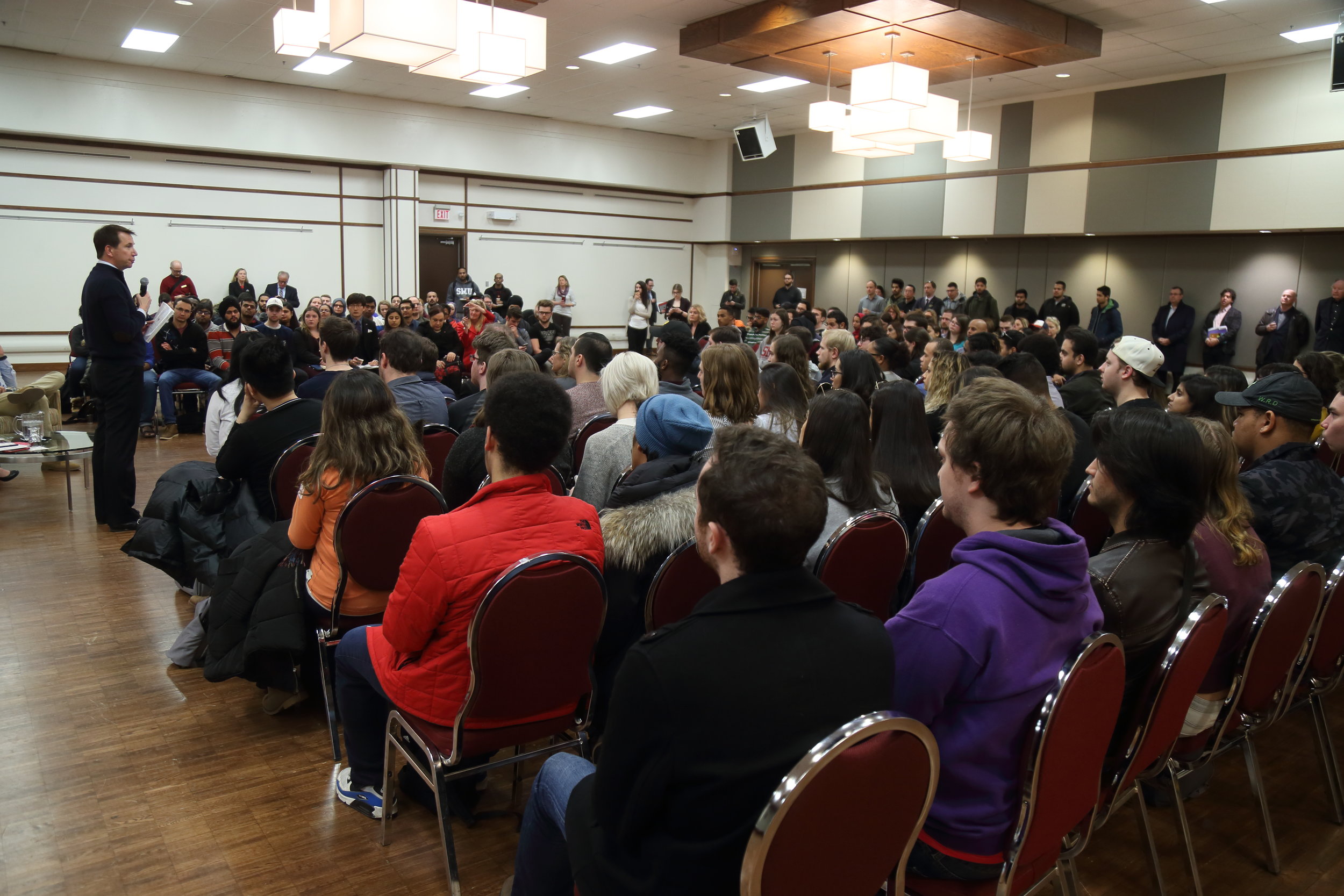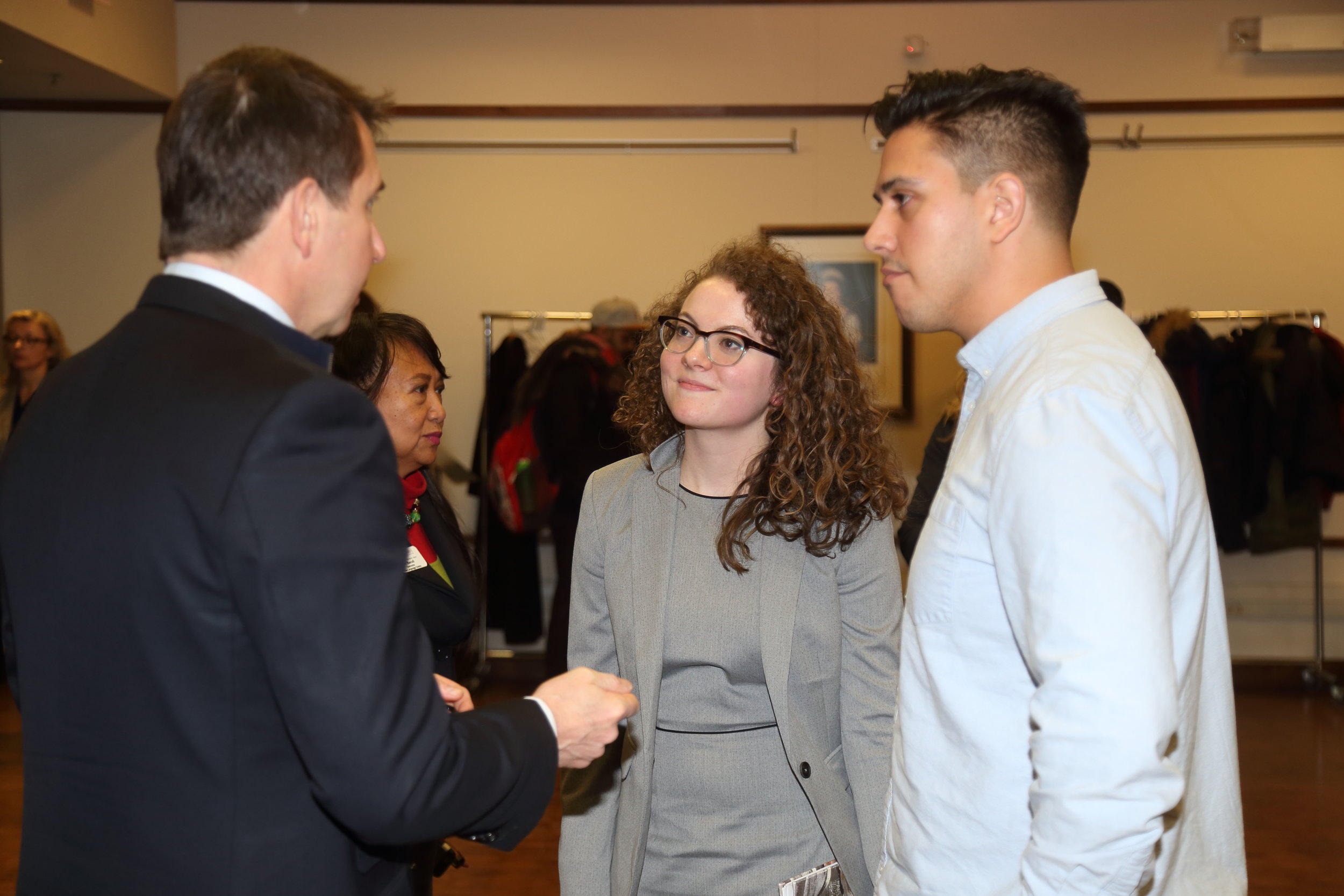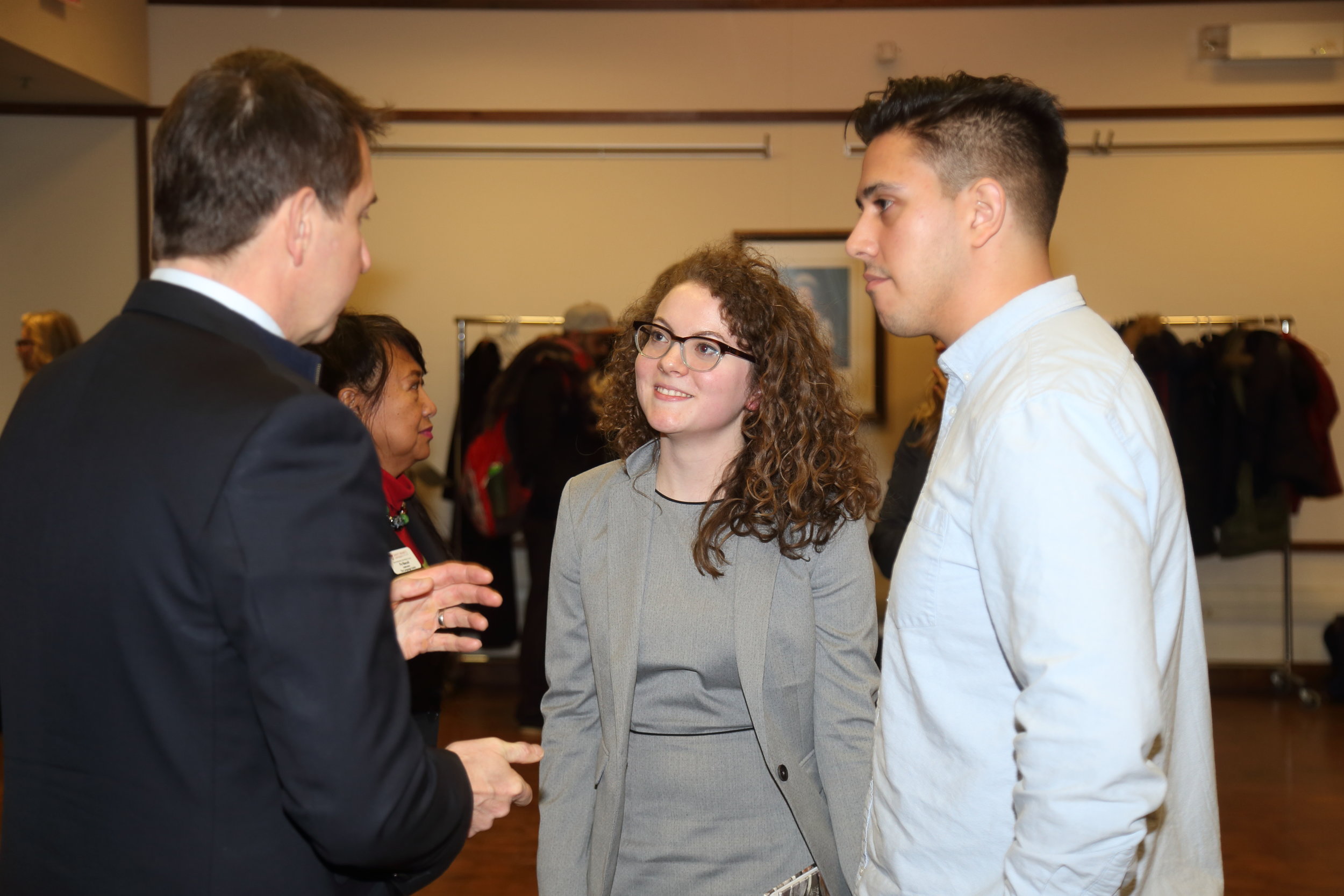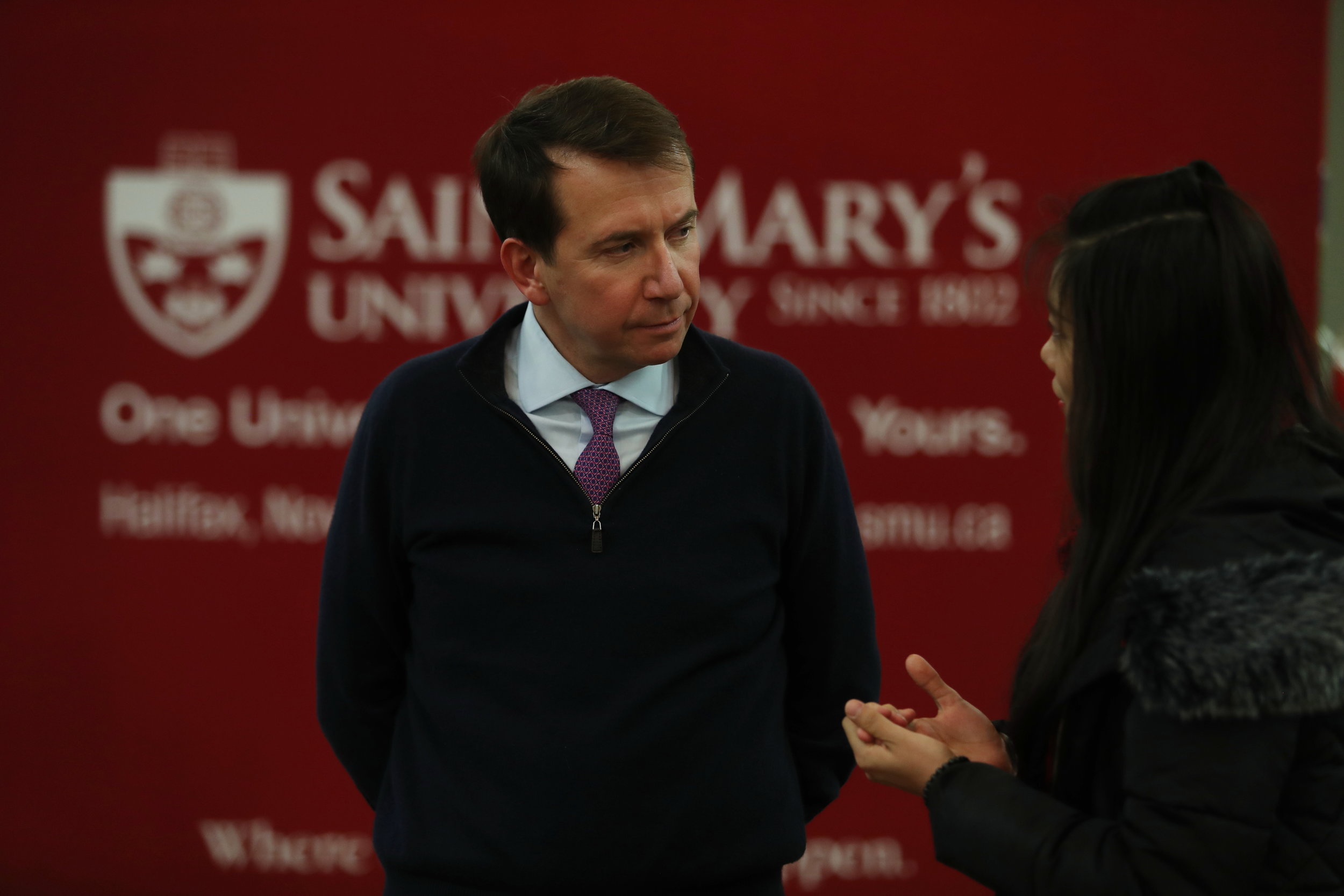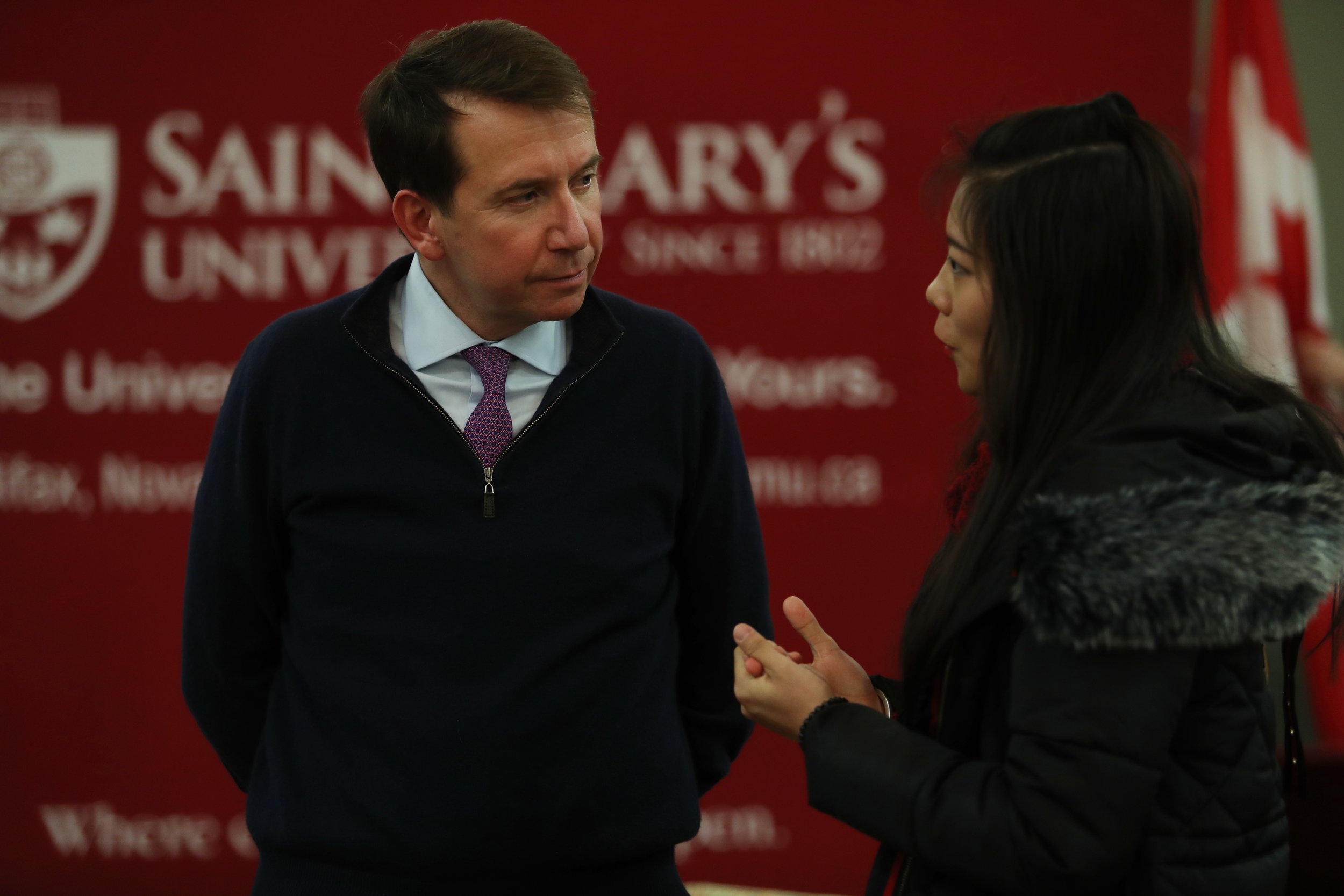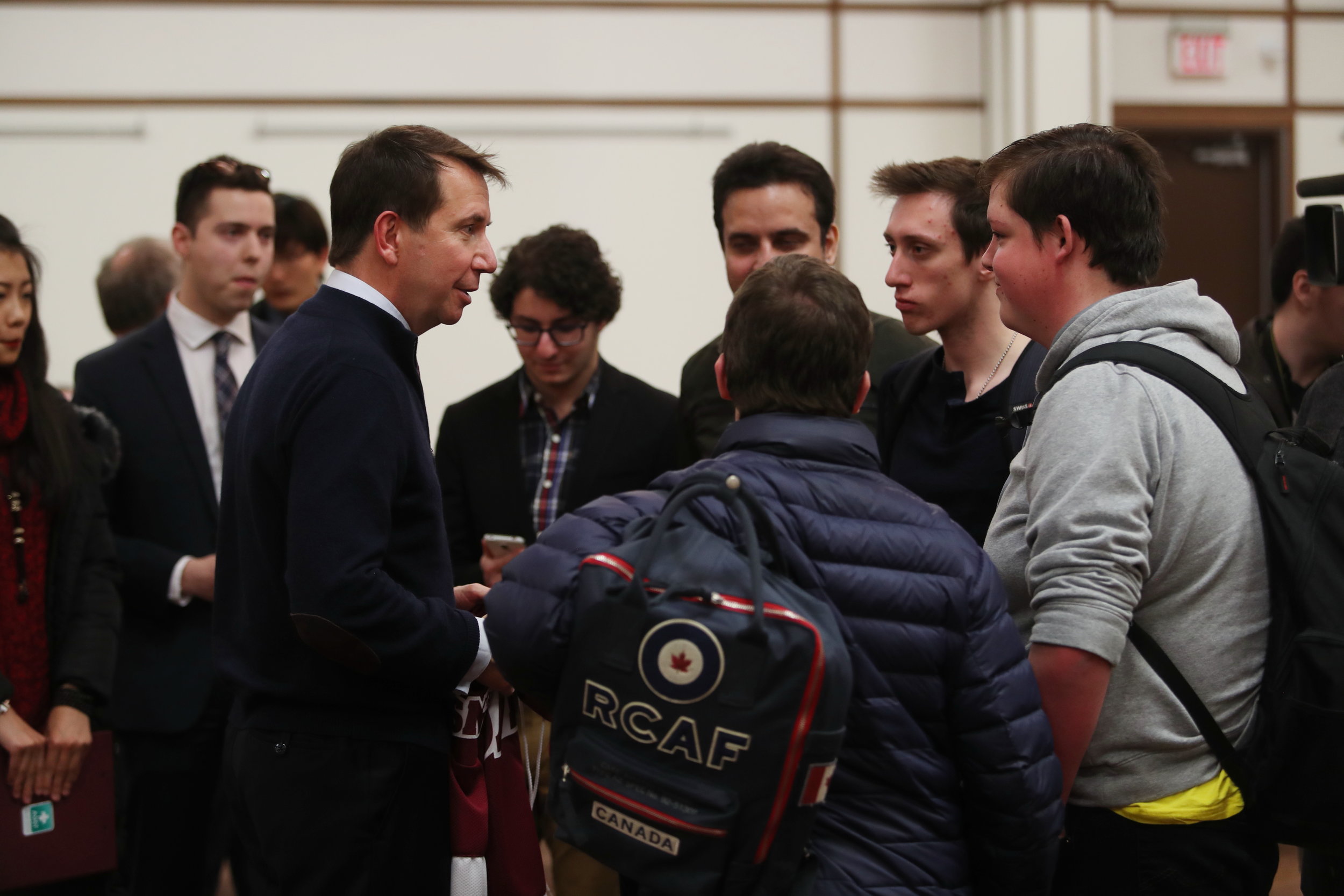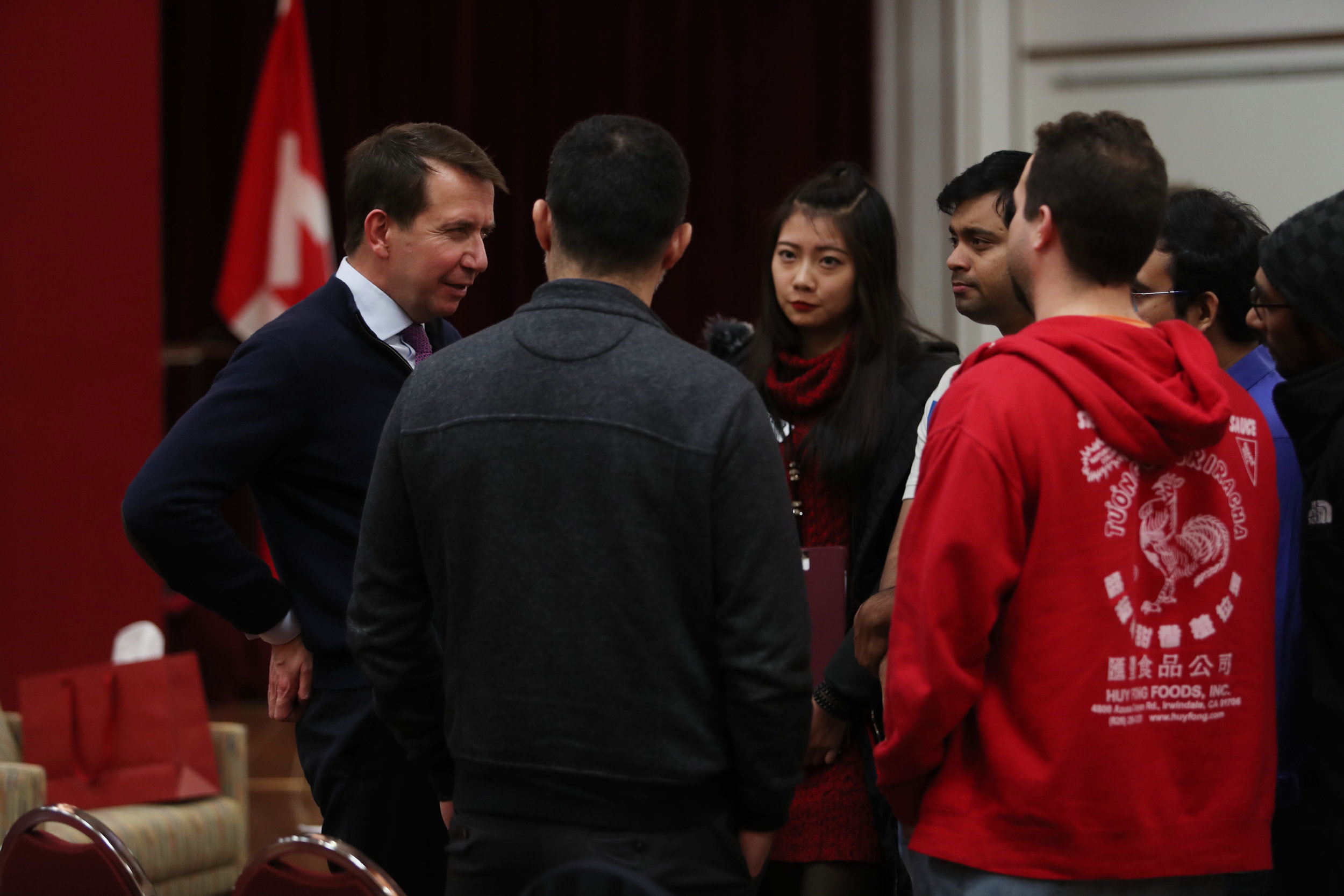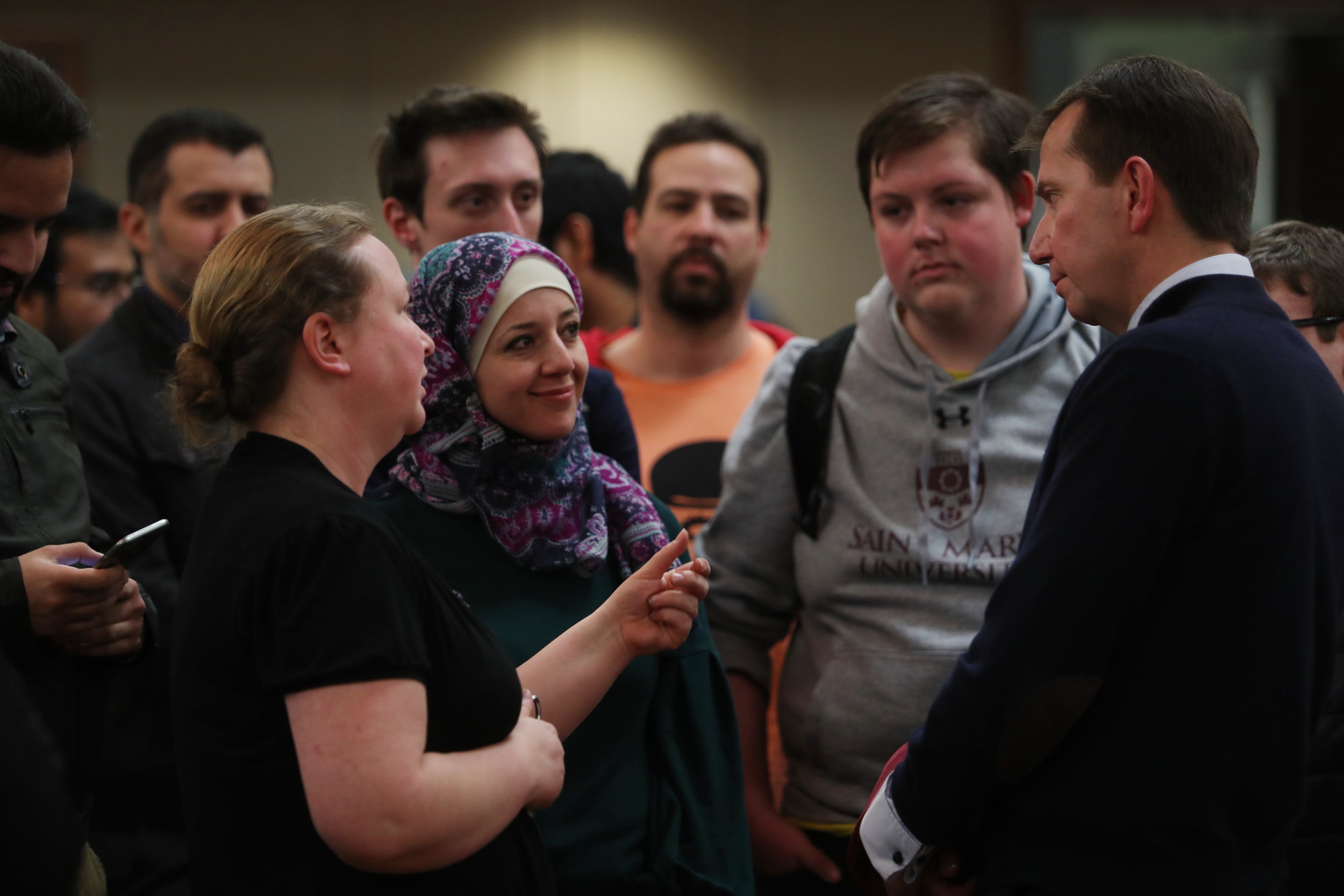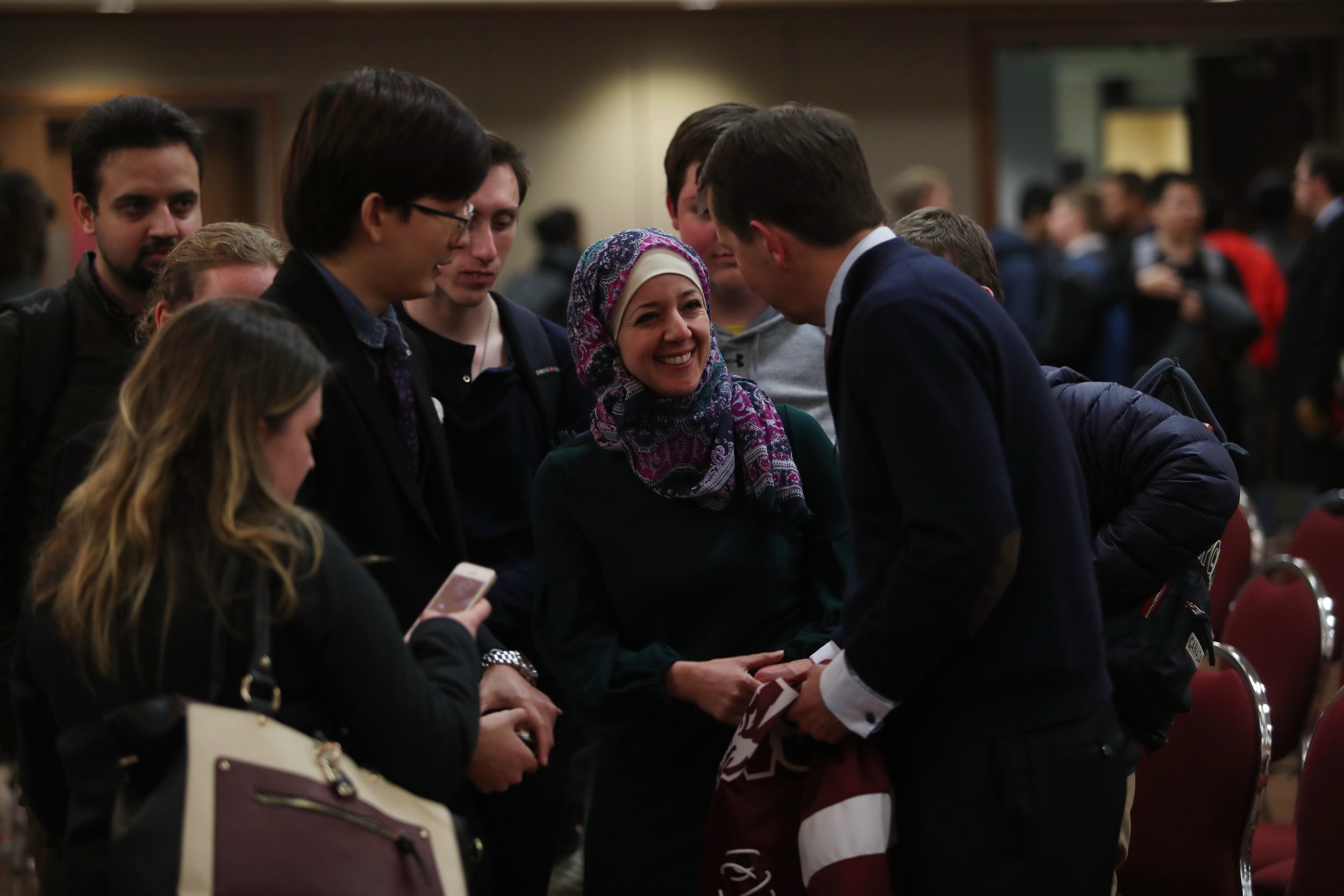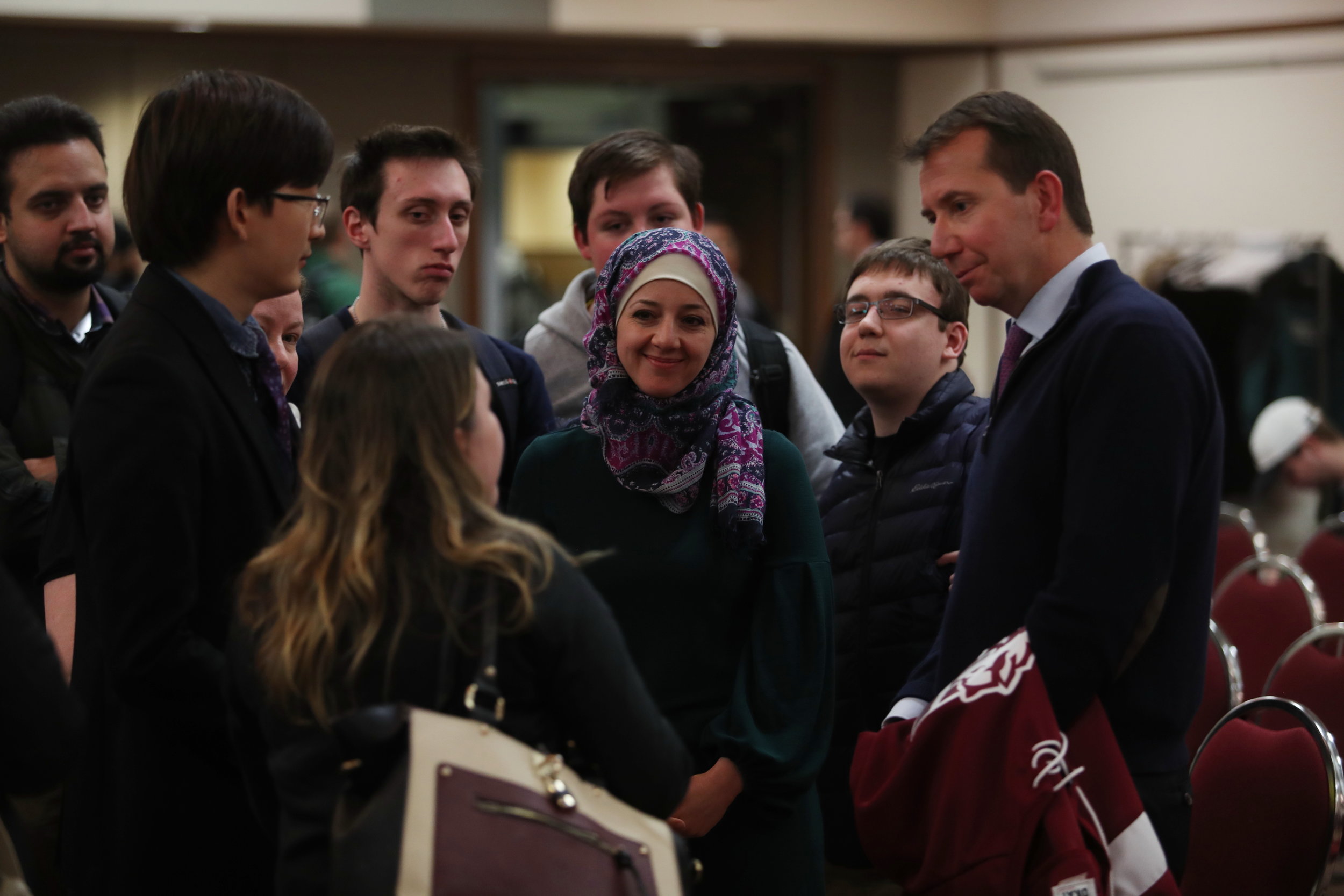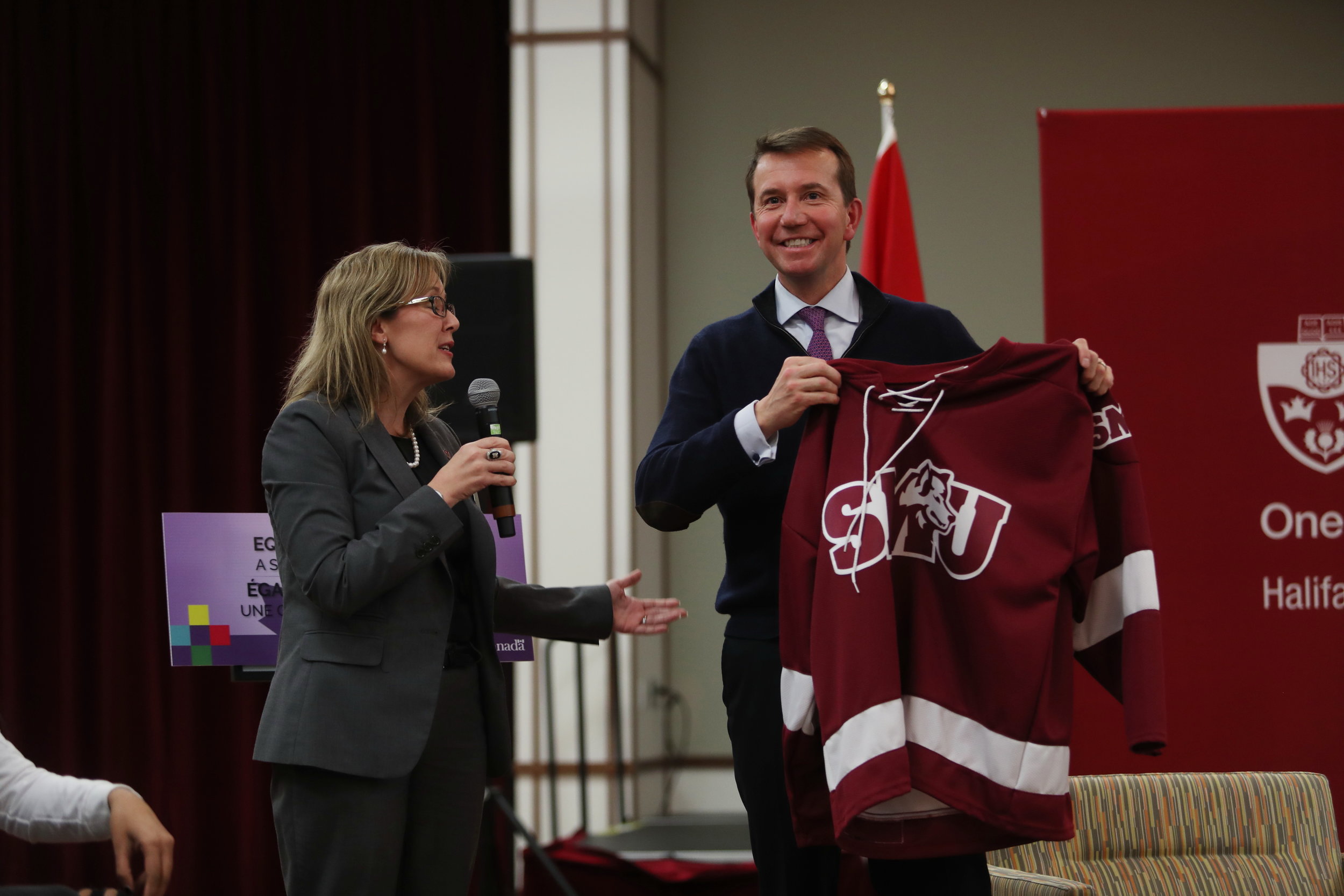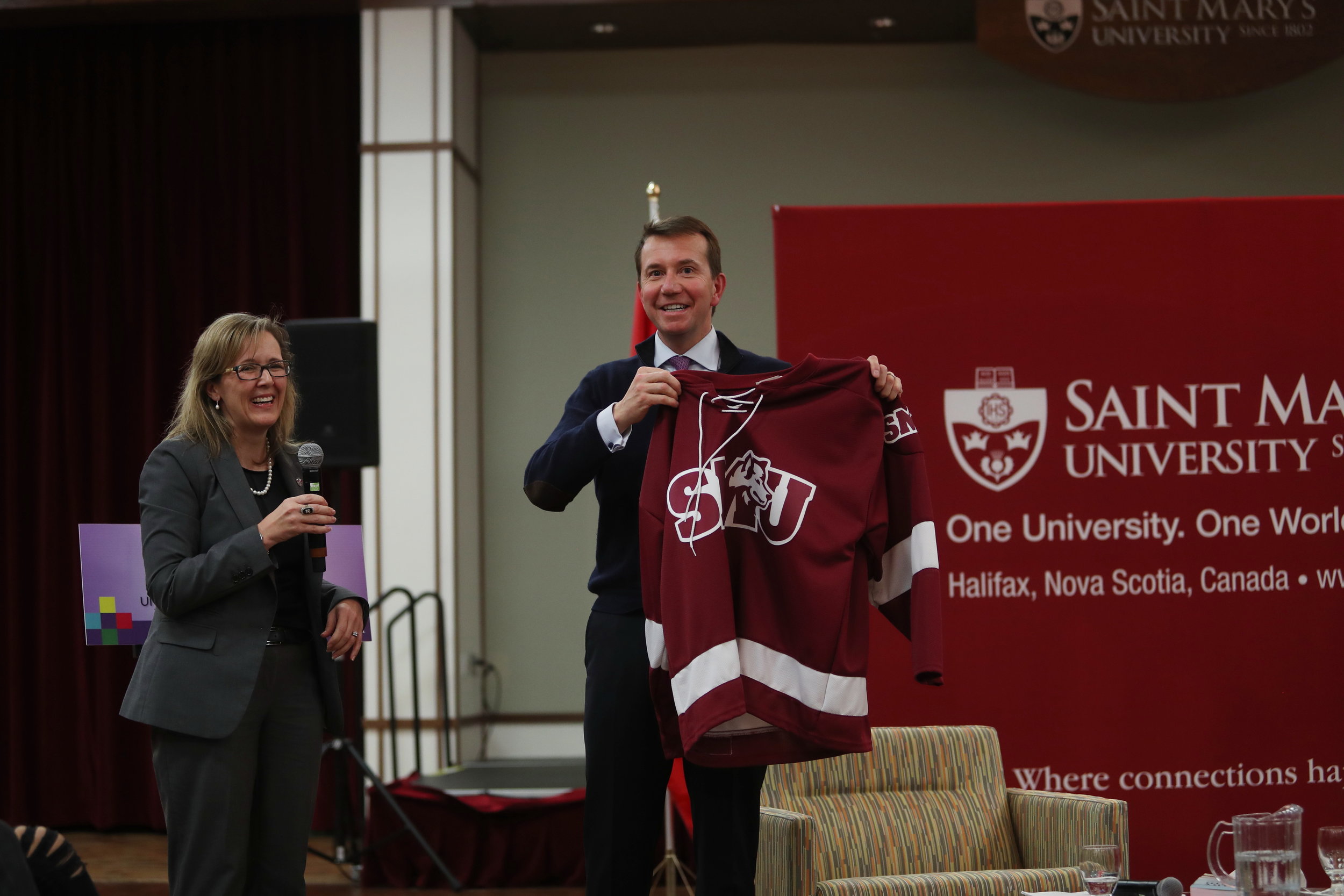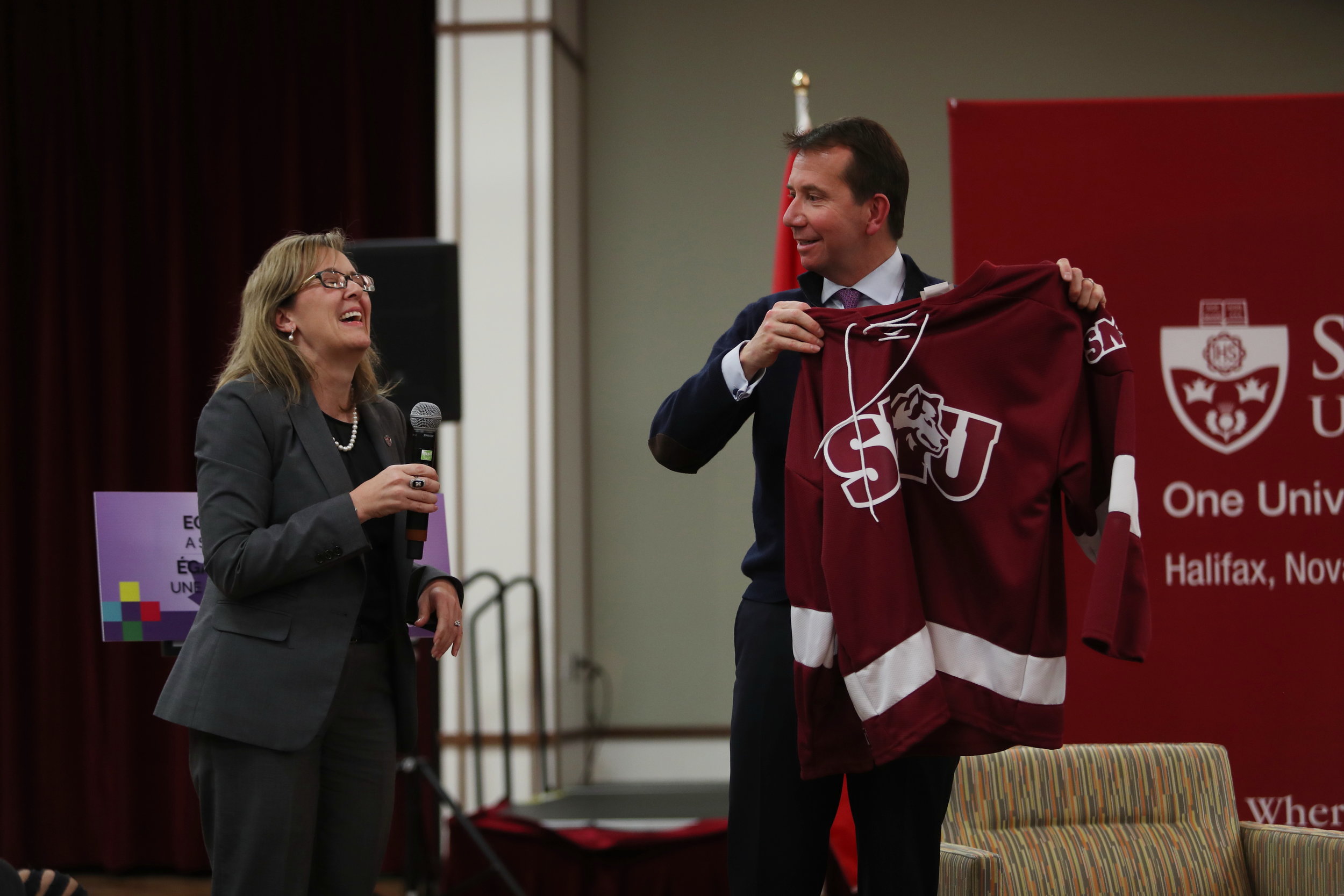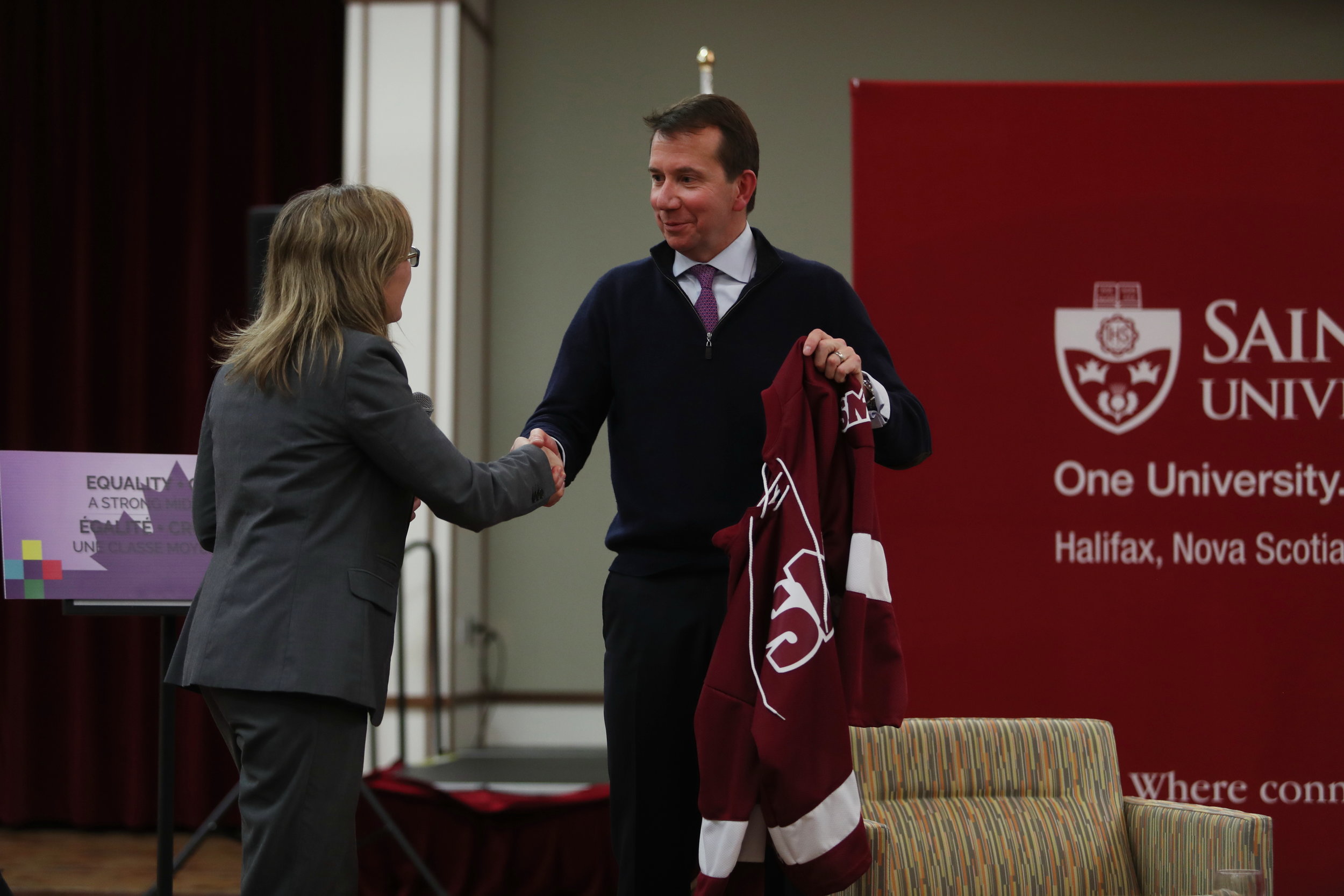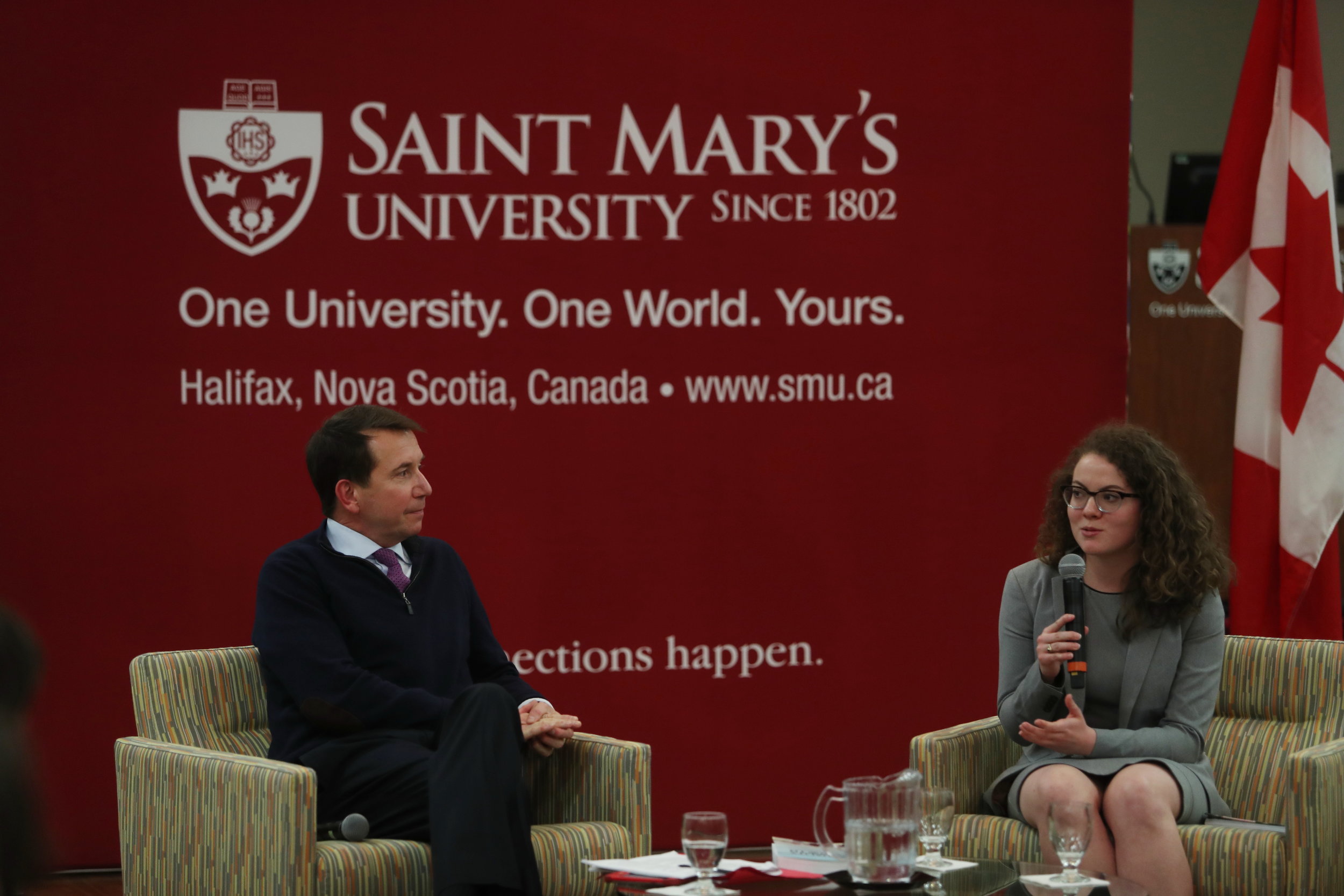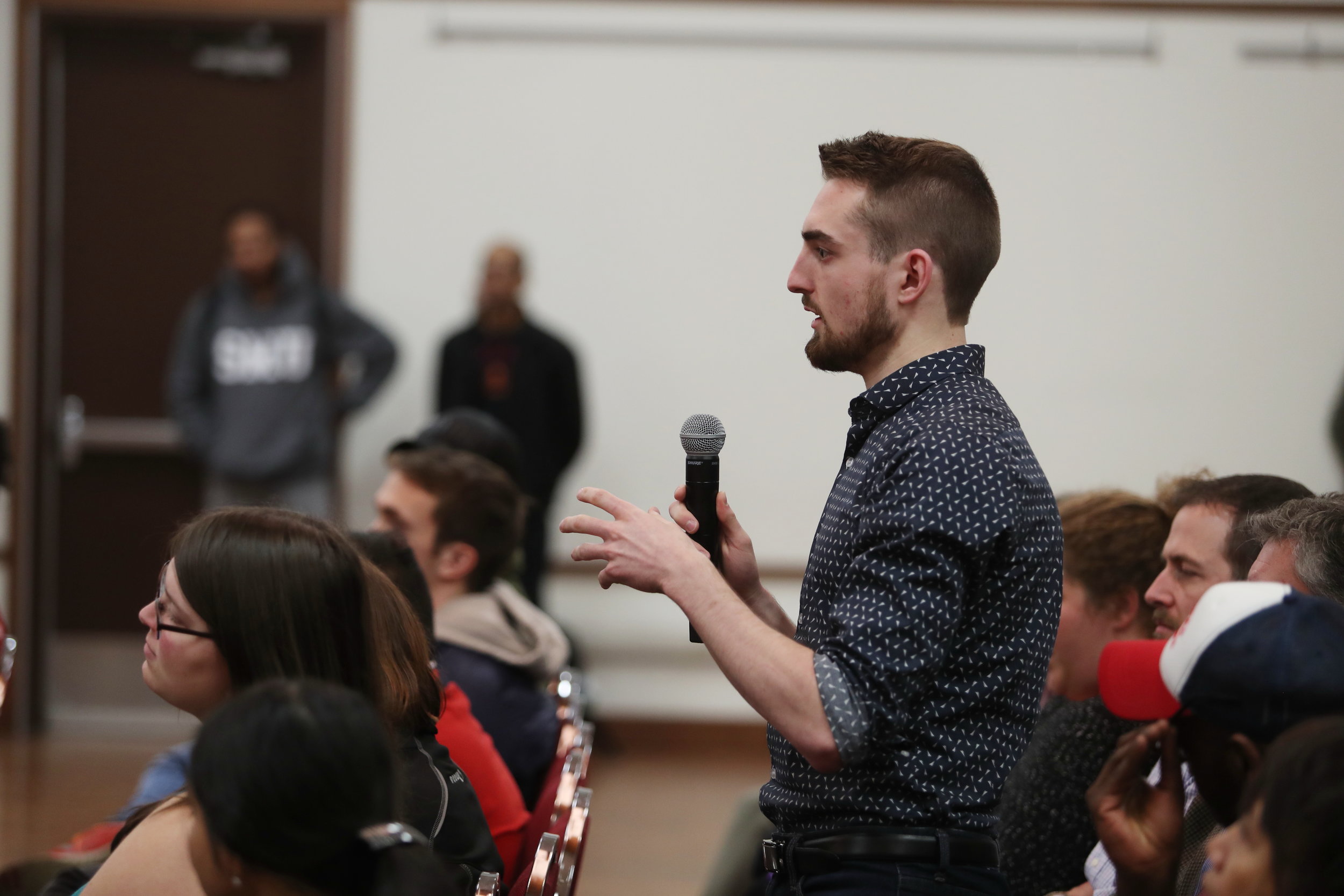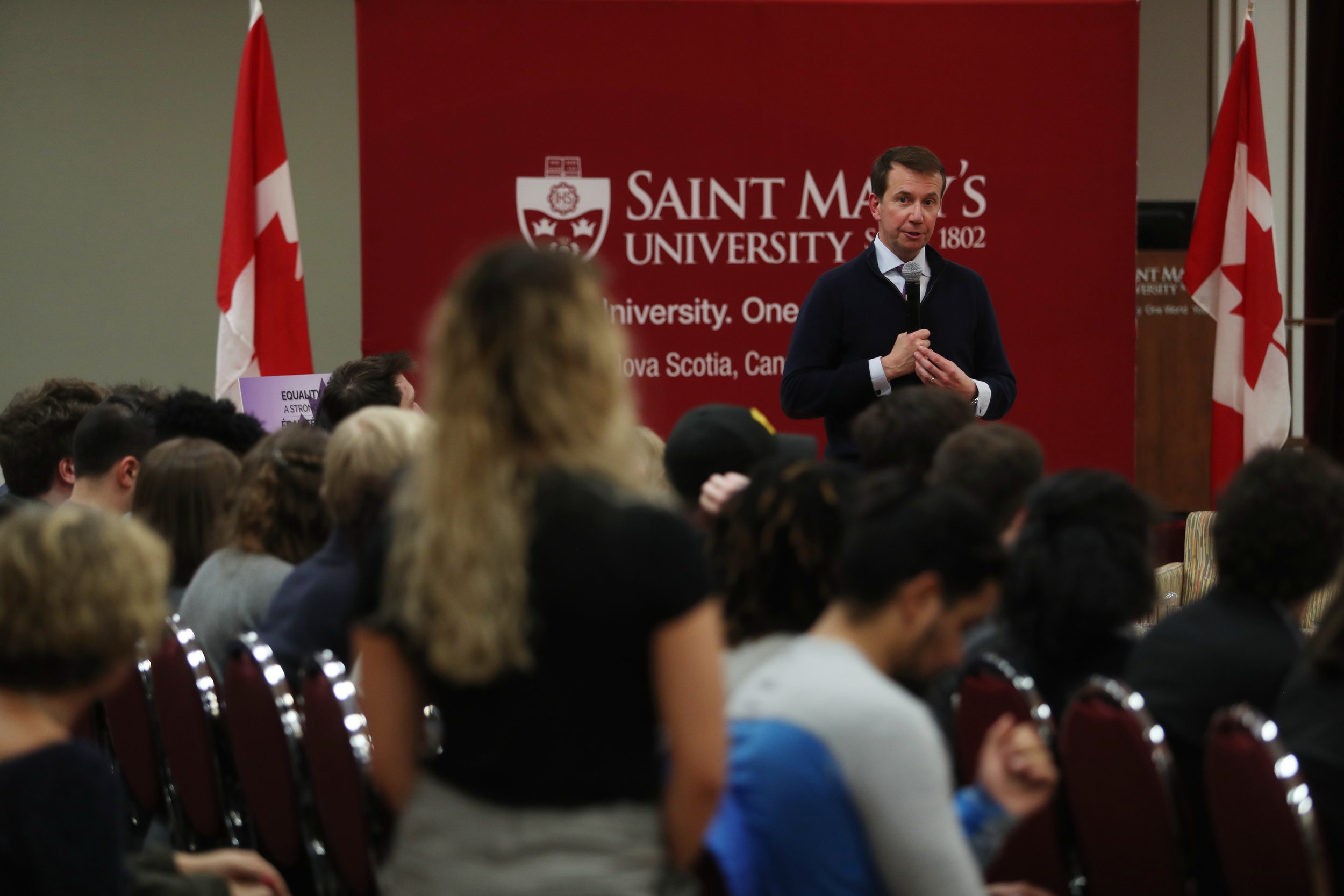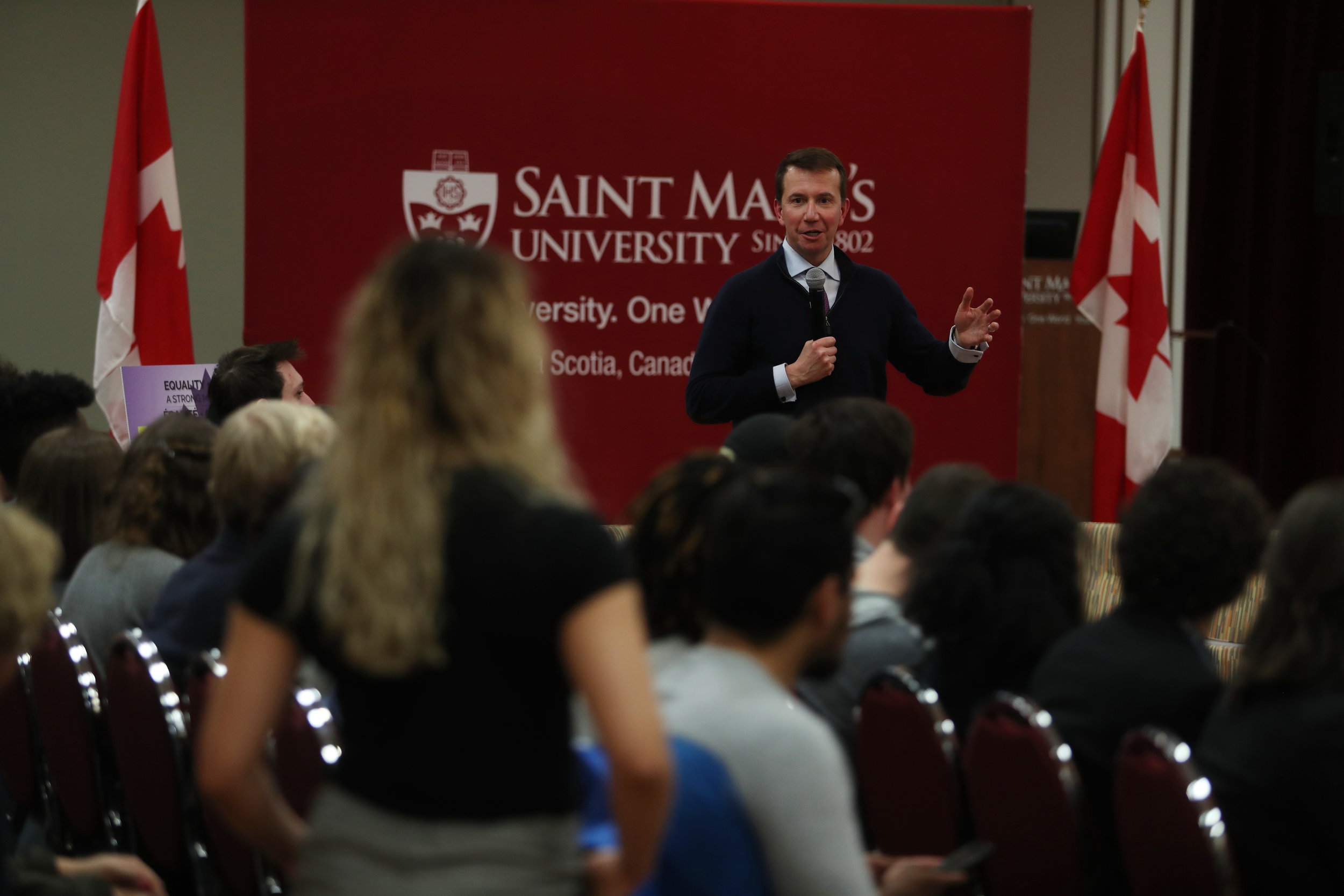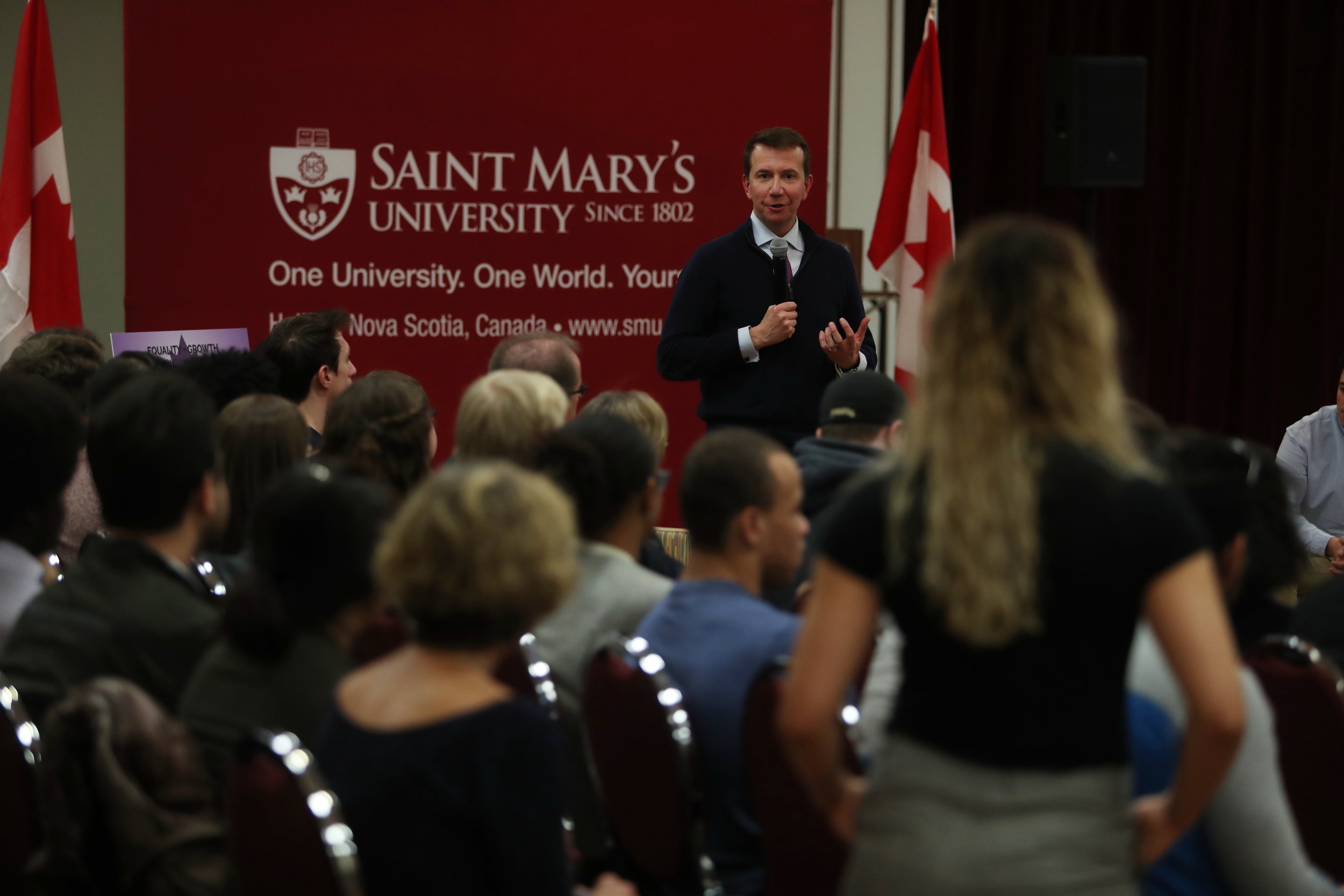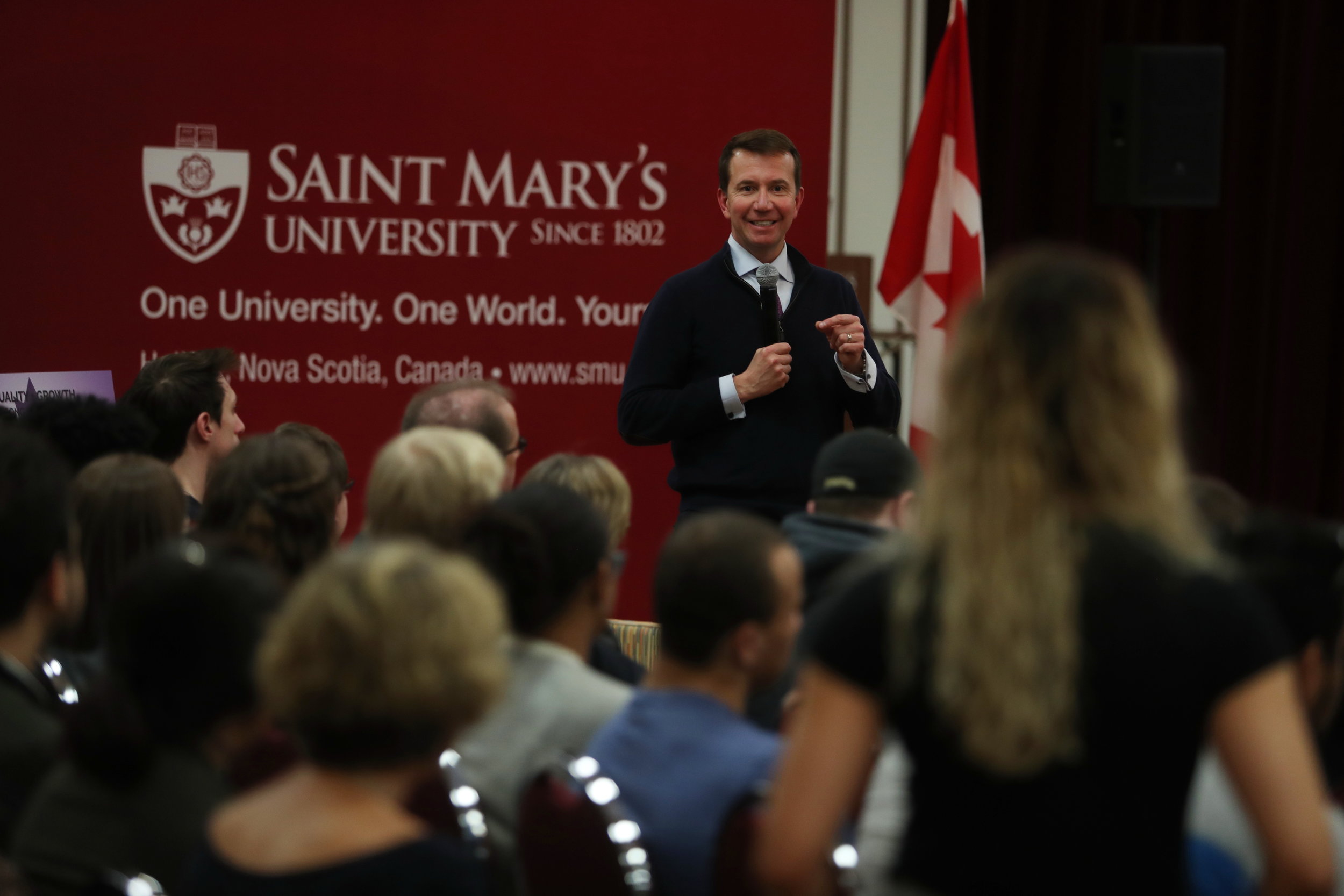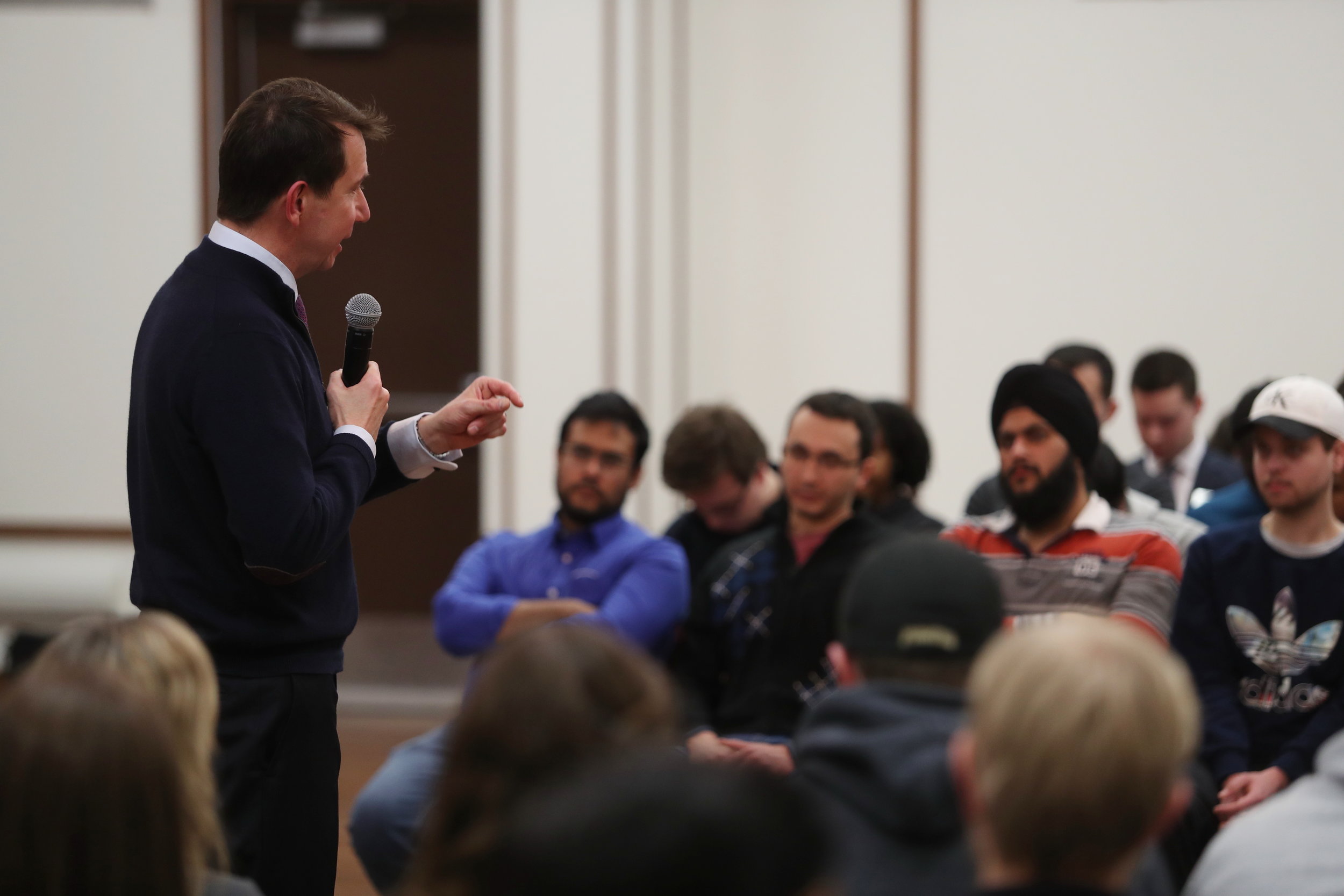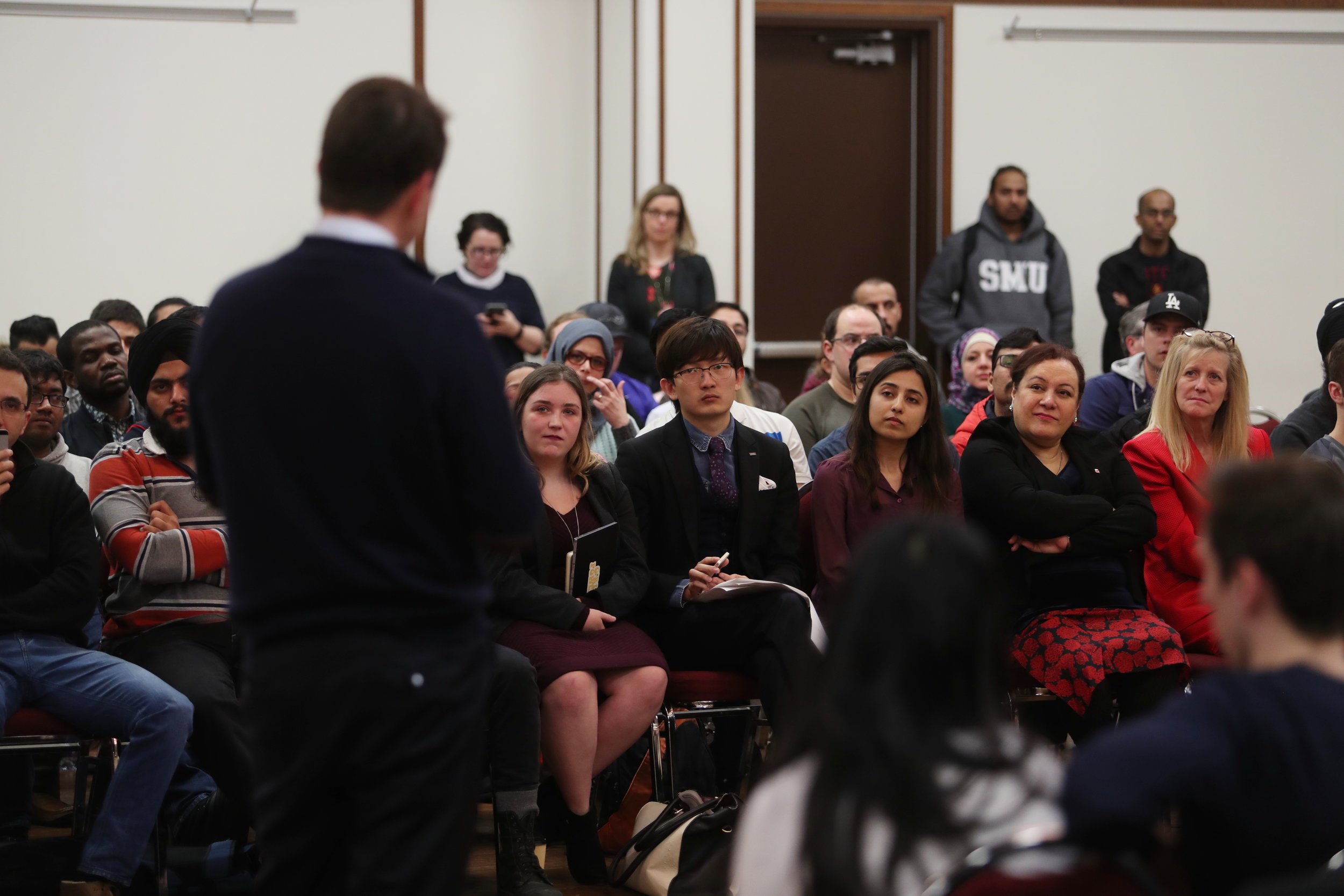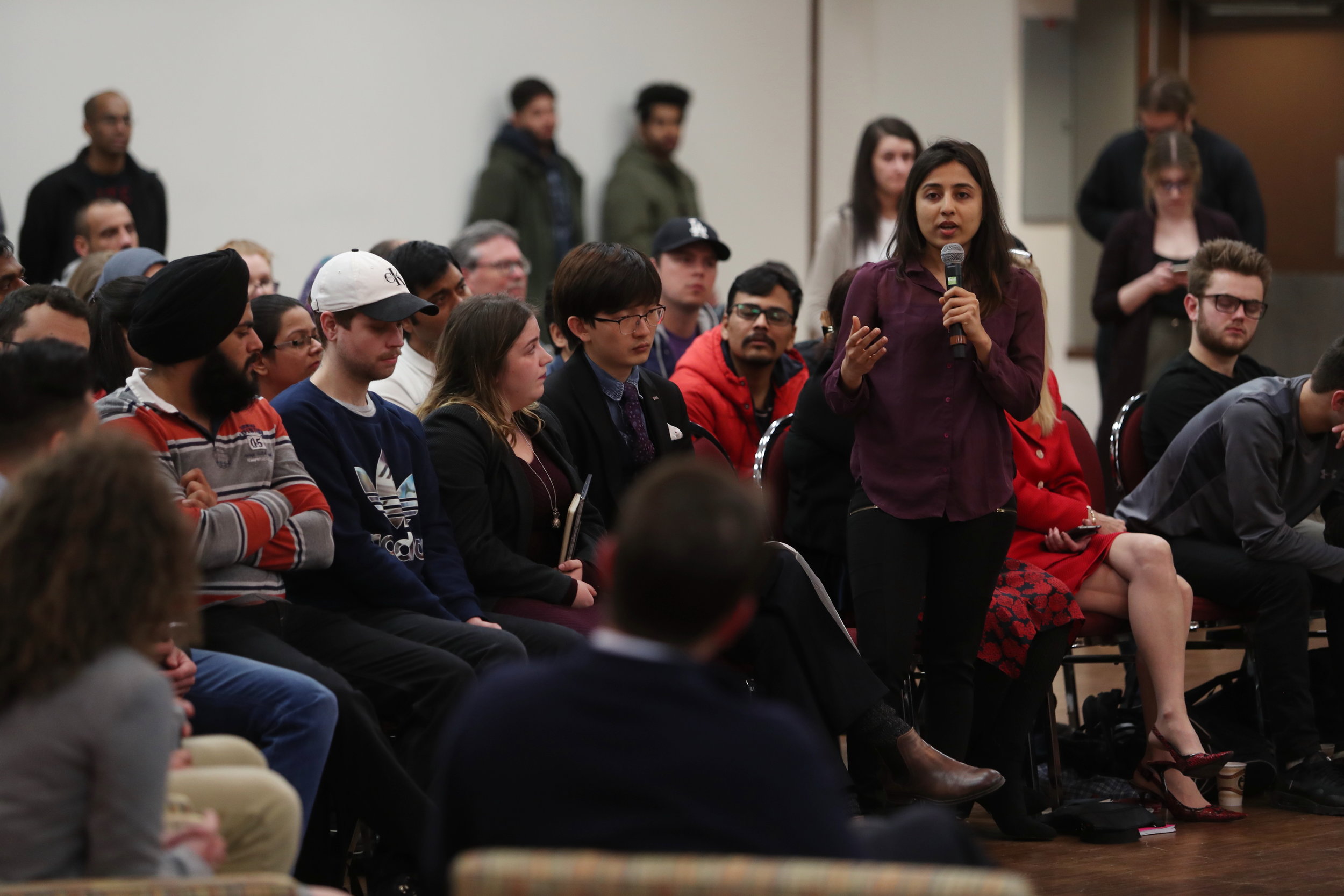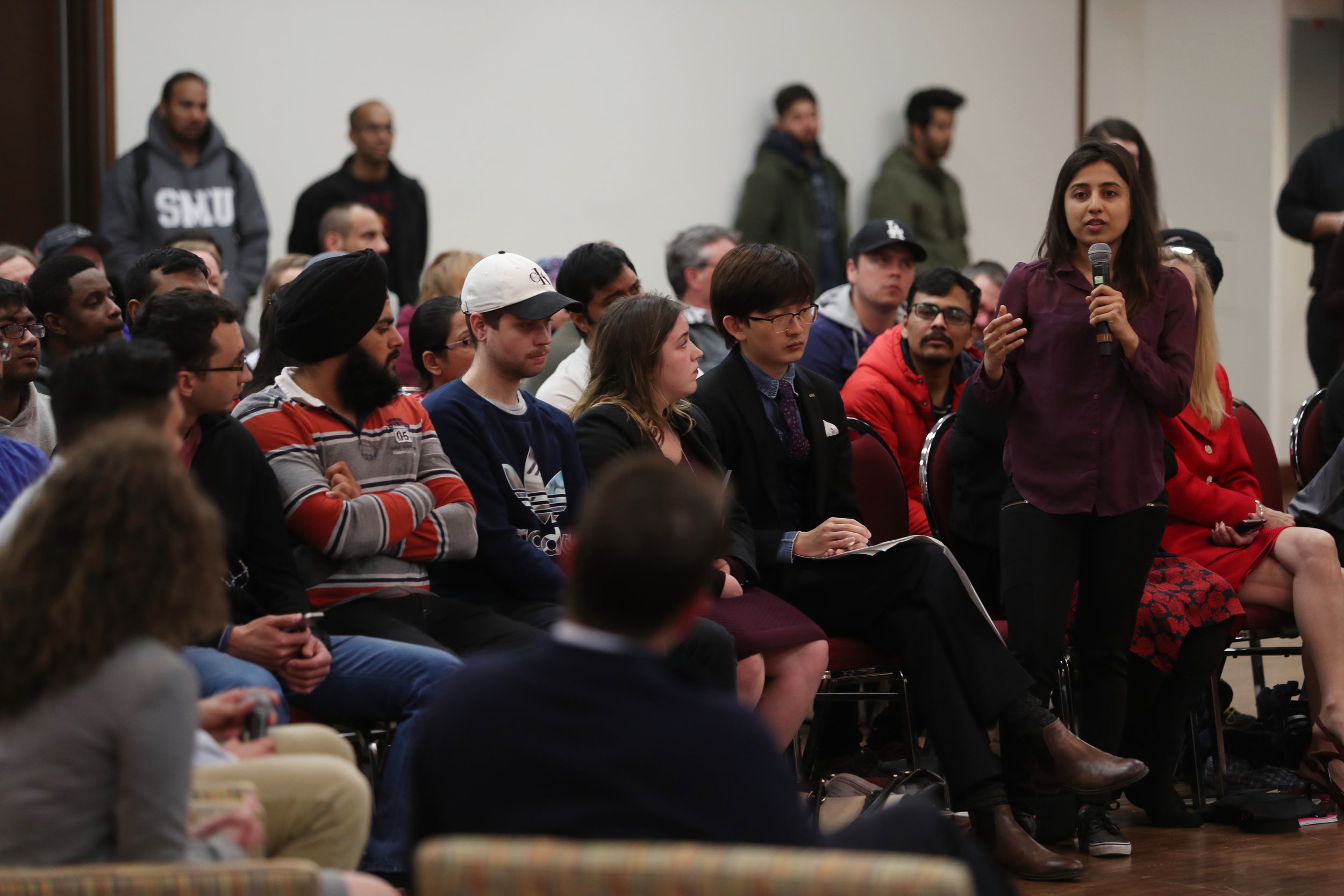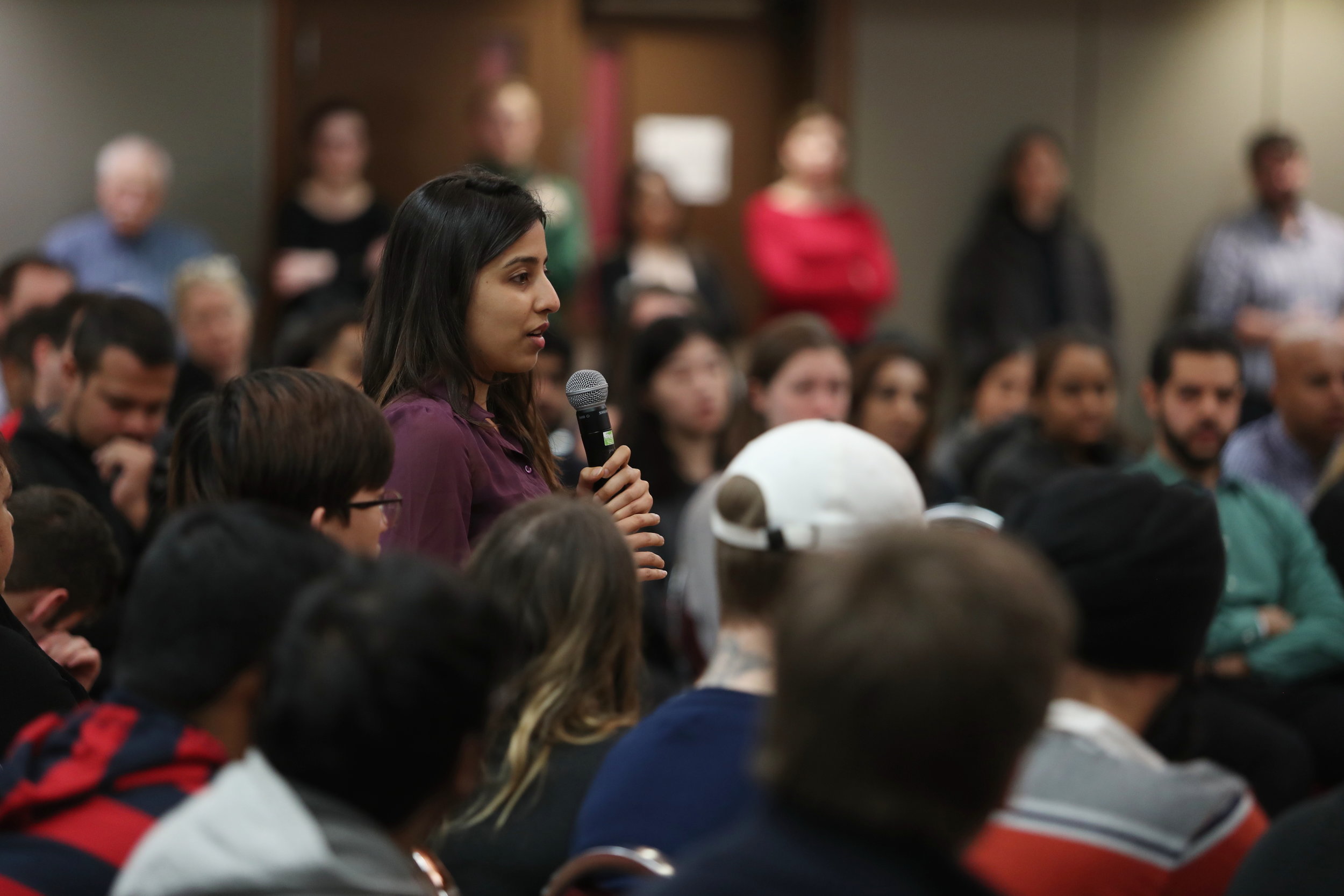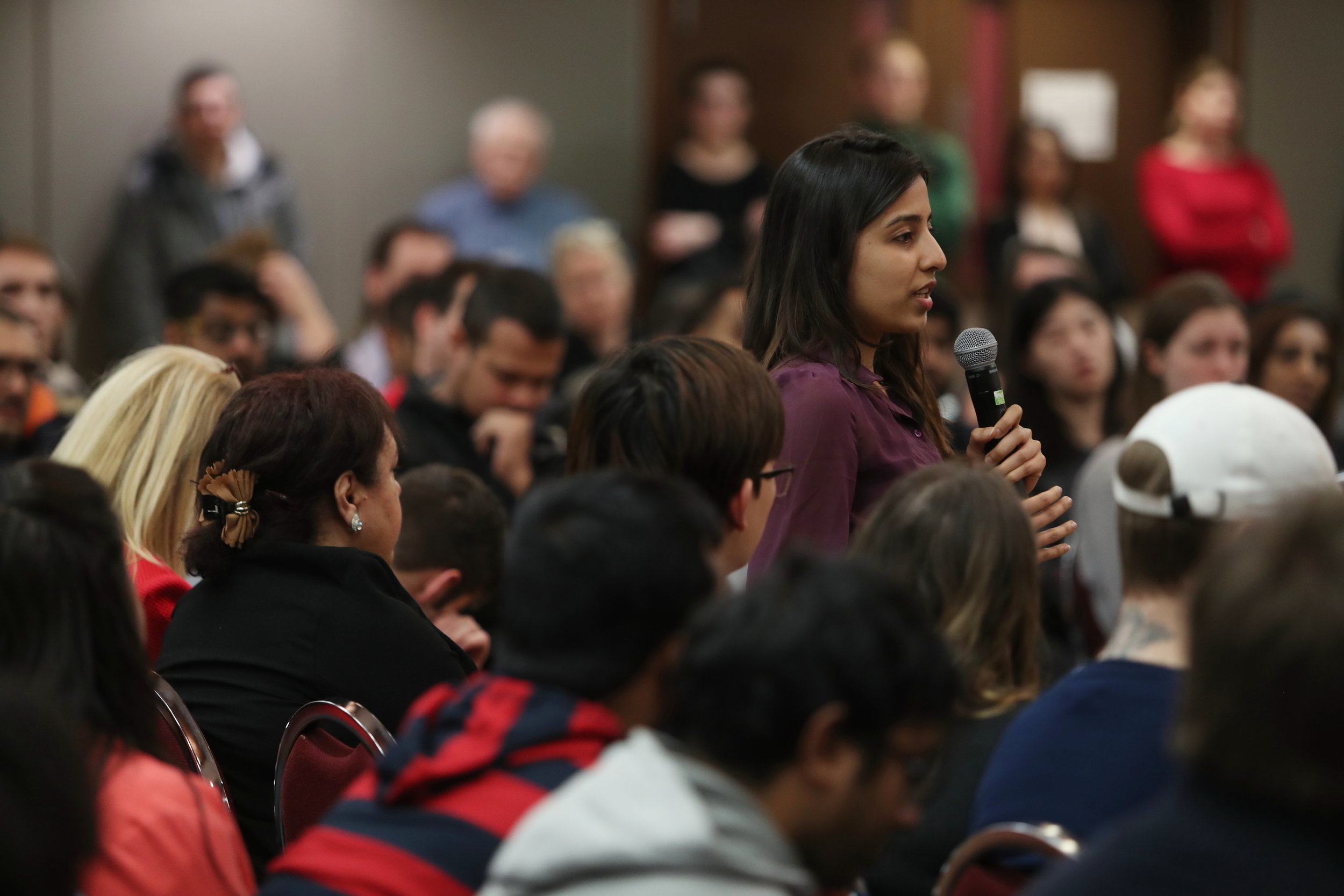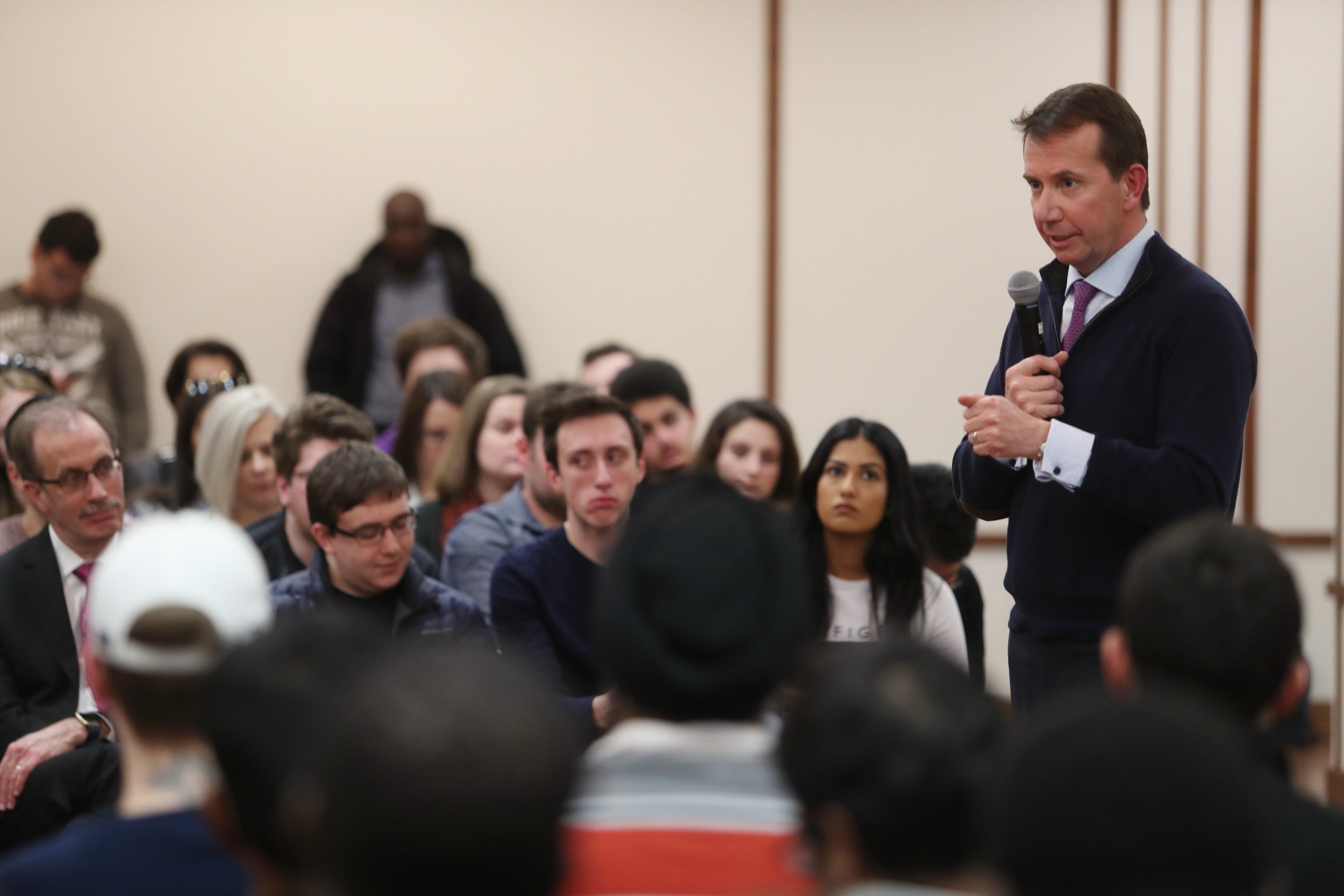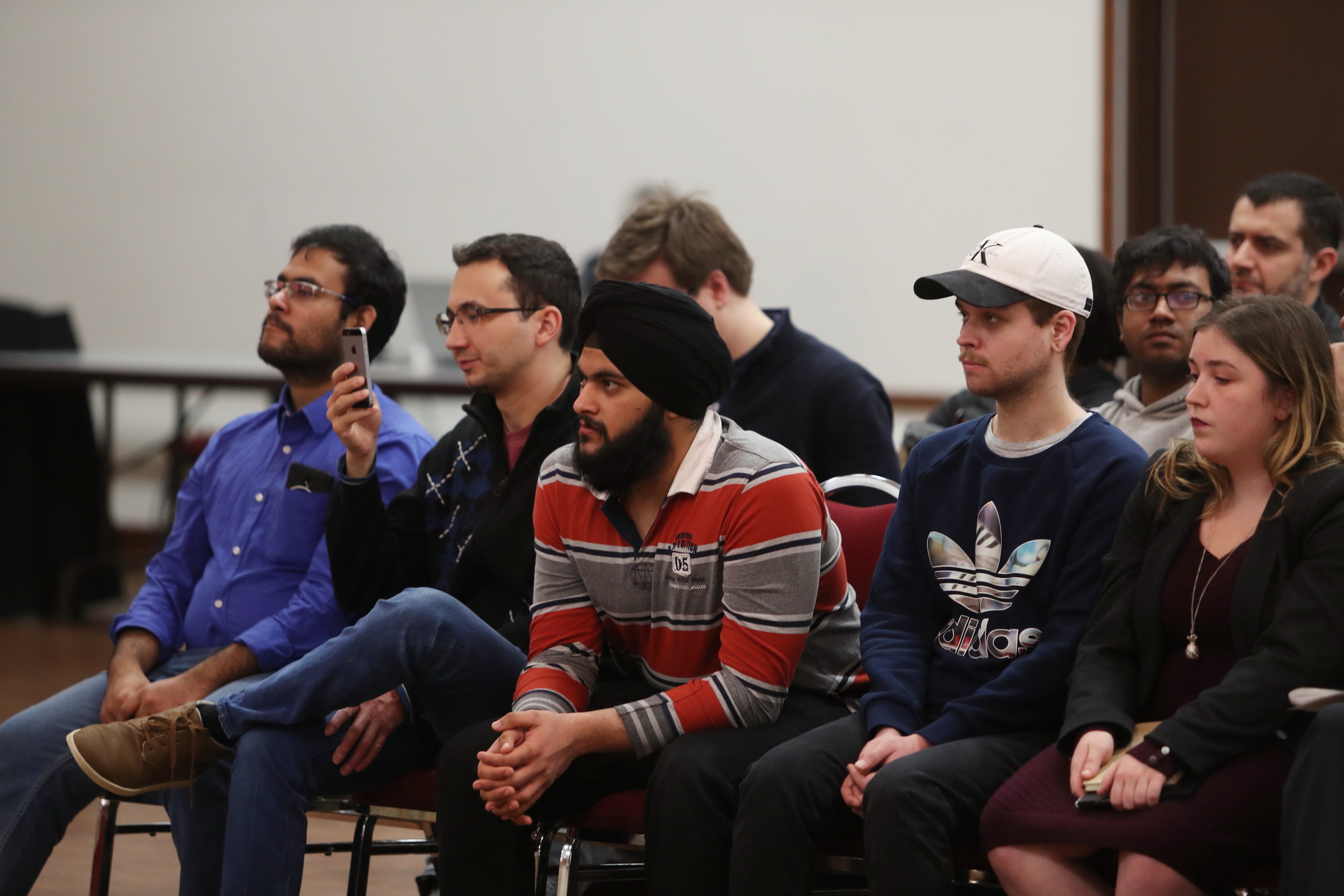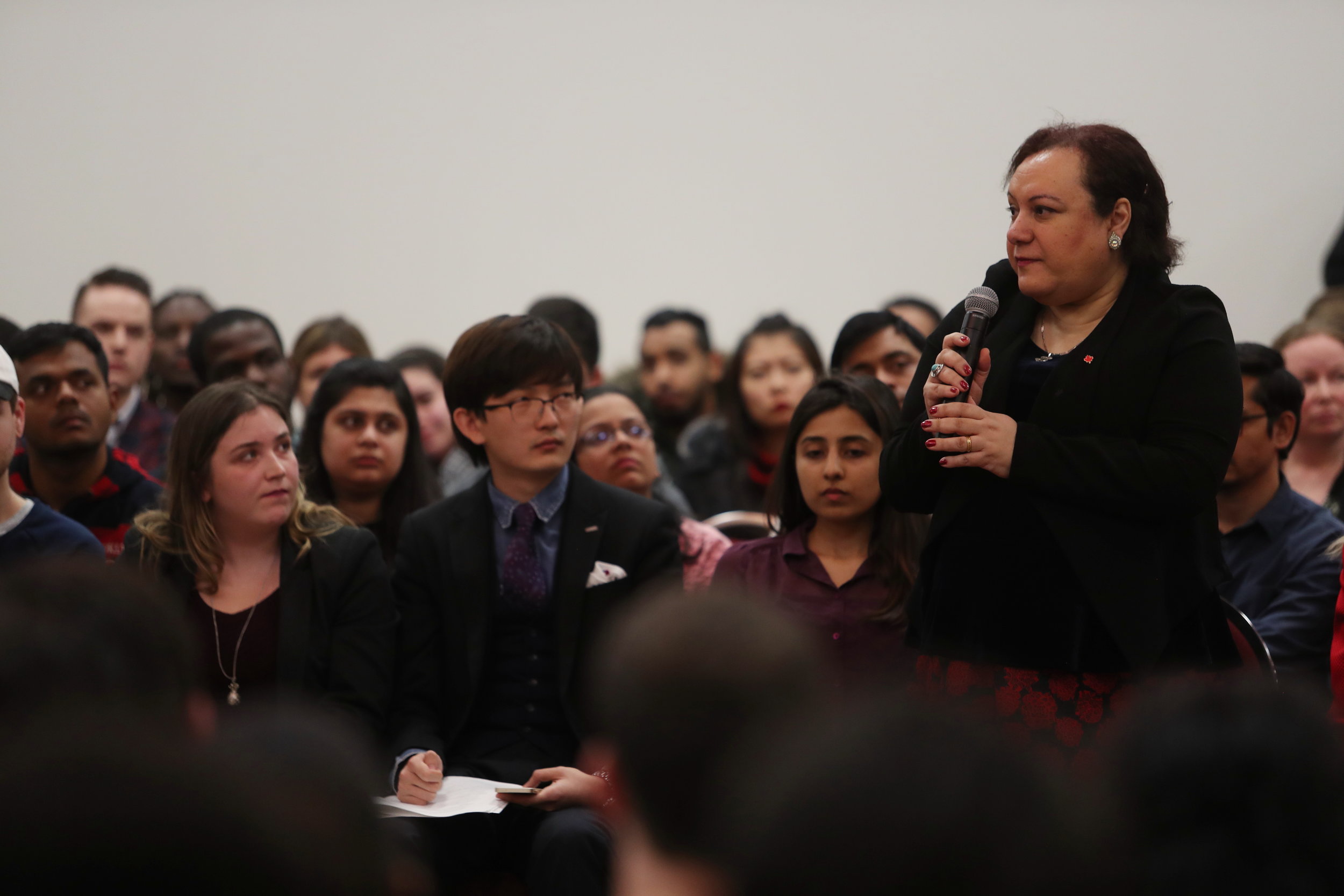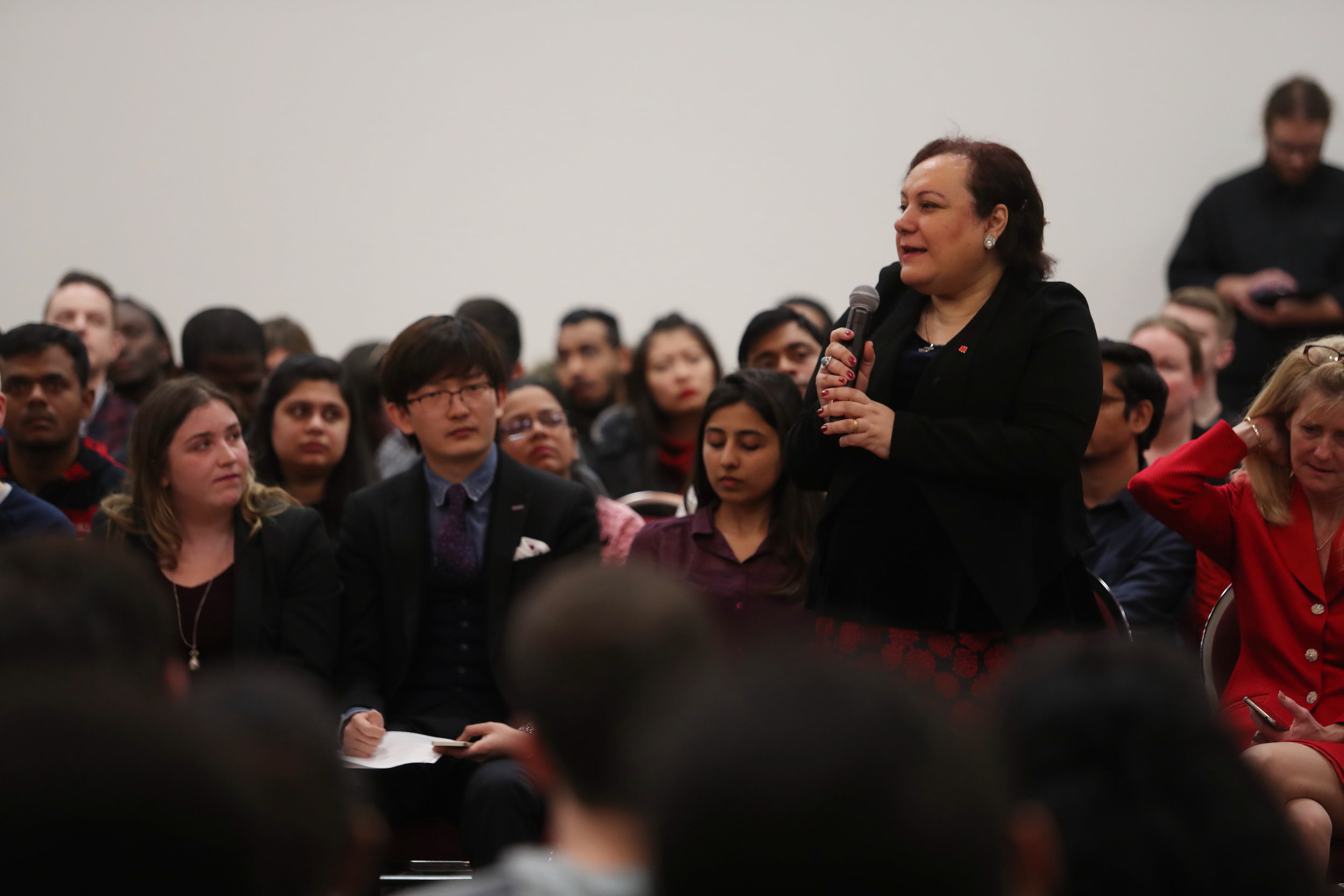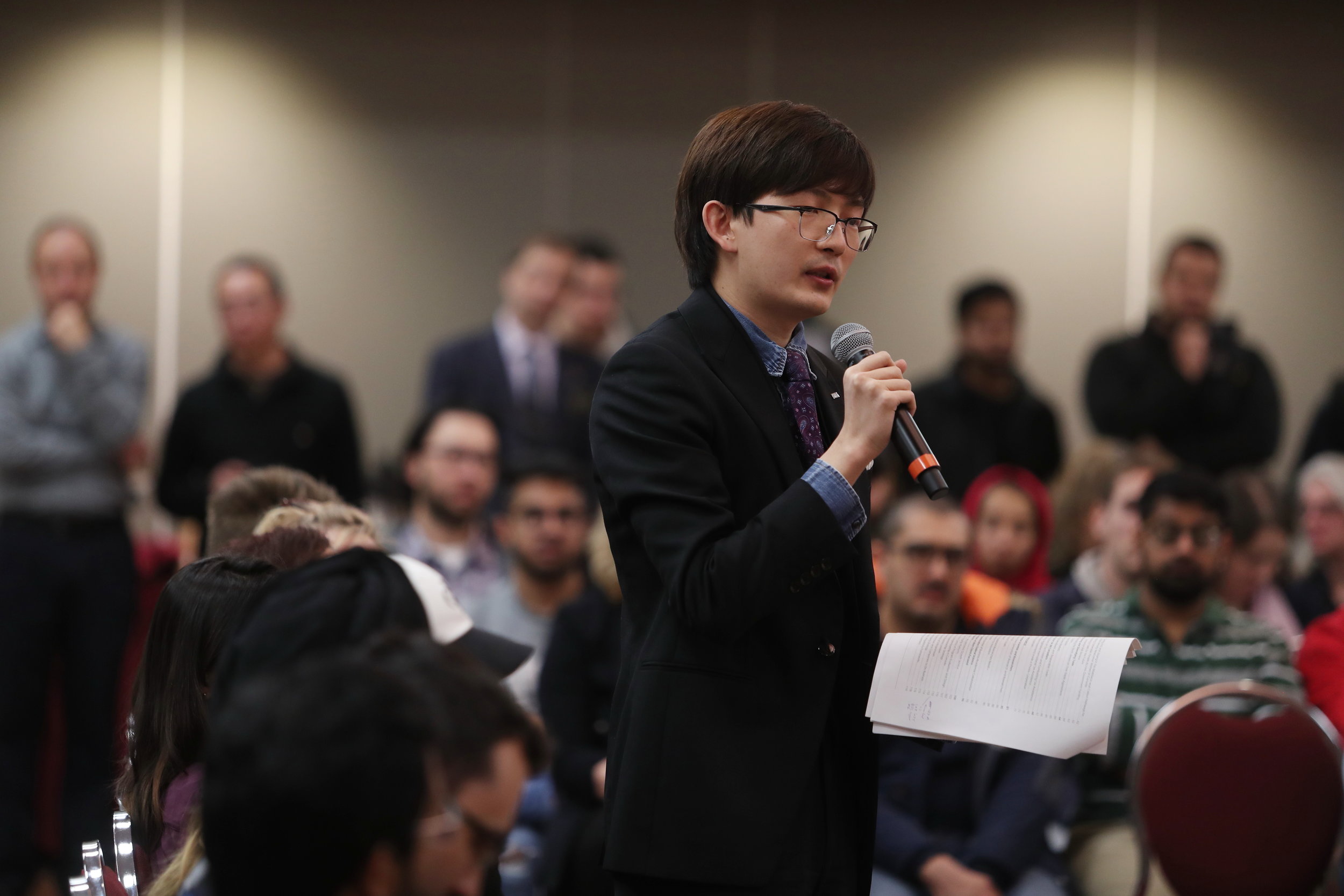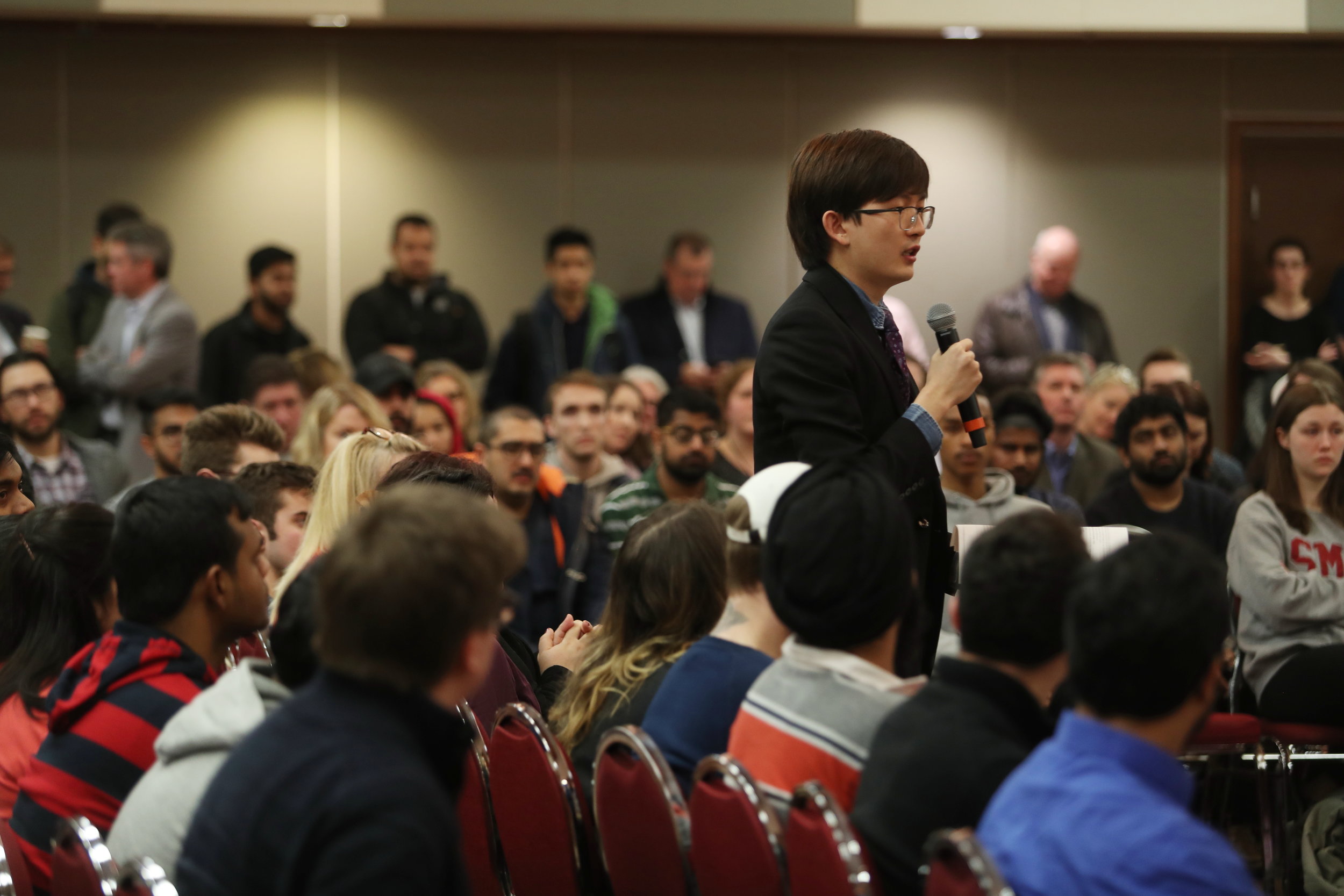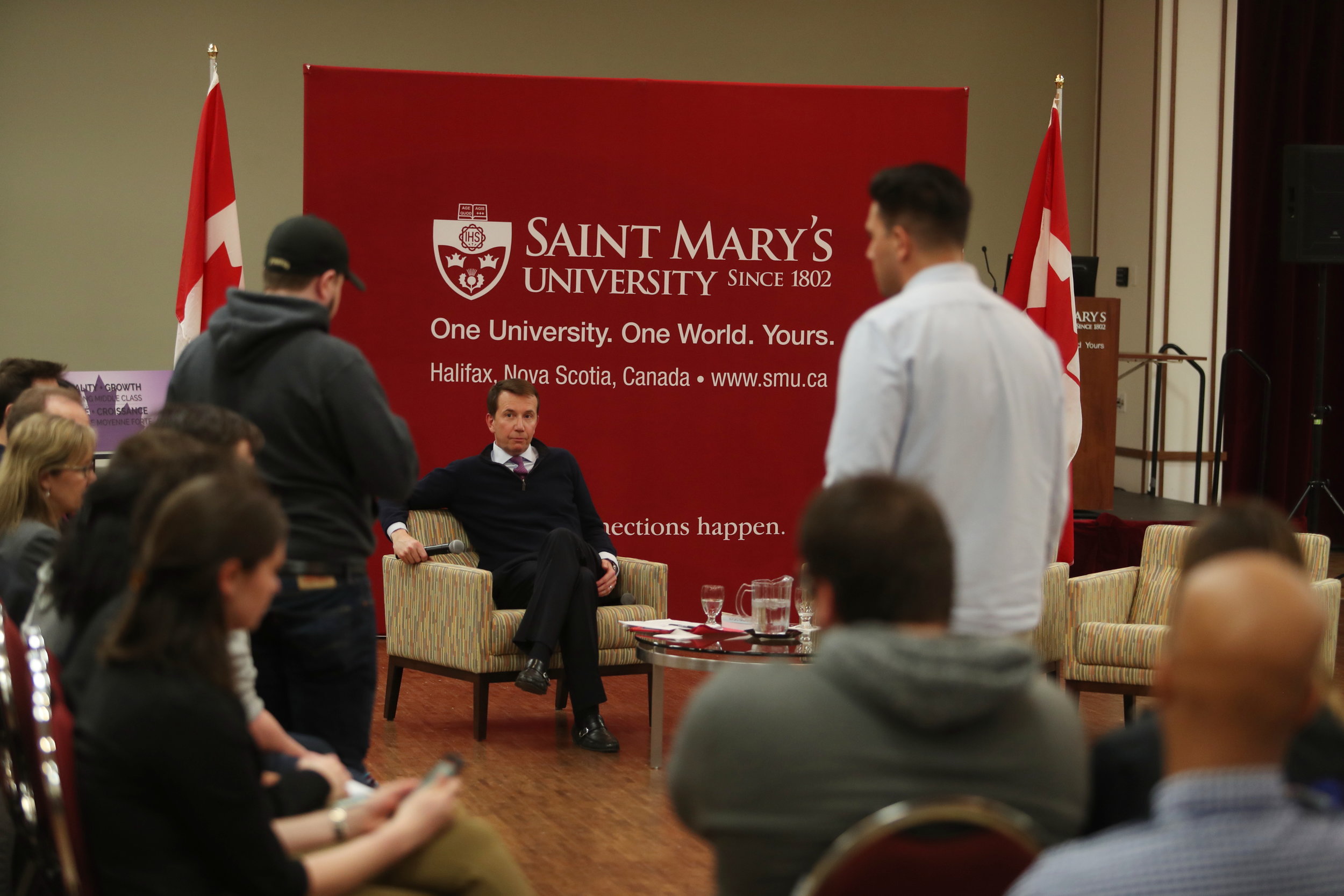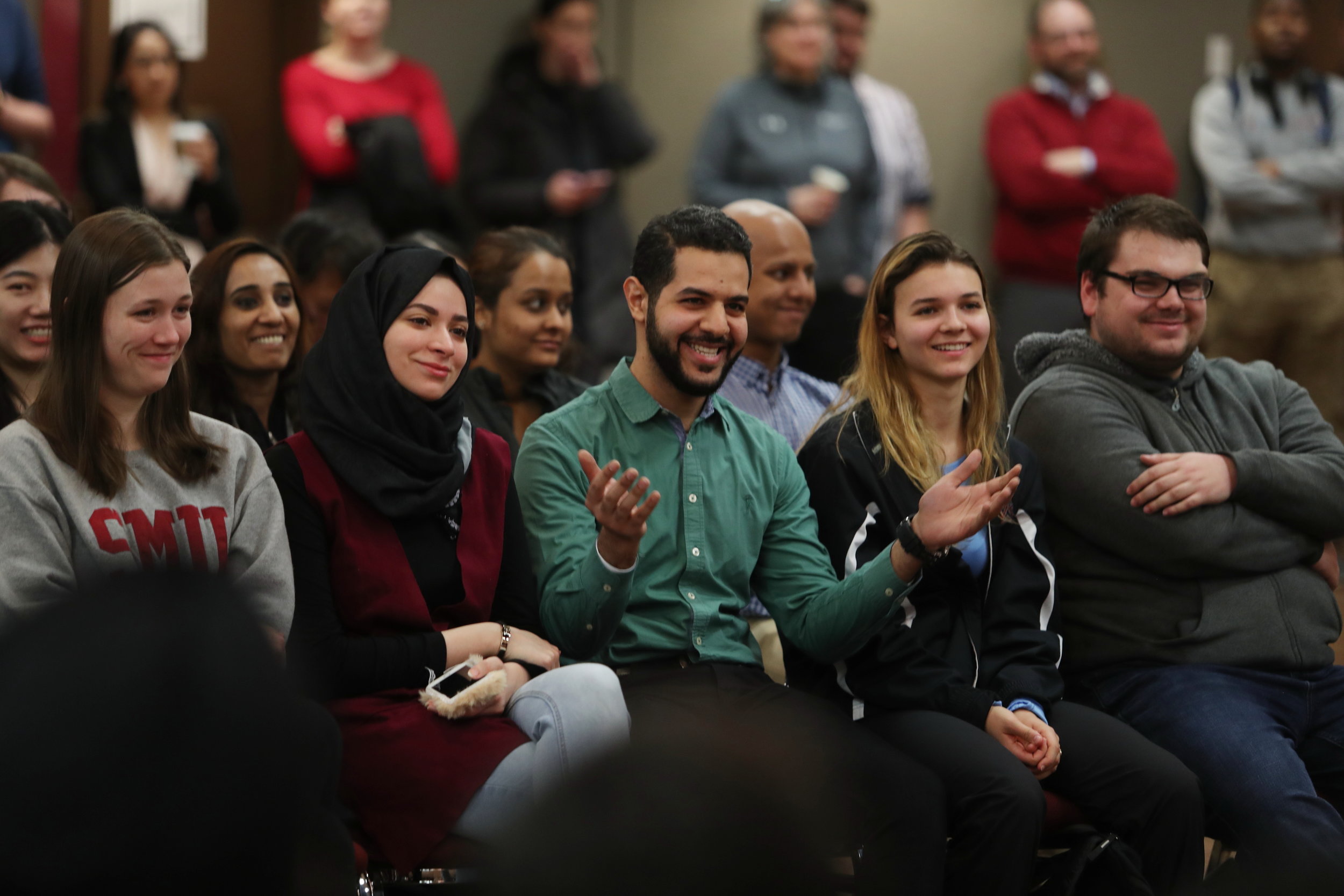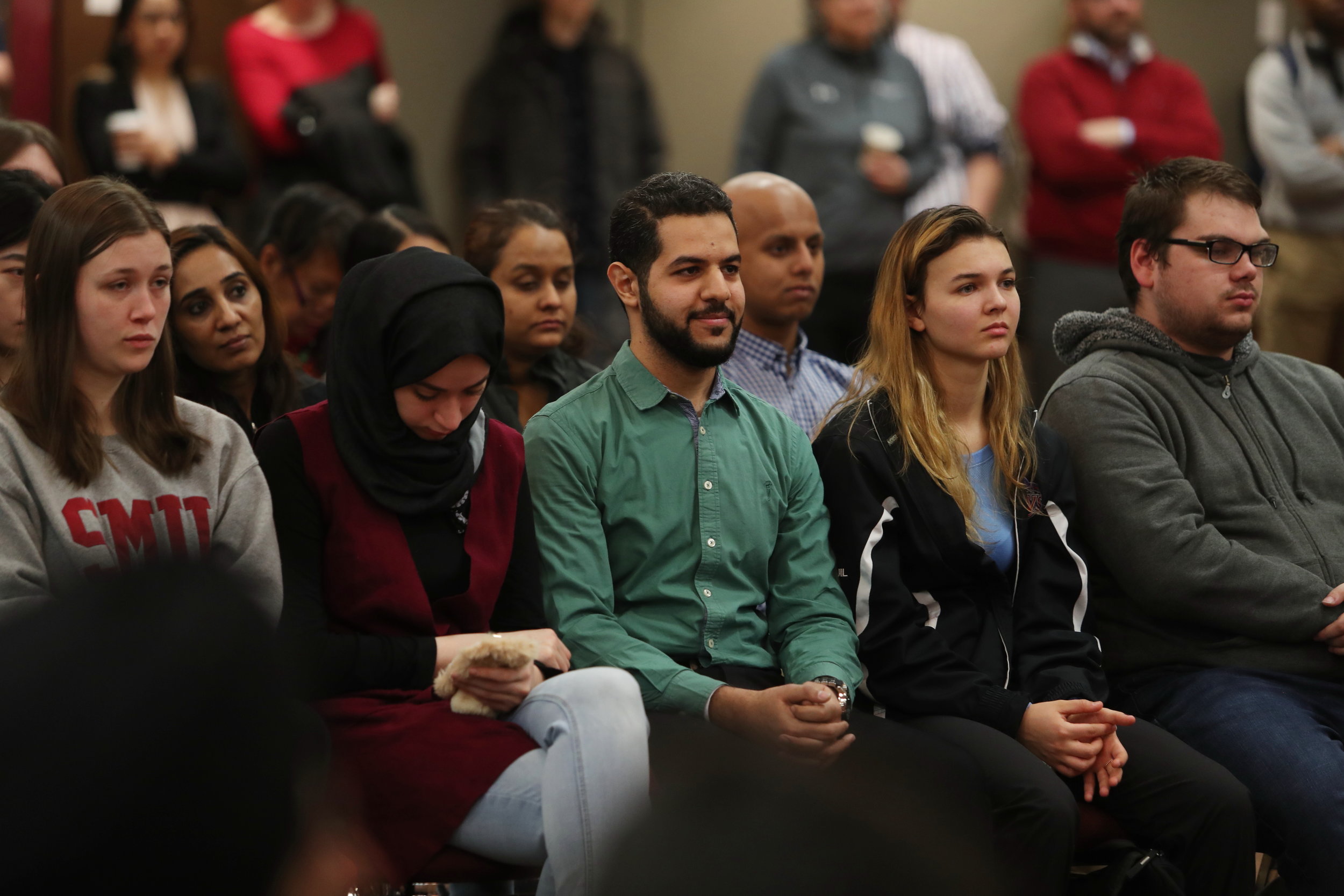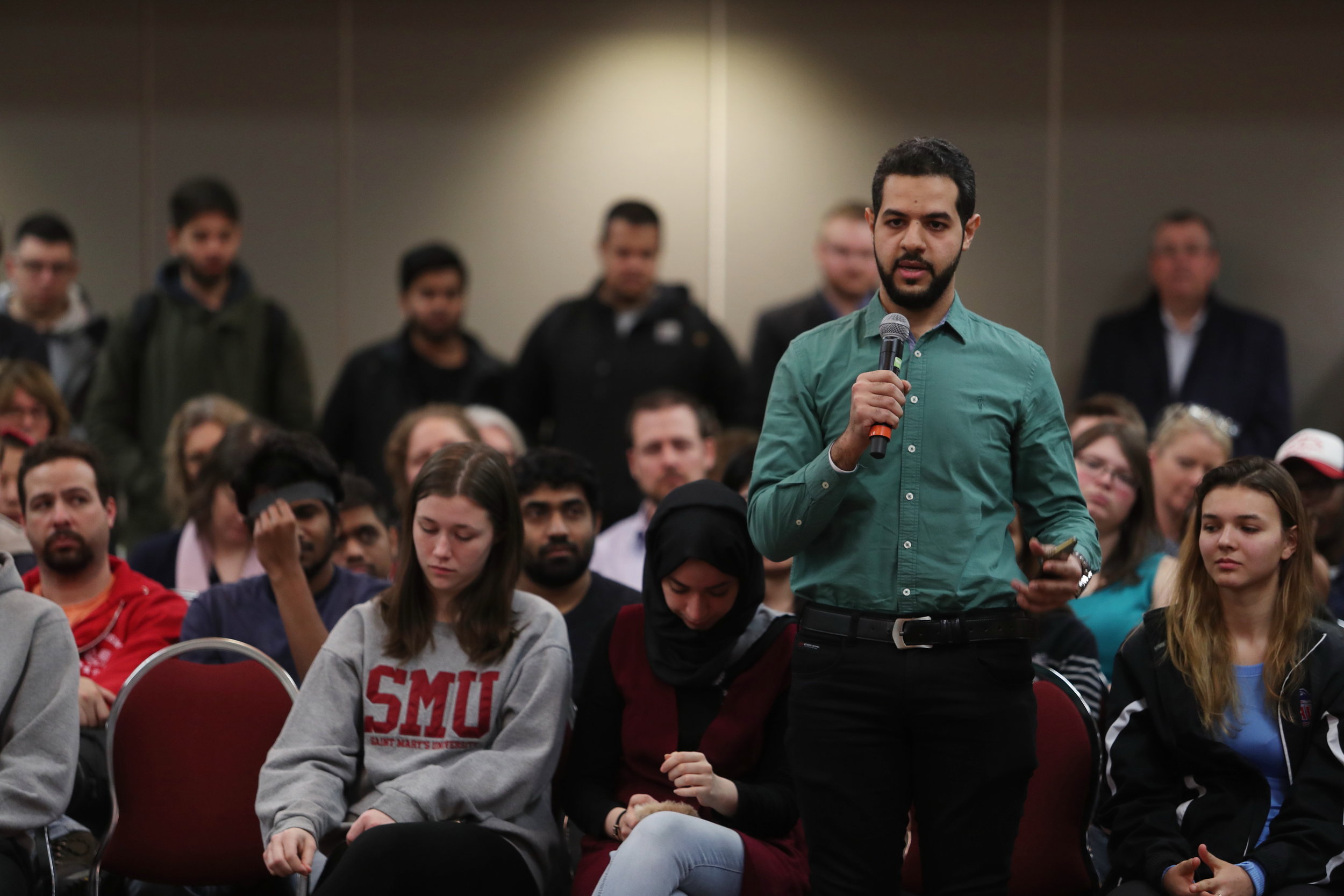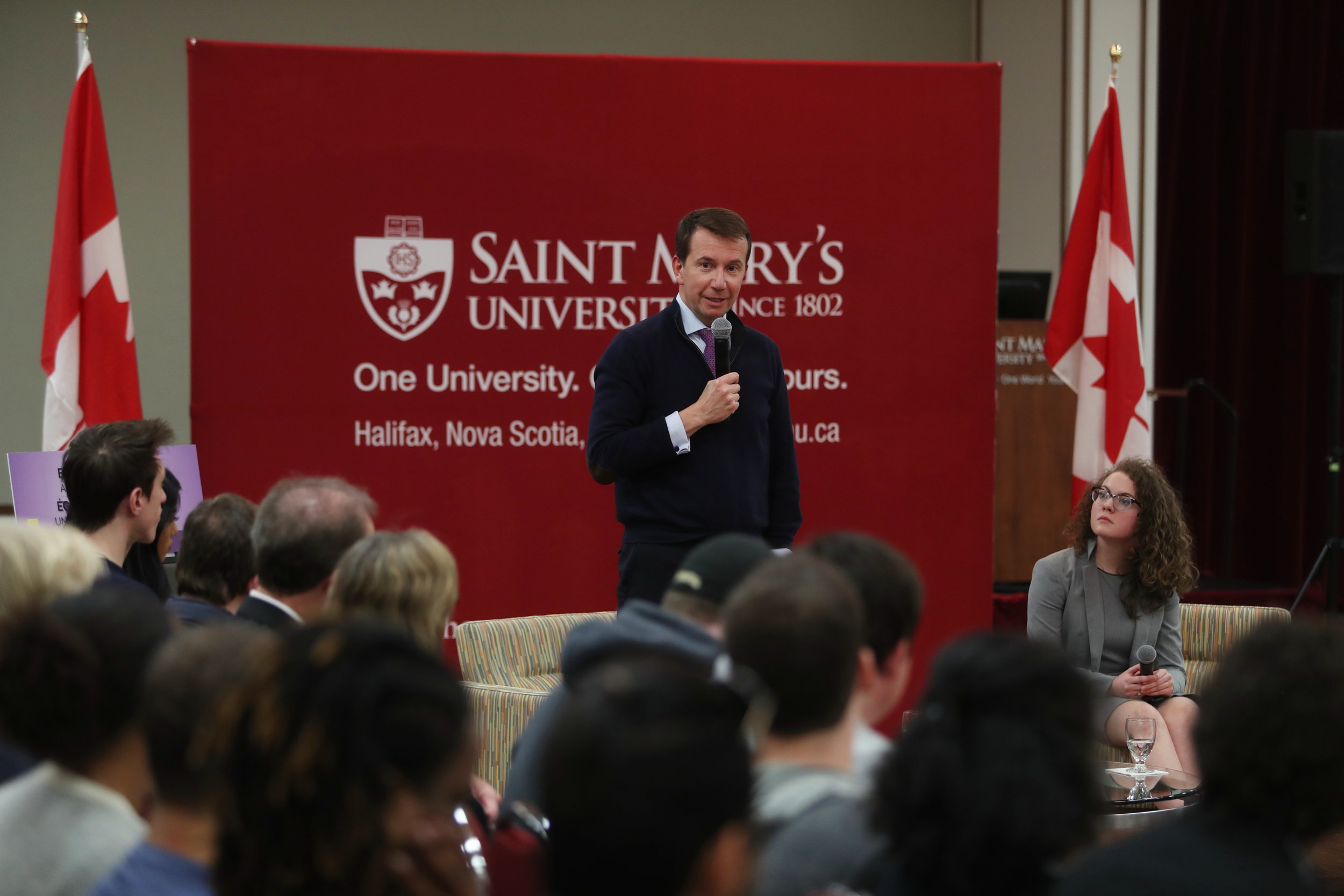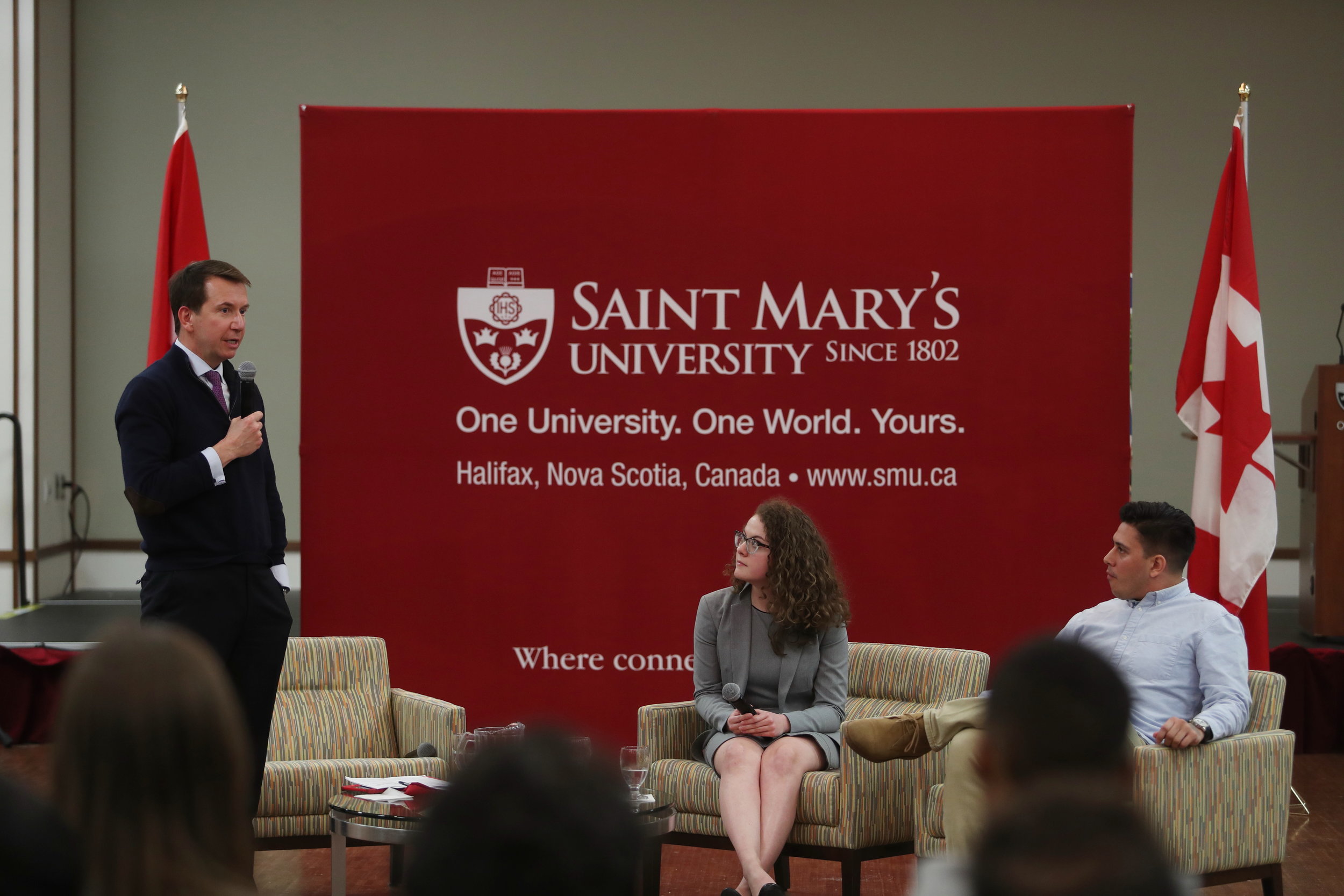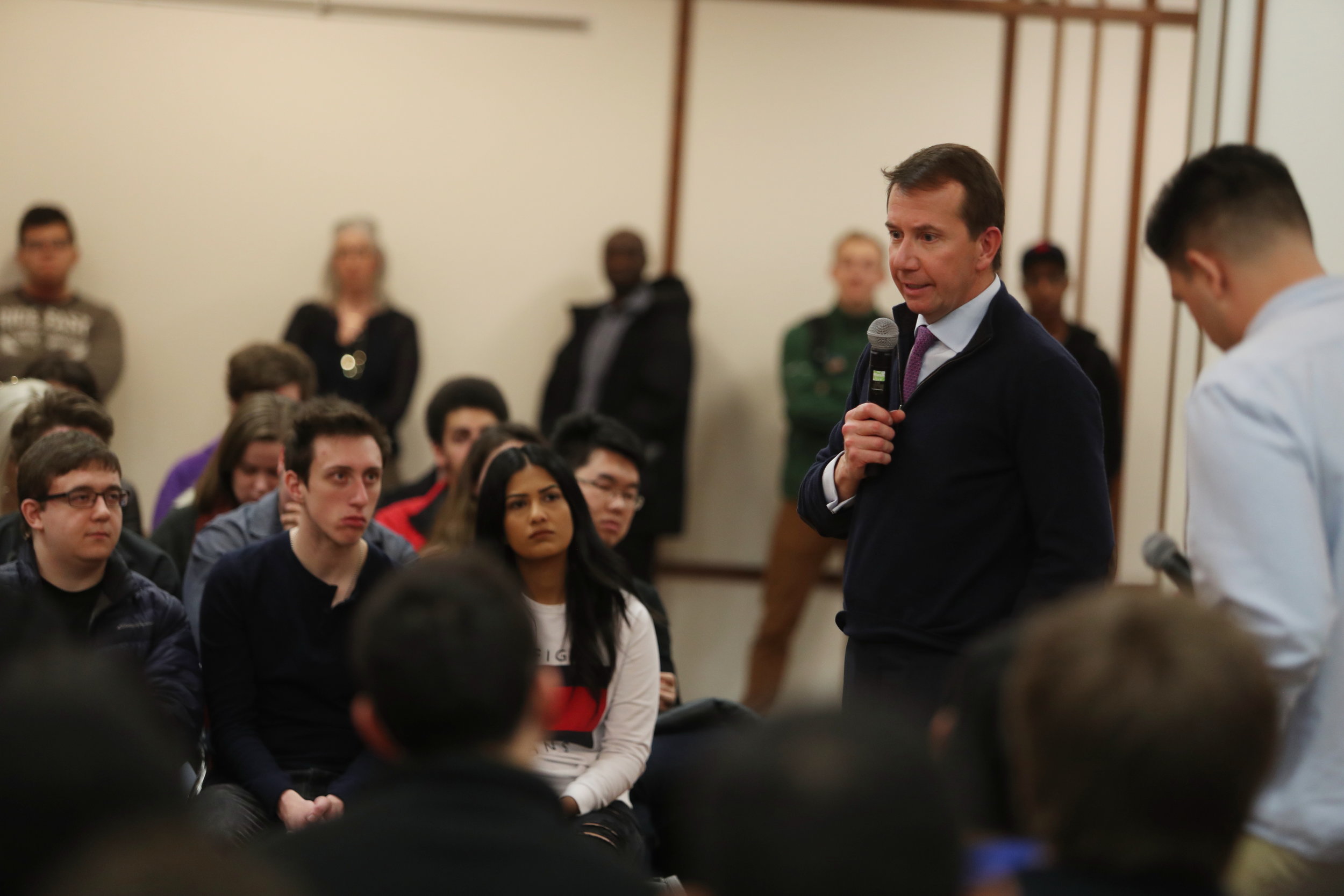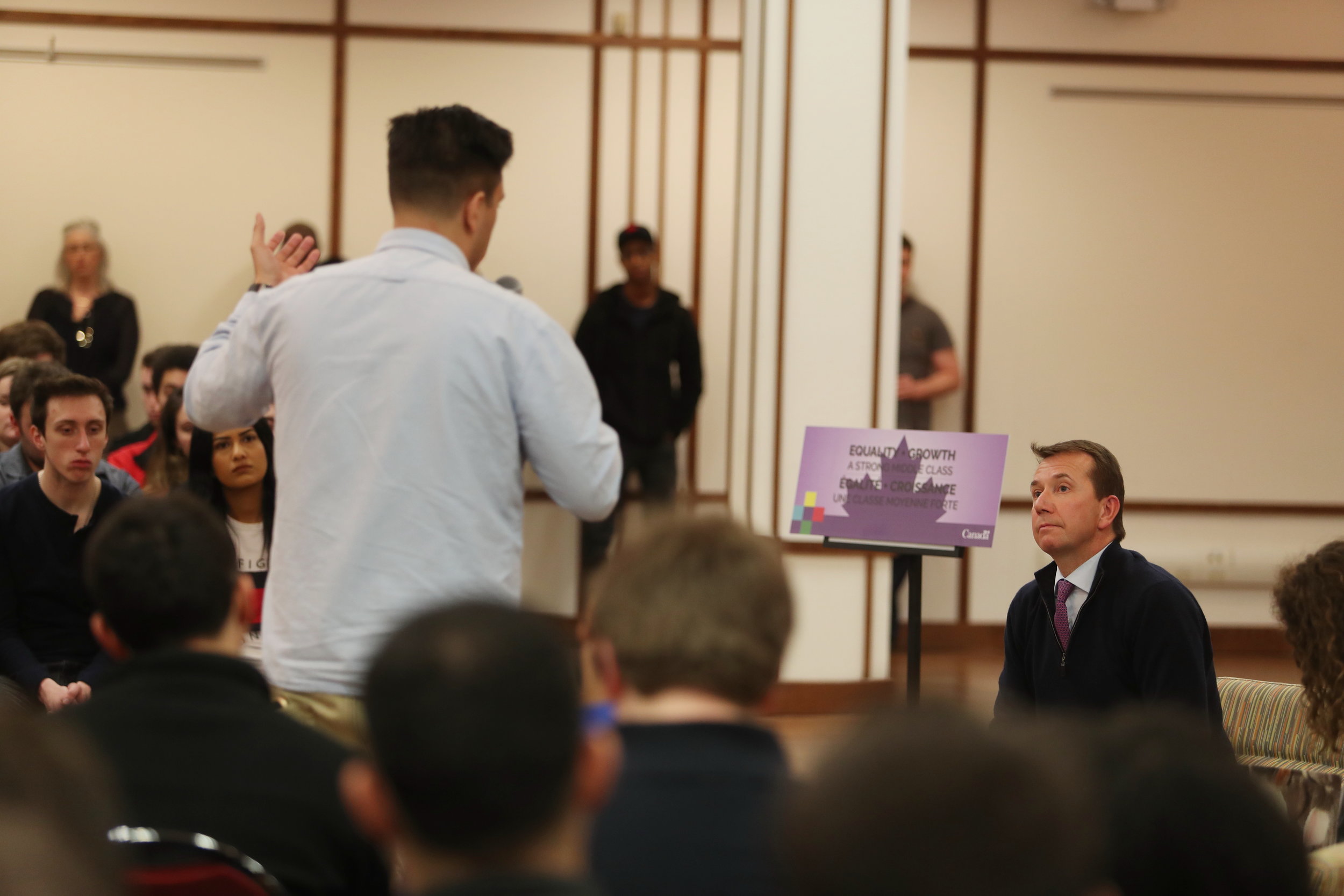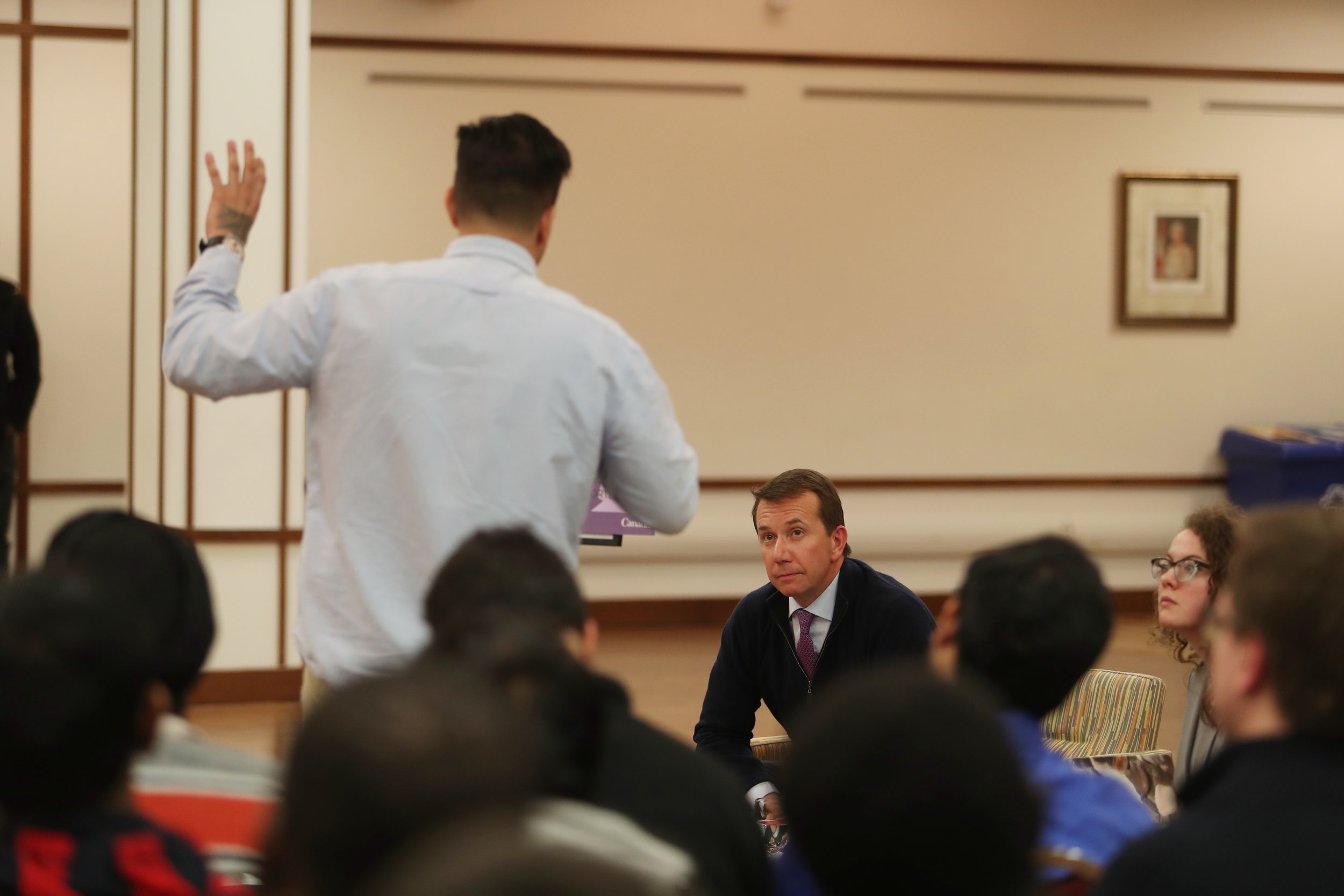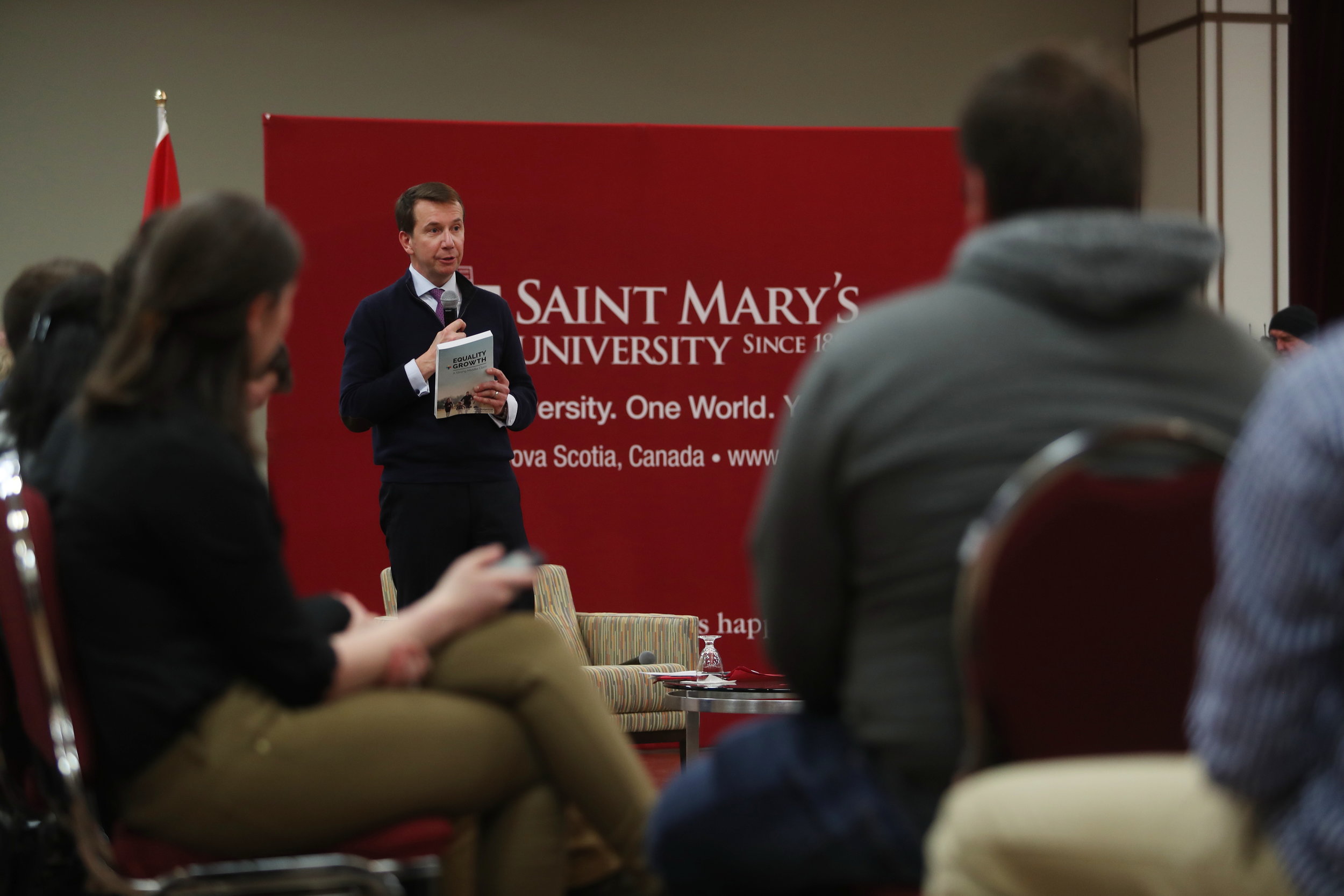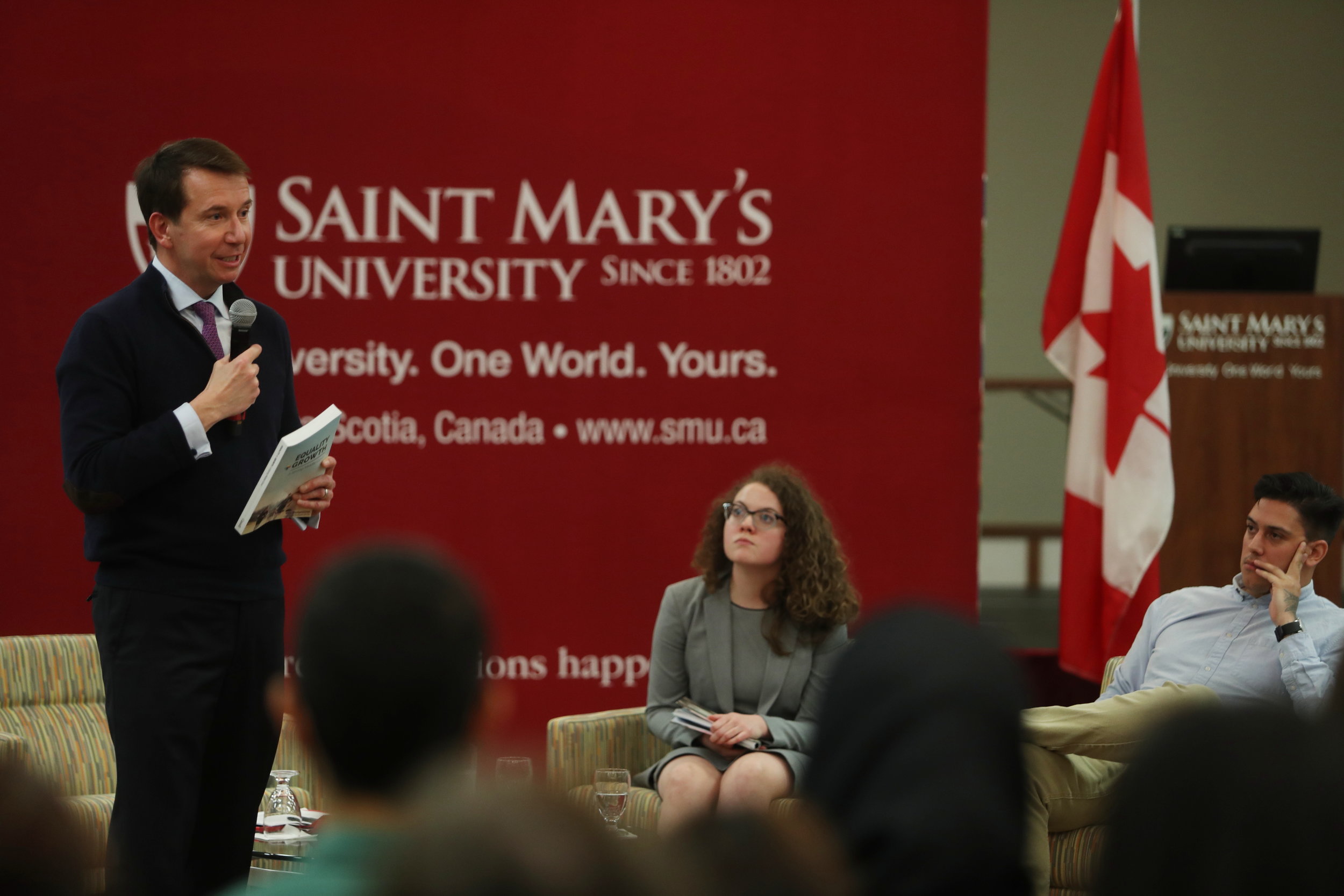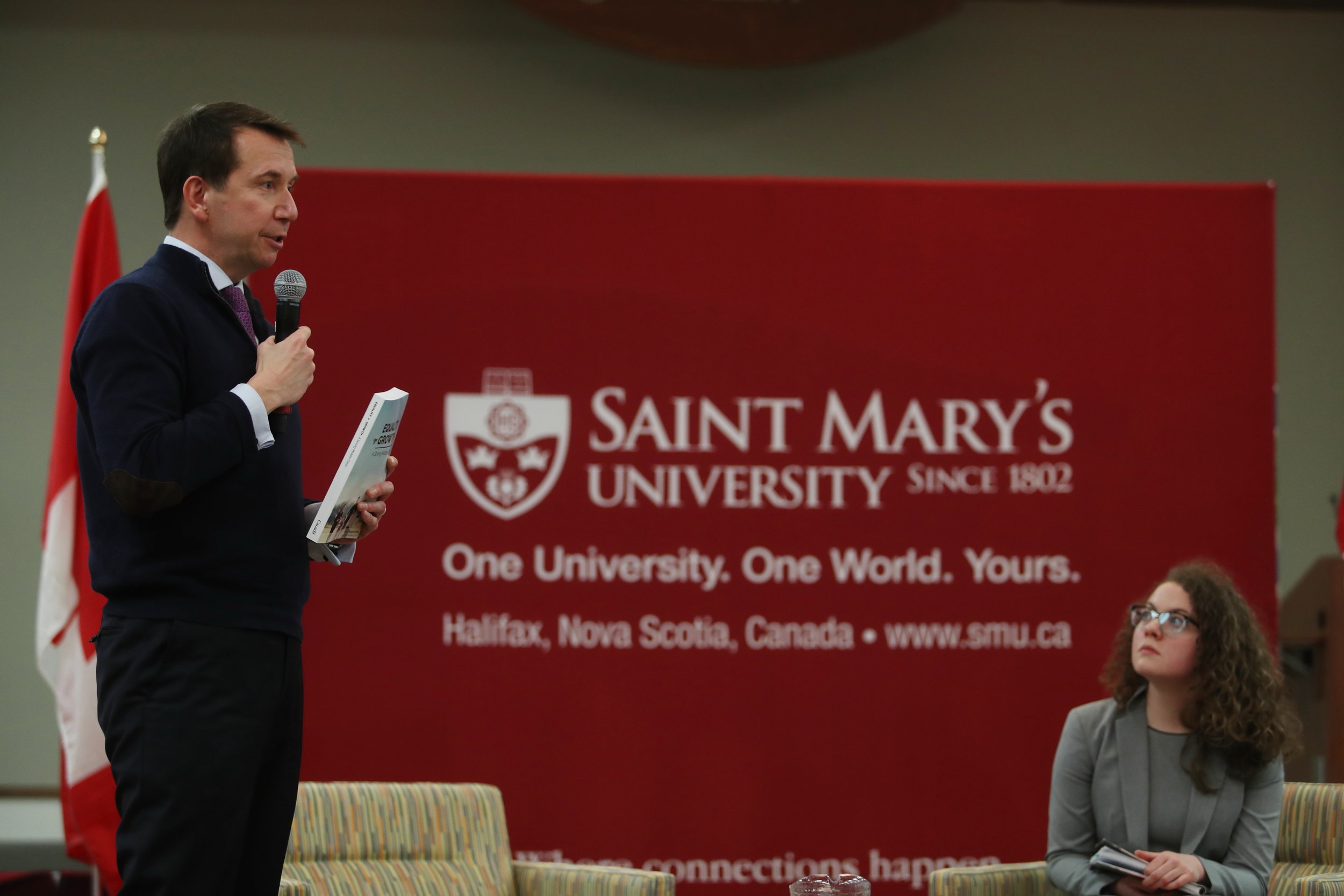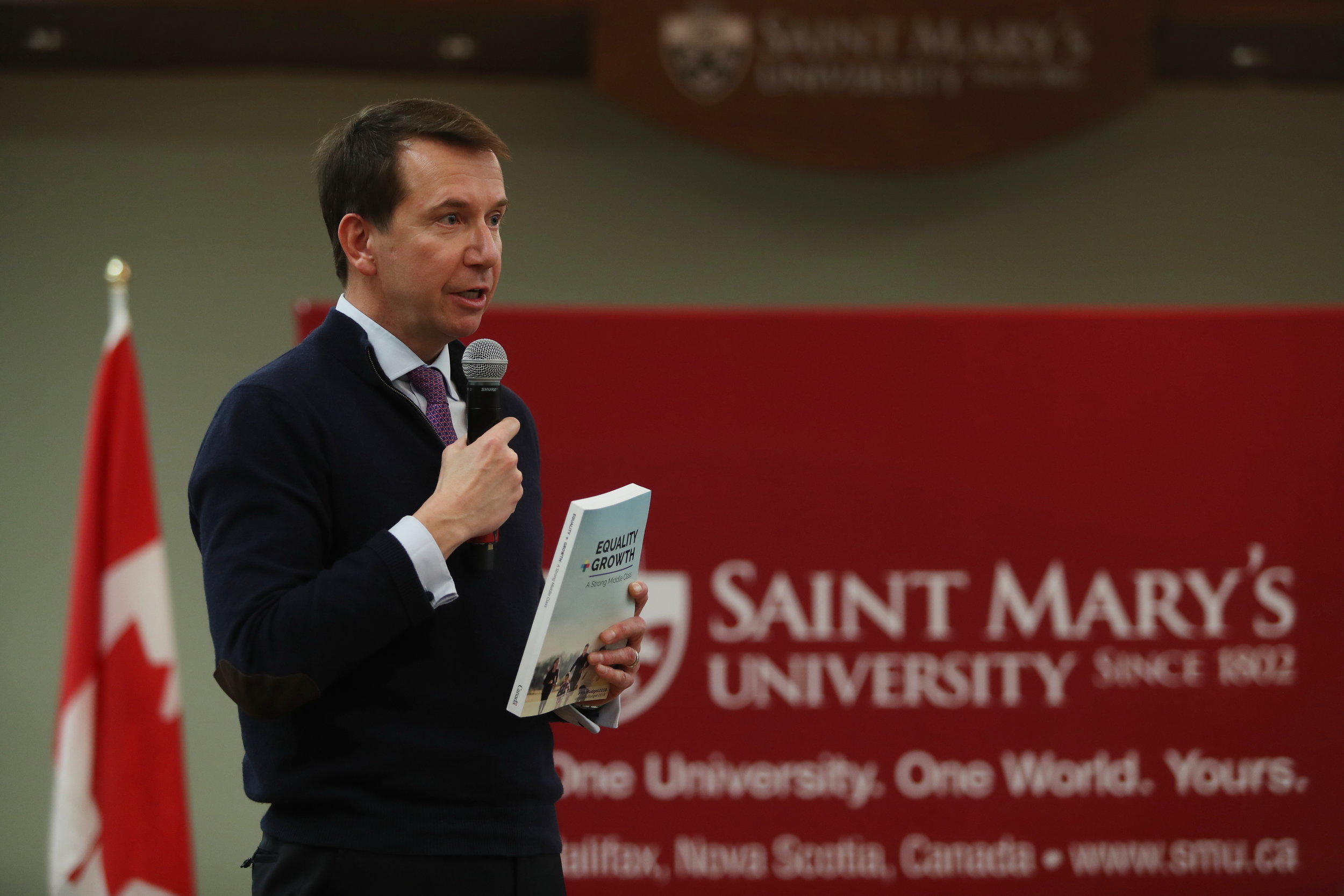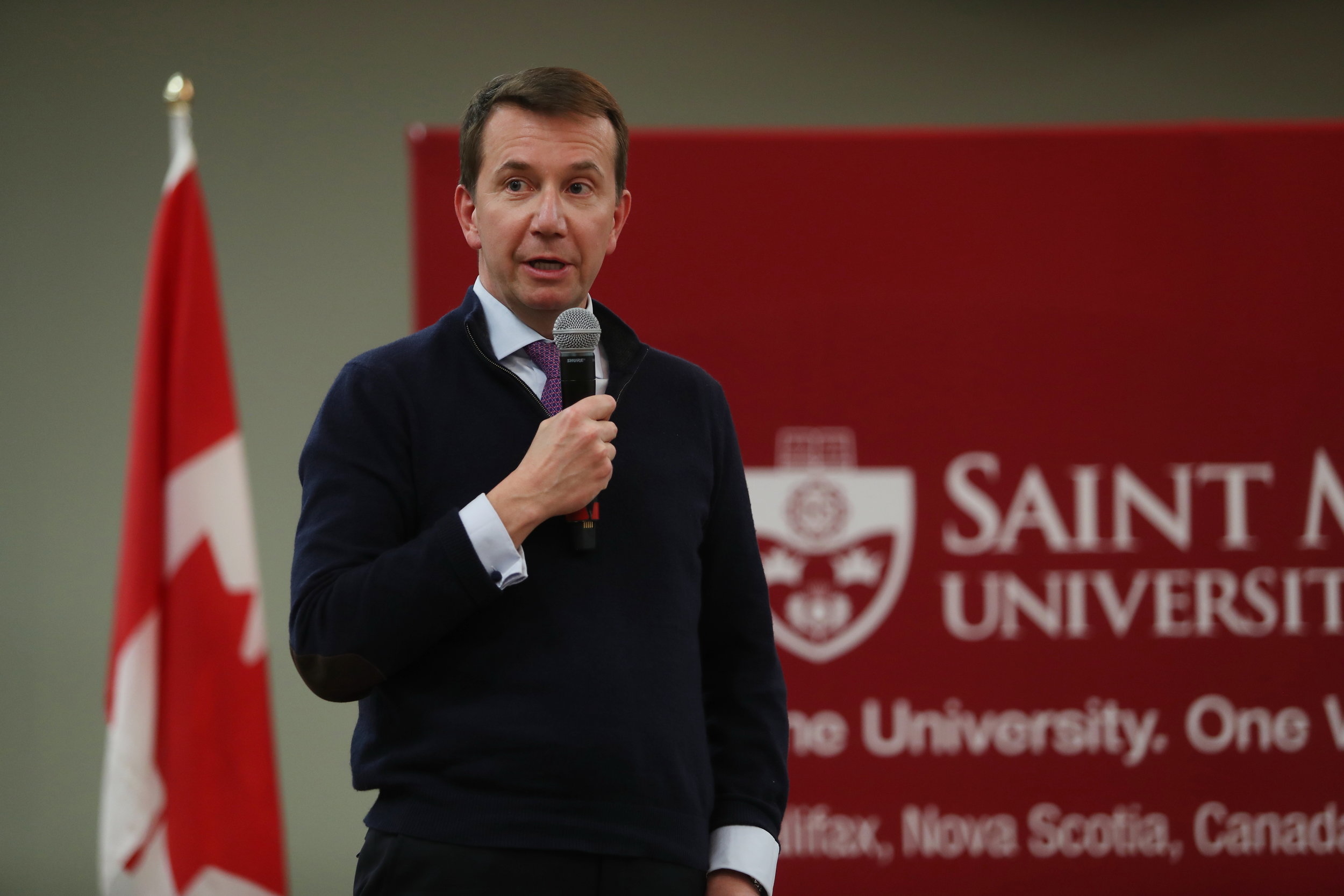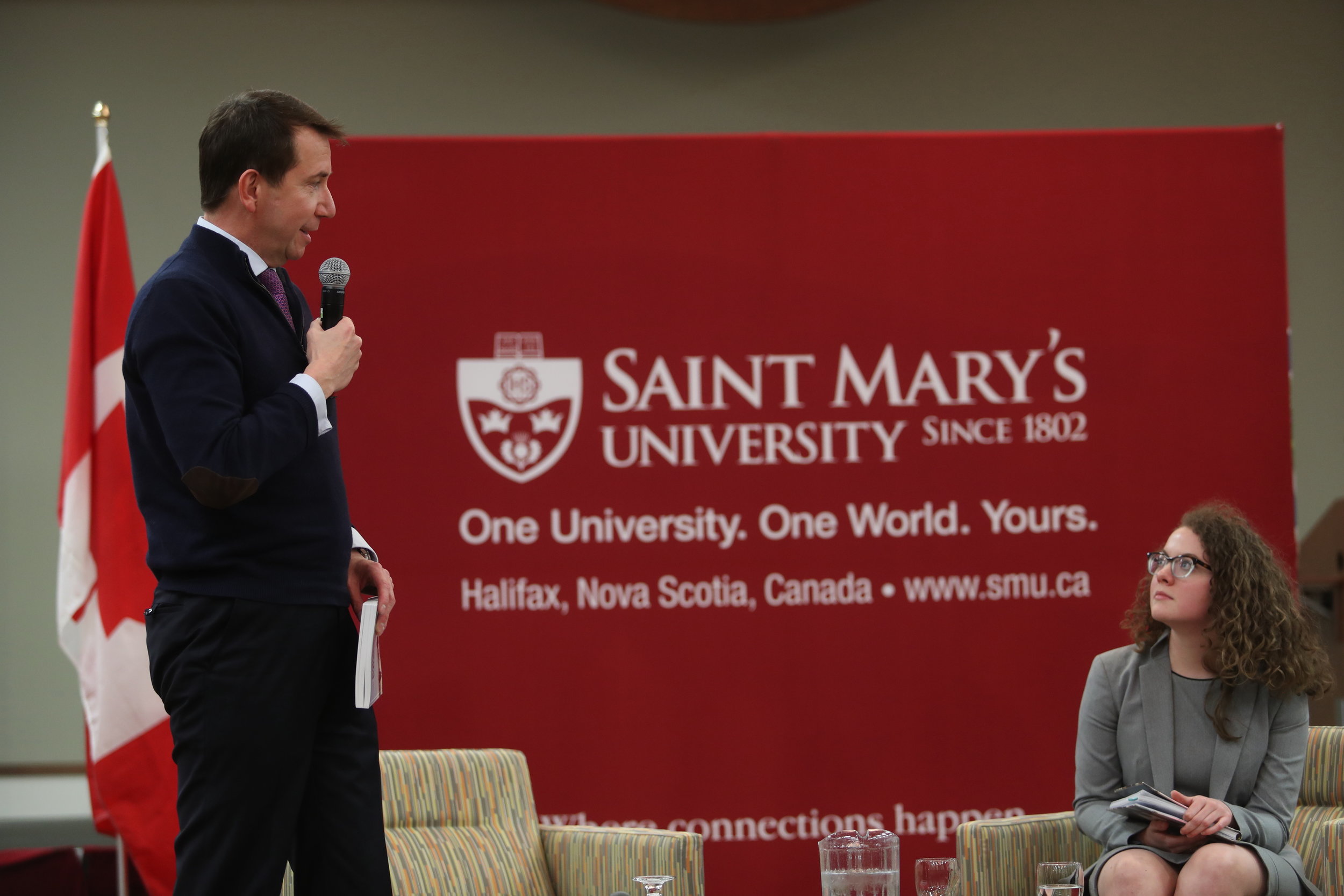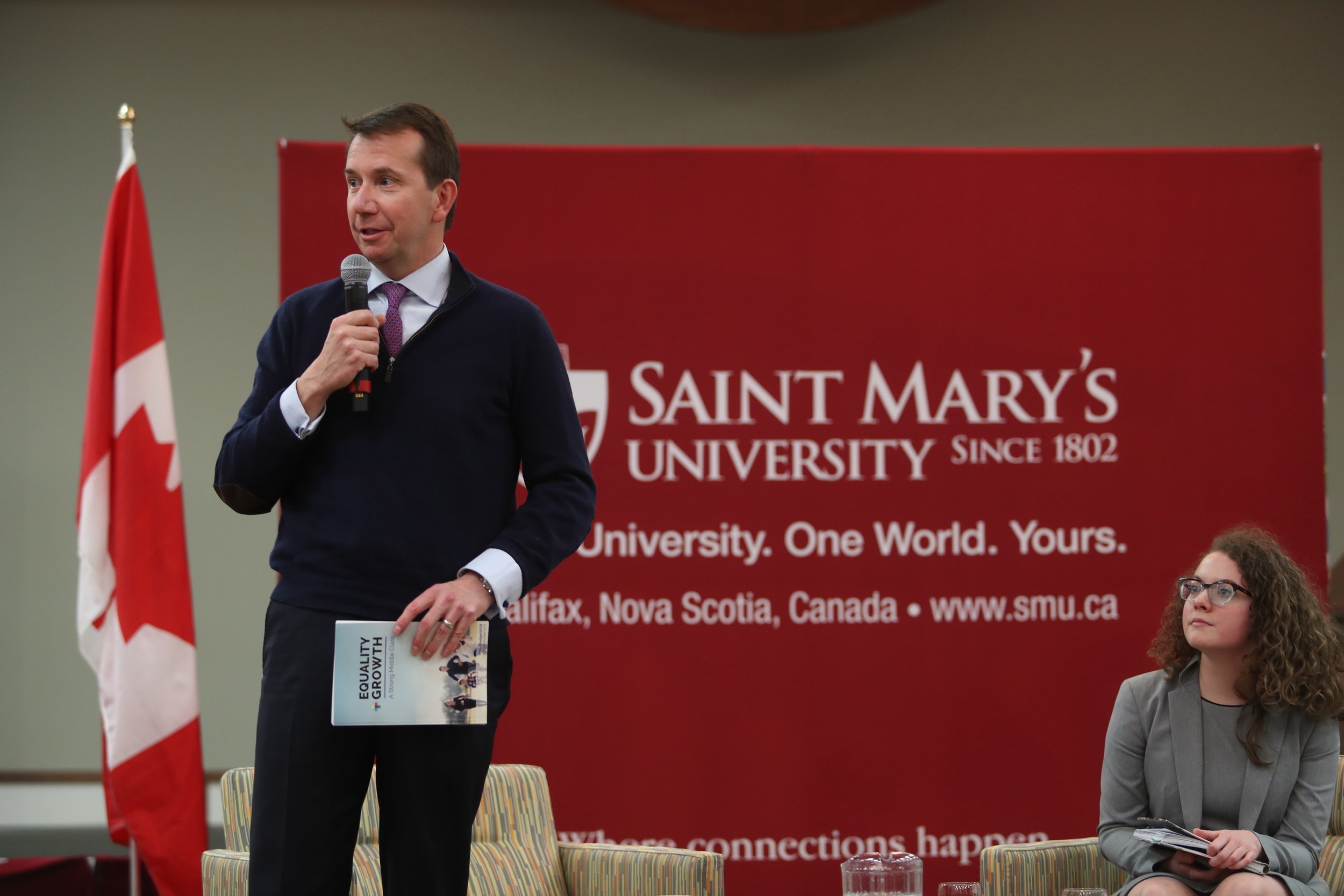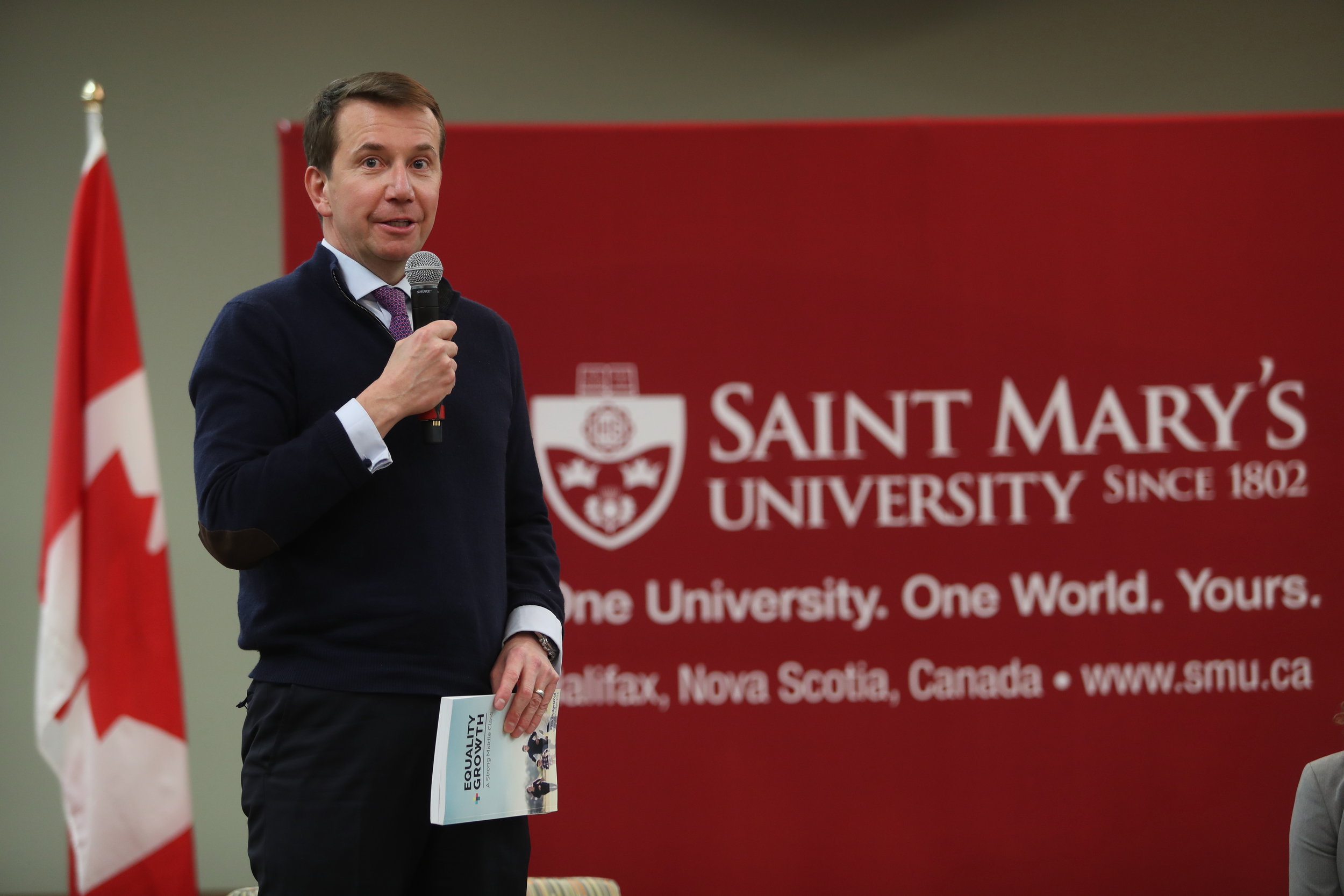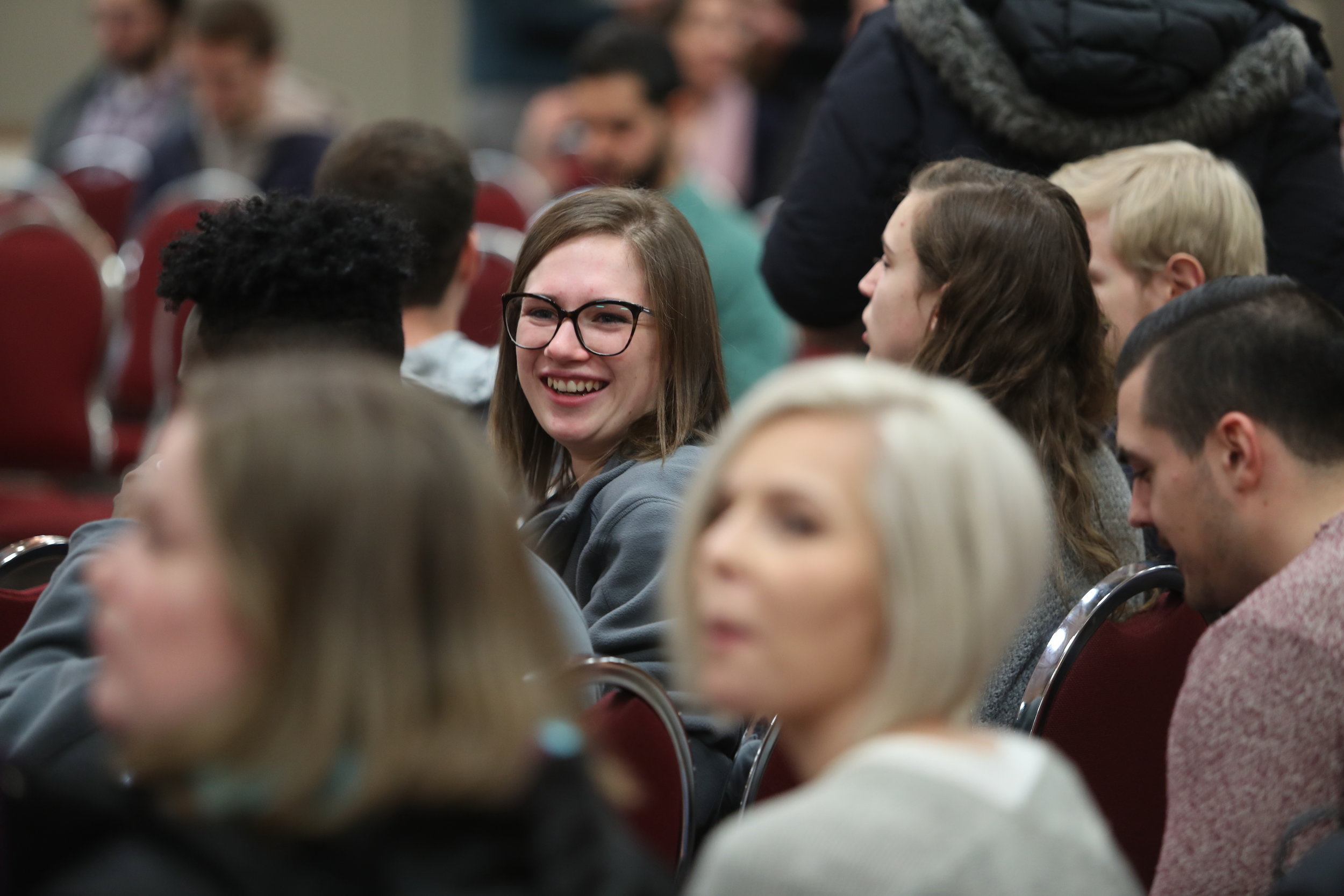M.Sc.-student Shelby Scott, a Forensic Anthropology student at Saint Mary’s University, has been putting her education to use in a meaningful way. She has recently returned to Halifax from Cyprus, where she was working with a group that identifies missing persons for the Committee on Missing Persons (CMP) in Cyprus. The CMP’s objective is to recover, identify and return to families the remains of 2000 people who went missing during conflict in the 1960s and 70s.
Shelby has also done forensic work in Thailand and South Africa and recently presented at the American Association of Physical Anthropologists (AAPA) conference in New Orleans, LA. She is supervised by Dr. Tanya Peckmann, Anthropology professor at Saint Mary’s and an experience forensic anthropologist.
She answered a few questions about her studies and her work in Cyprus.
Q. How did you get involved in this program in Cyprus?
I have always been interested in forensic anthropology in humanitarian contexts, and knew that I would need to investigate international opportunities in order to gain this kind of experience.
I got the two-month student contract after hearing about it from Dr. Claudia Garrido Varas, a member of my supervisory committee and a forensic adviser with the International Committee of the Red Cross (ICRC).
Q. With whom did you work?
The Committee on Missing Persons (CMP) in Cyprus is a bi-communal body established in 1981 by the leaders of the Greek Cypriot and Turkish Cypriot communities with the participation of the United Nations.
The objective of the CMP is to recover, identify, and return to their families the remains of 2000 persons (501 Turkish Cypriots and 1,493 Greek Cypriots) who went missing during the inter-communal fighting of 1963 to 1964 and the events of 1974.
The CMP has three Members, two appointed respectively by the Greek Cypriot and Turkish Cypriot communities and a third Member selected by the International Committee of the Red Cross and appointed by the United Nations Secretary-General.
The CMP also employs a bi-communal forensic team of more than 60 Greek and Turkish Cypriot archeologists, anthropologists, geneticists, and psychologists. I worked with a team of Greek and Turkish Cypriot forensic anthropologists at the CMP Anthropological Laboratory.
What did you learn in this role, and was there anything you didn’t expect?
As a qualified graduate student, I have had the unique experience of working alongside CMP forensic anthropologists to clean, photograph, and analyze exhumed skeletal remains.
I was responsible for associating individual or fragmented bones with larger skeletal elements, and generating biological profiles to estimate the age, sex, and stature of the skeletal remains, as well as identifying particular pathologies, traumas, or dental characteristics. I also examined all clothing and personal effects found among the remains.
Many of the remains analyzed by the CMP are commingled and often severely fragmented, which makes skeletal reconstruction and identification difficult. As a result of these circumstances and the experience I have therefore gained, I have greatly enhanced my forensic anthropological skills, especially with regard to commingled and fragmented skeletal remains.
Another skill that I improved upon through this position is the analysis of juvenile skeletal remains (i.e. the remains of children). There are many Cypriot children that went missing as a result of the inter-communal fighting of 1963 to 1964 and the events of 1974; I was shocked by the number of juvenile remains that have been exhumed. Regardless of how long you have worked in this field, or how much experience you have as a forensic anthropologist, identifying the remains of juvenile victims of war will always be shocking and emotionally difficult.
That sounds like it was very meaningful work. Did you meet any of the families of victims?
Once the CMP formally identifies the remains of a missing person, the families concerned are informed without delay by the respective Cypriot Member of the Committee. Families notified of the identification of their missing relative(s) are offered the possibility to meet with scientists involved in the identification process and to view the remains in a facility located next to the CMP Anthropological Laboratory.
While I was completing my contract in Cyprus, I did not have the opportunity to meet with the families of victims or participate in the return of remains. I likely would not have been able to do so had the opportunity arisen, as I do not speak Turkish or Greek.
However, in past positions I have been involved in through my degree at Saint Mary's University (the Nova Scotia Medical Examiner Service, for example), I have had the opportunity to meet the families of deceased individuals, and I find that it is always tragic yet rewarding. The raw grief of families and the confirmation that their loved ones are gone is overwhelmingly sad. But by identifying the remains of a family’s loved one they are able to arrange for a proper burial and end a long period of anguish and gain closure. I always try to think of that as a positive.
What are your plans for the future?
Having just completed my position with the CMP, I aim to finish my Masters thesis, tie up my various other research initiatives, and graduate with a Master of Science in Applied Science degree from Saint Mary's University. I aim to begin my PhD (Forensic Anthropology) in September 2018. Ideally, I will remain within the realm of academia throughout my career, while also engaging in consultation work internationally and within Canada.




